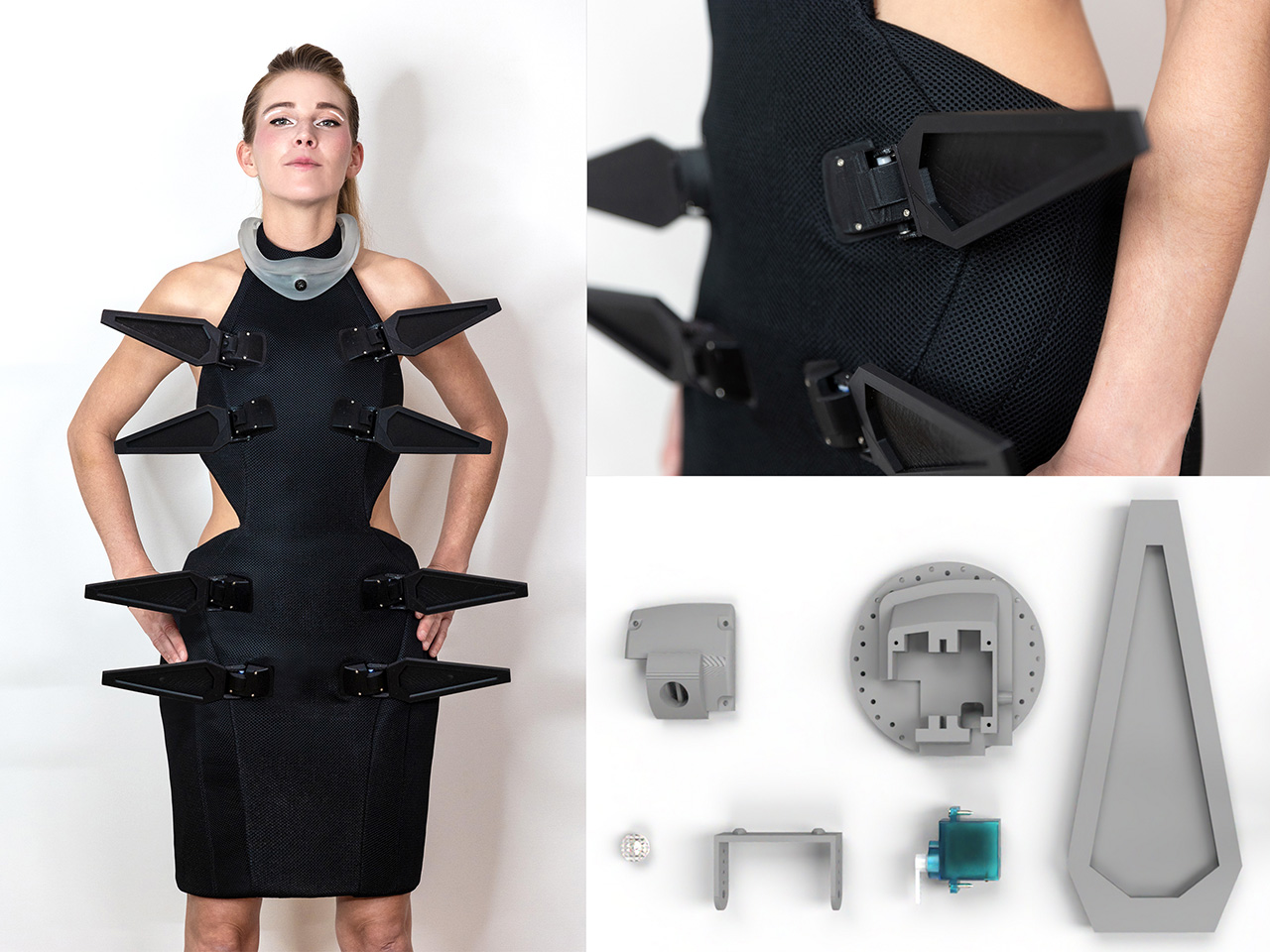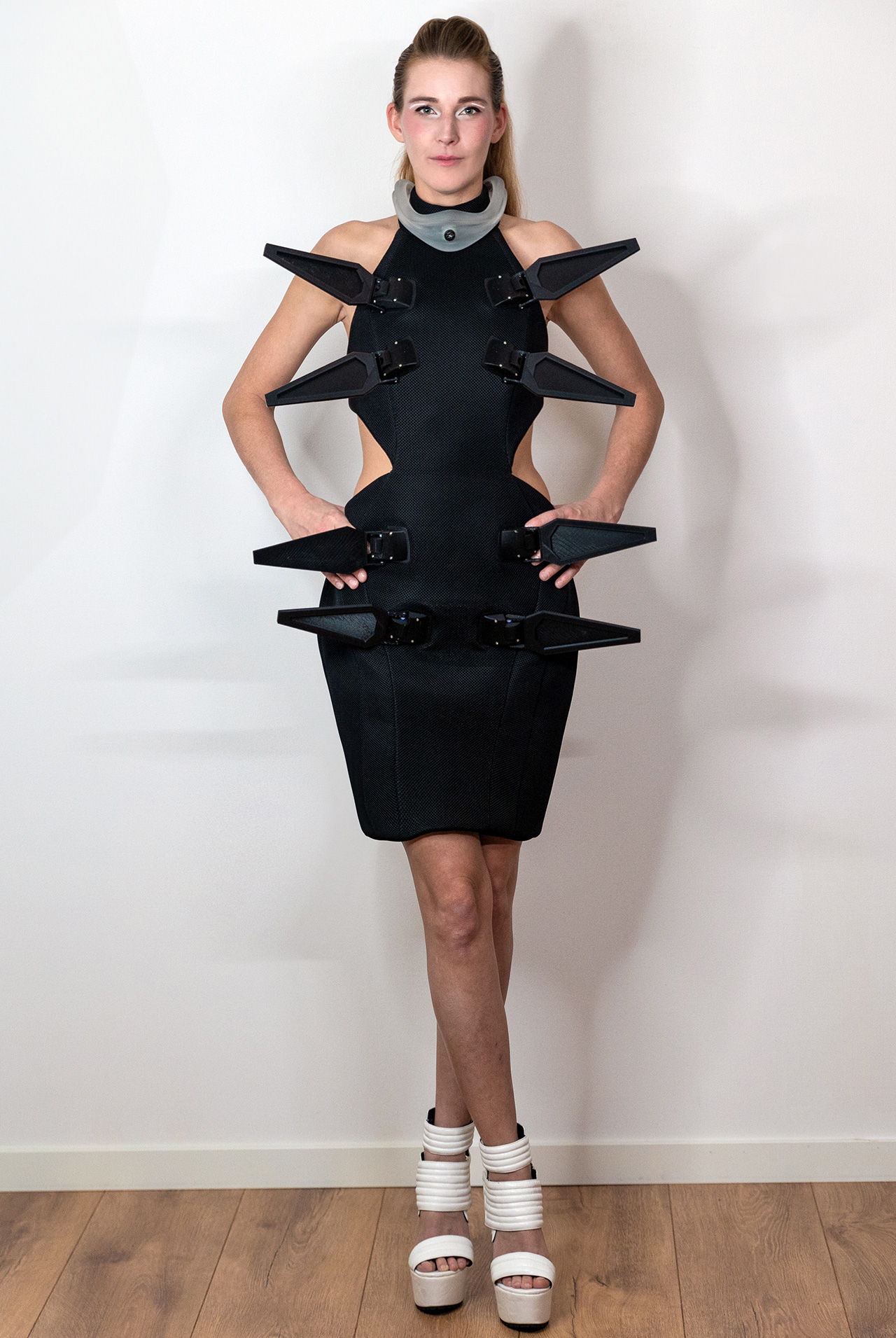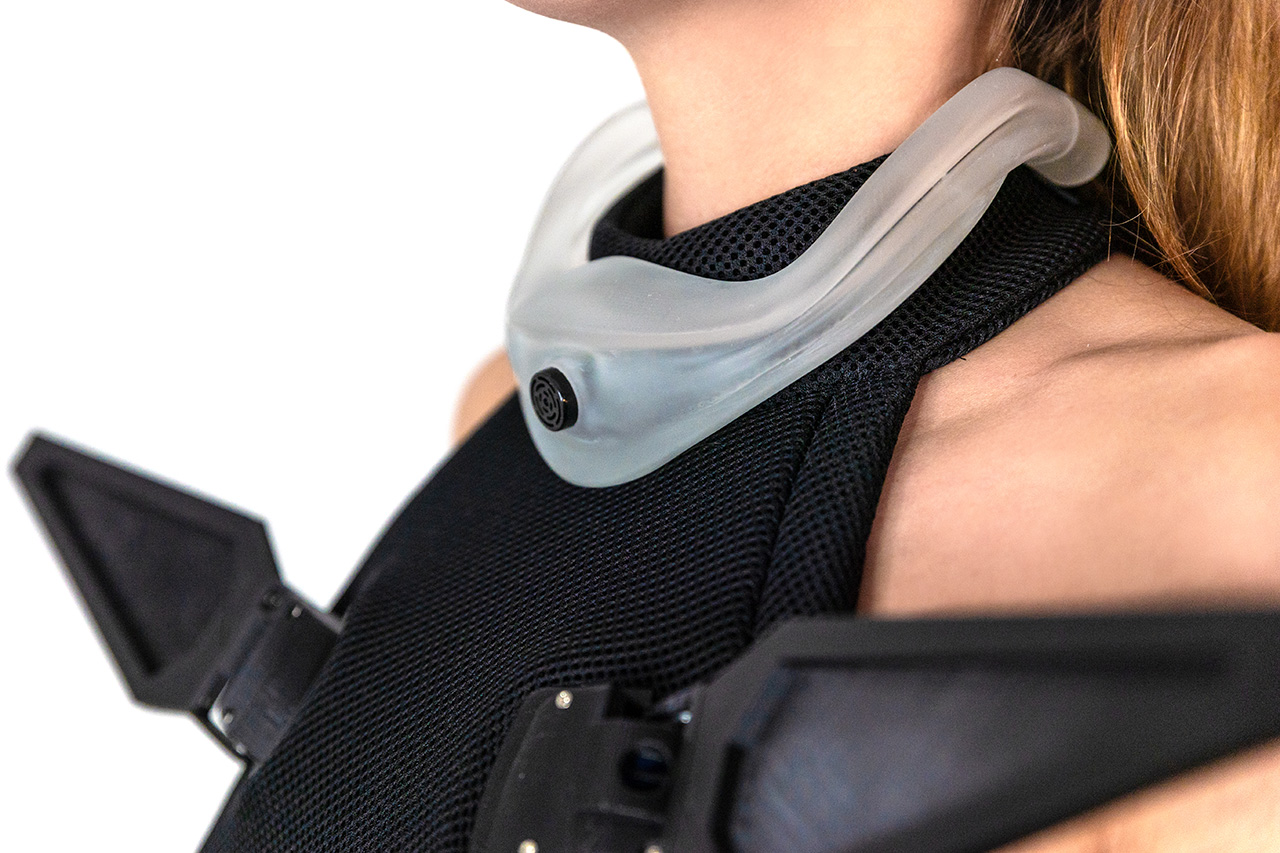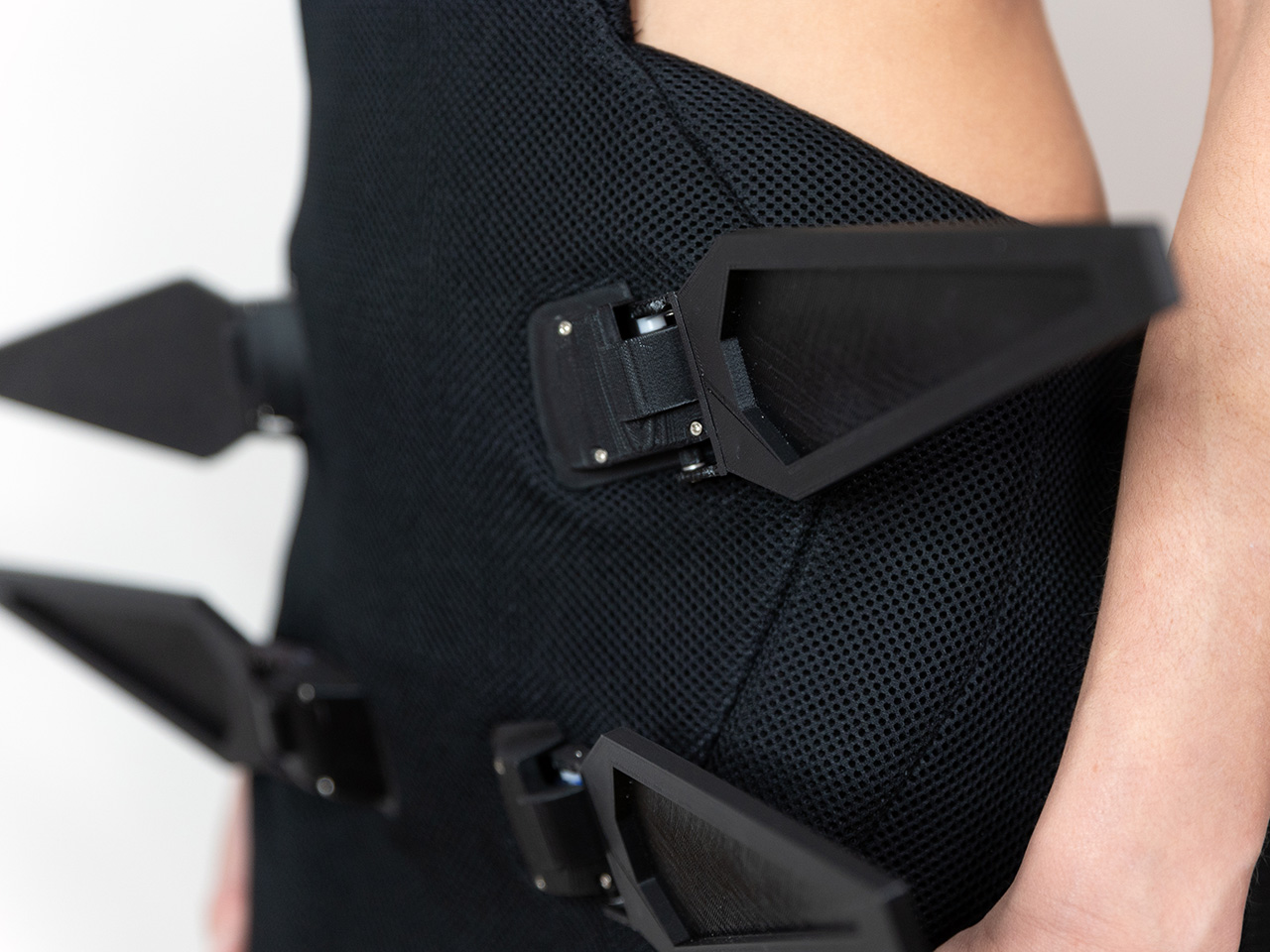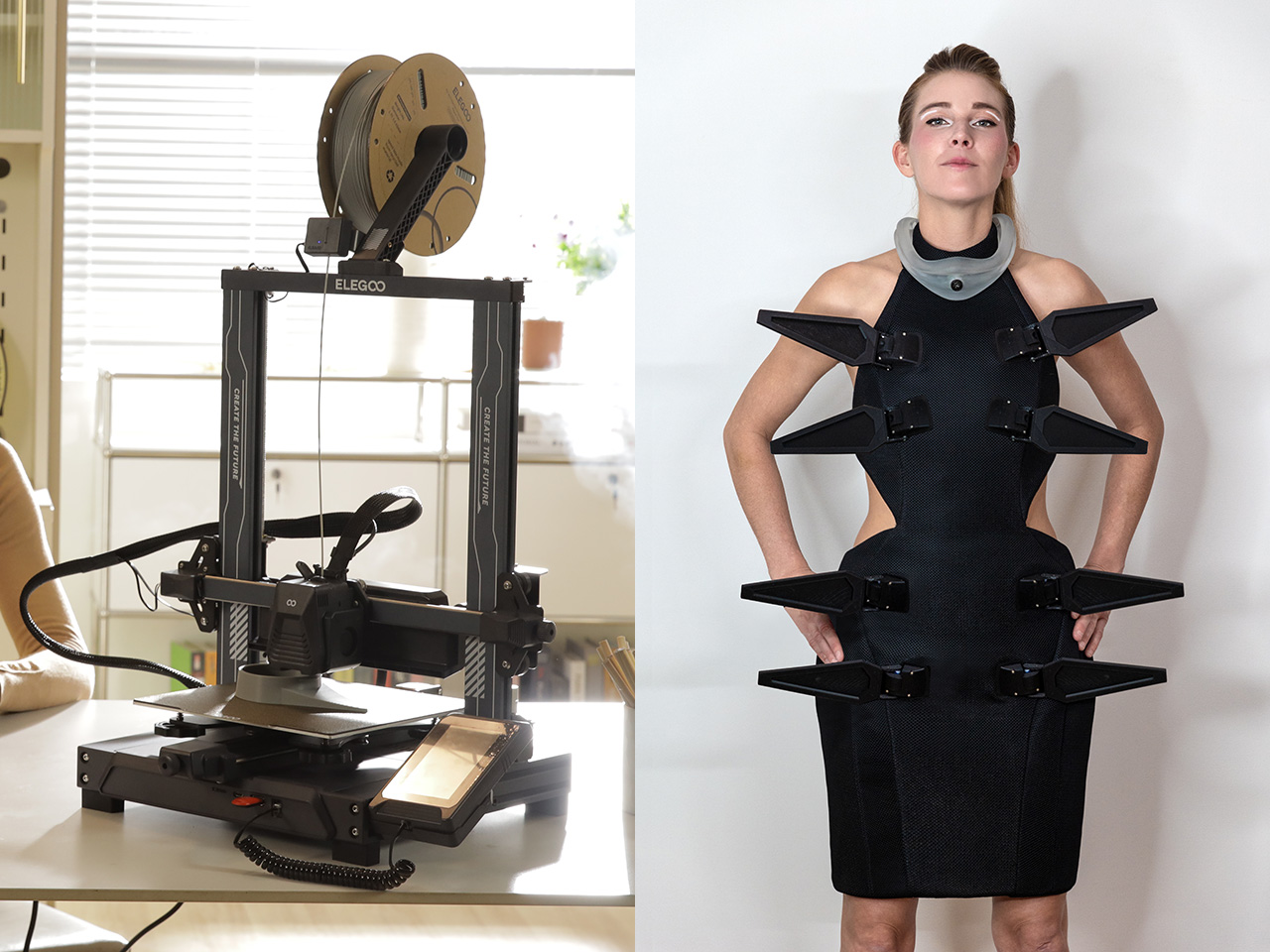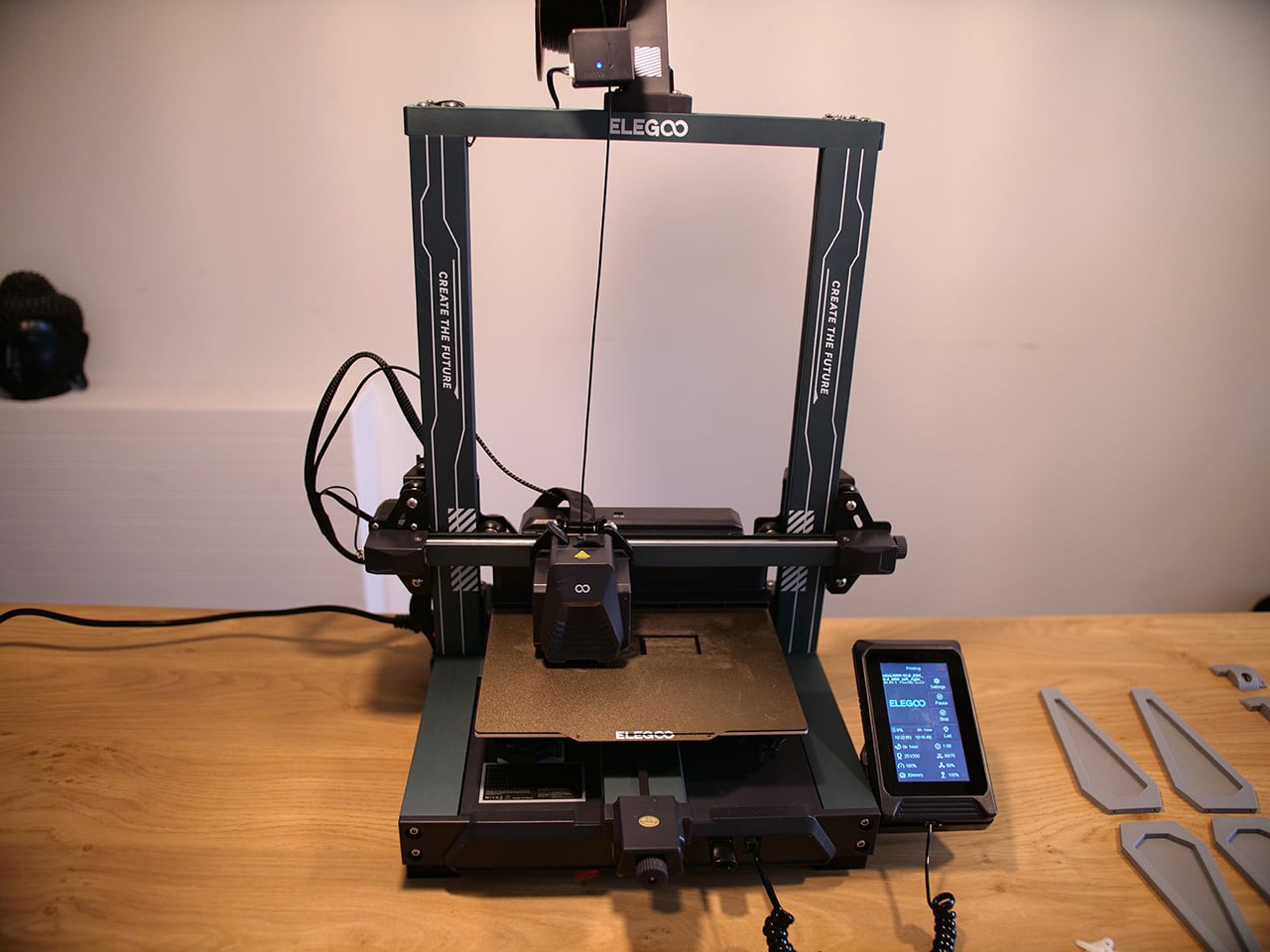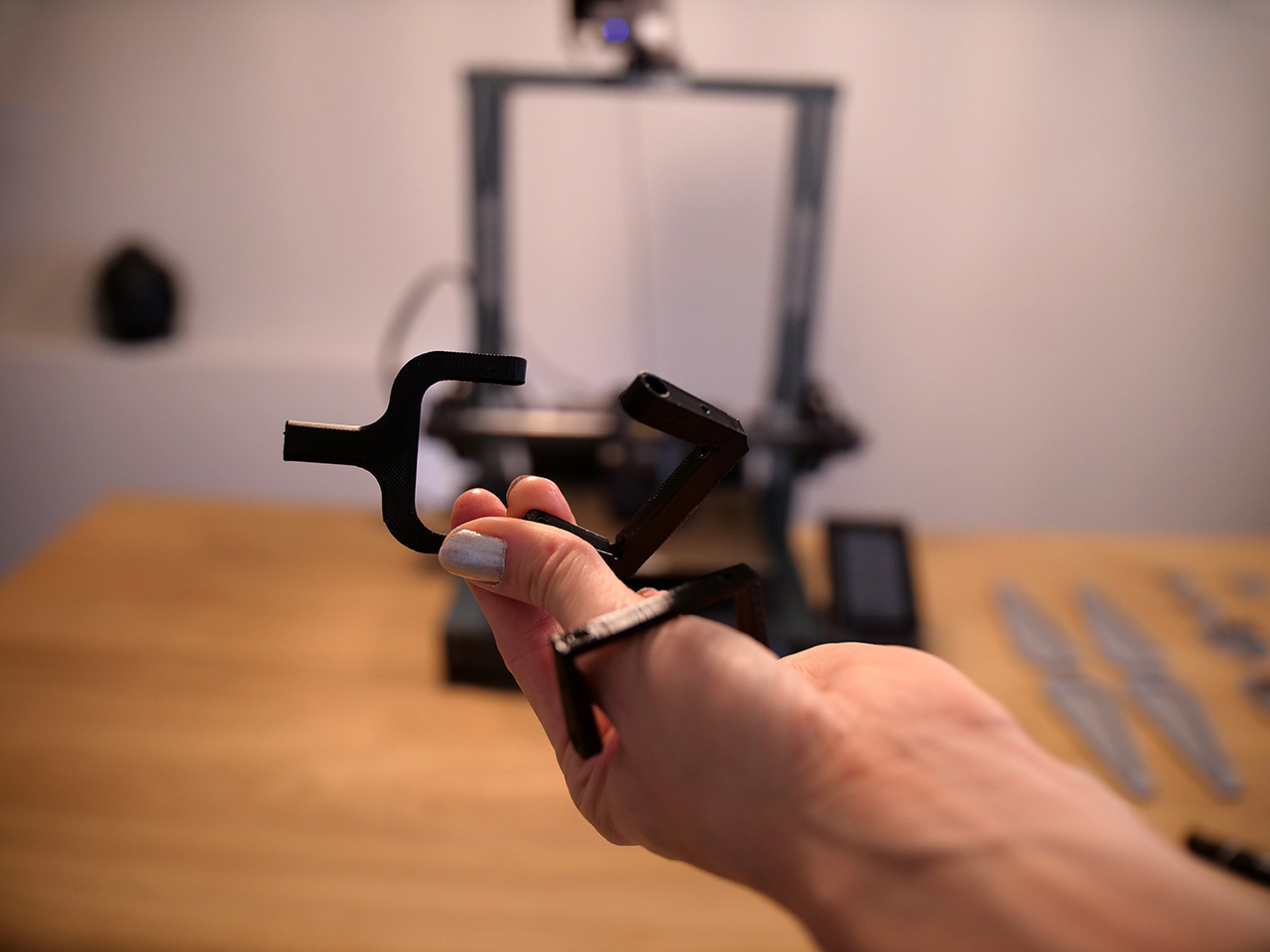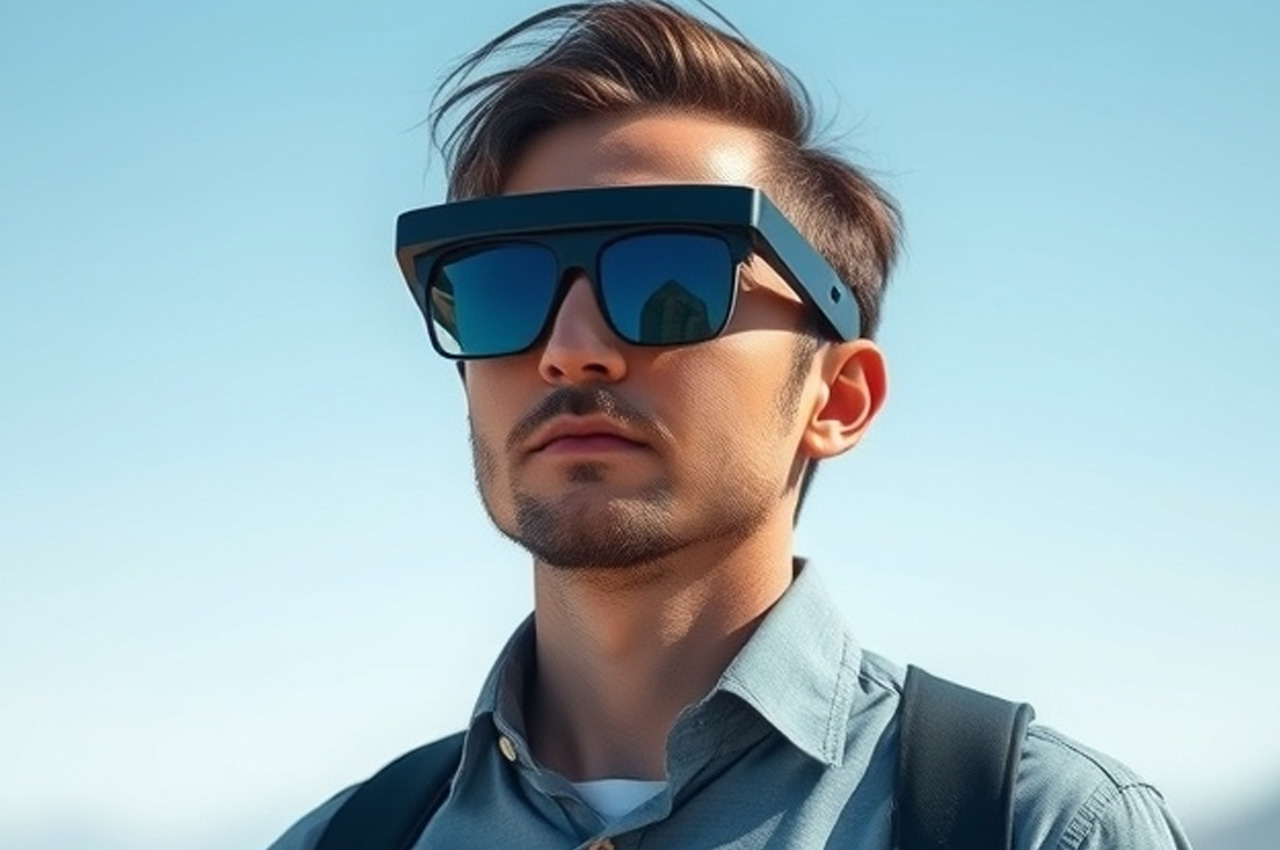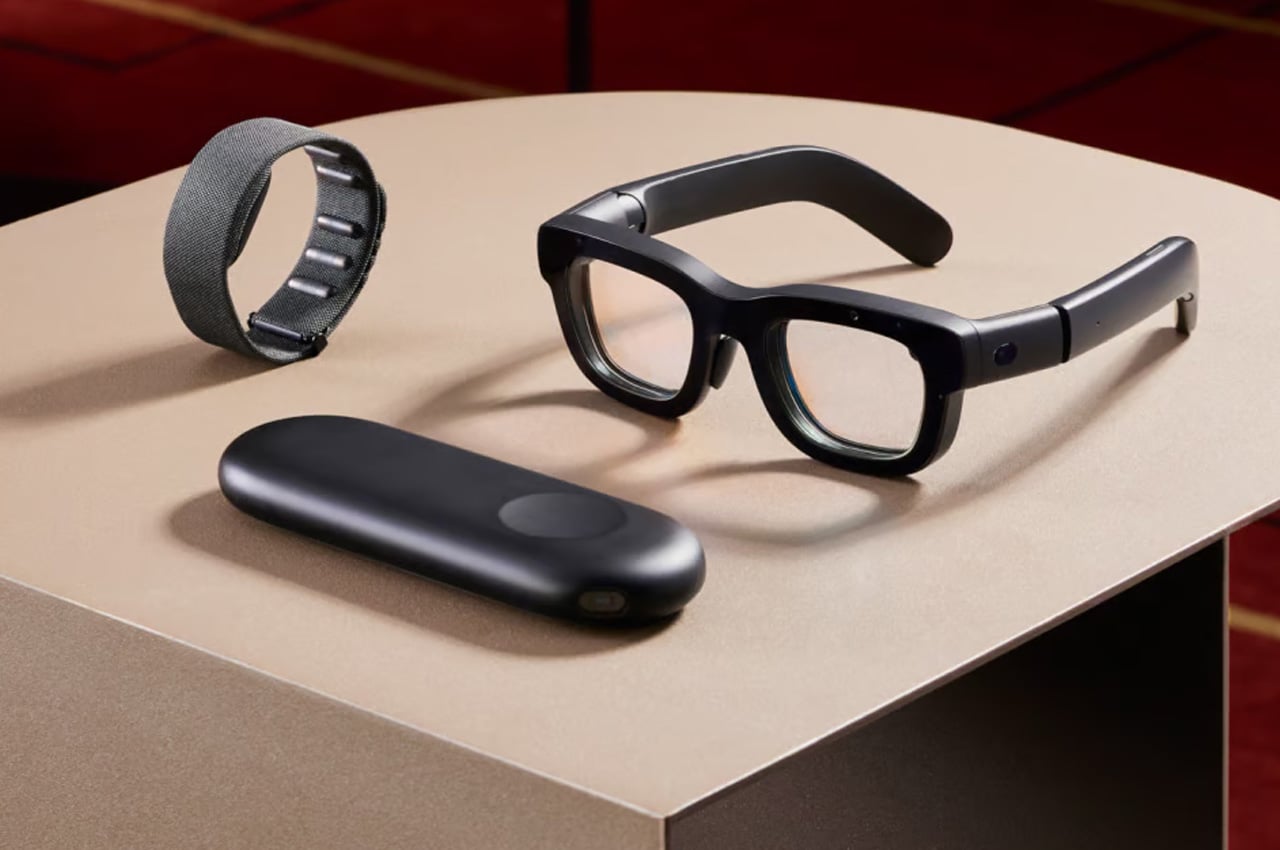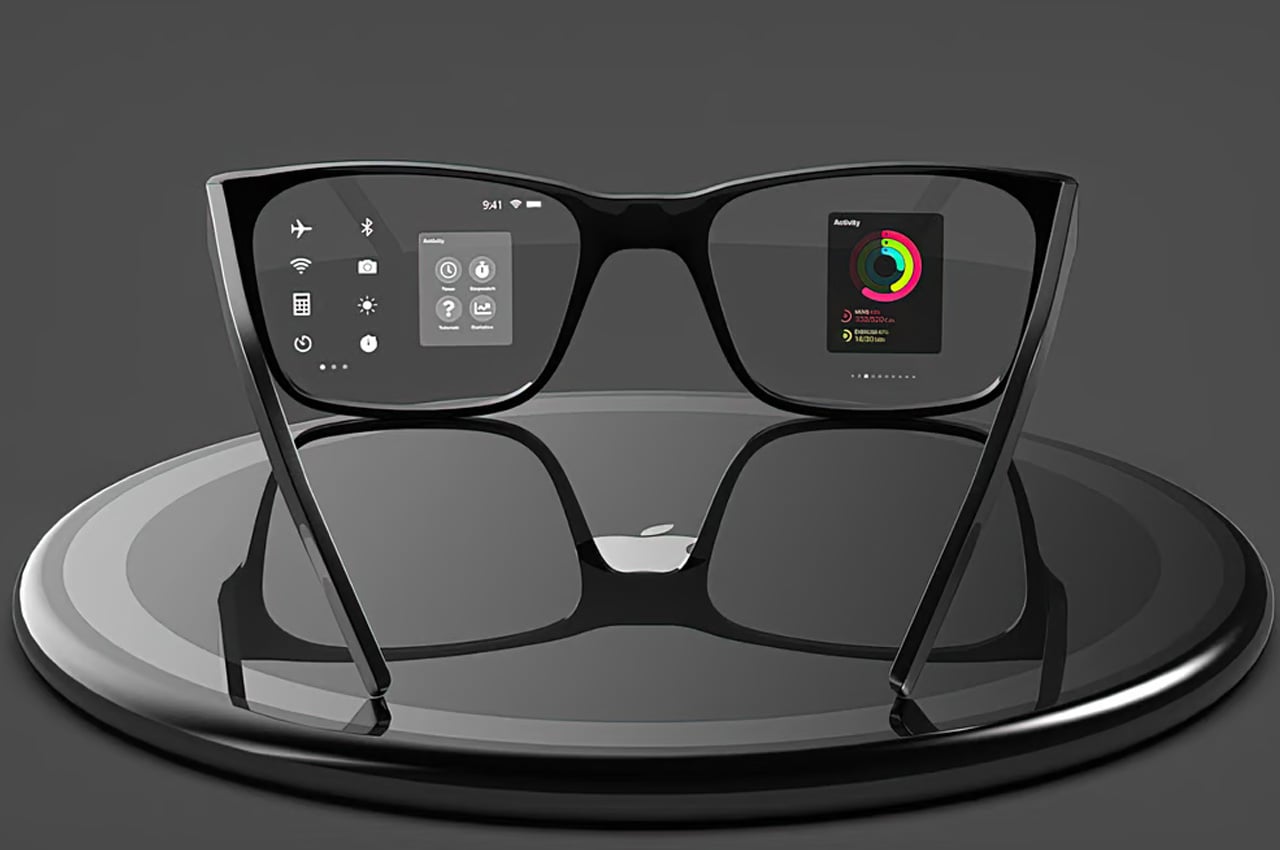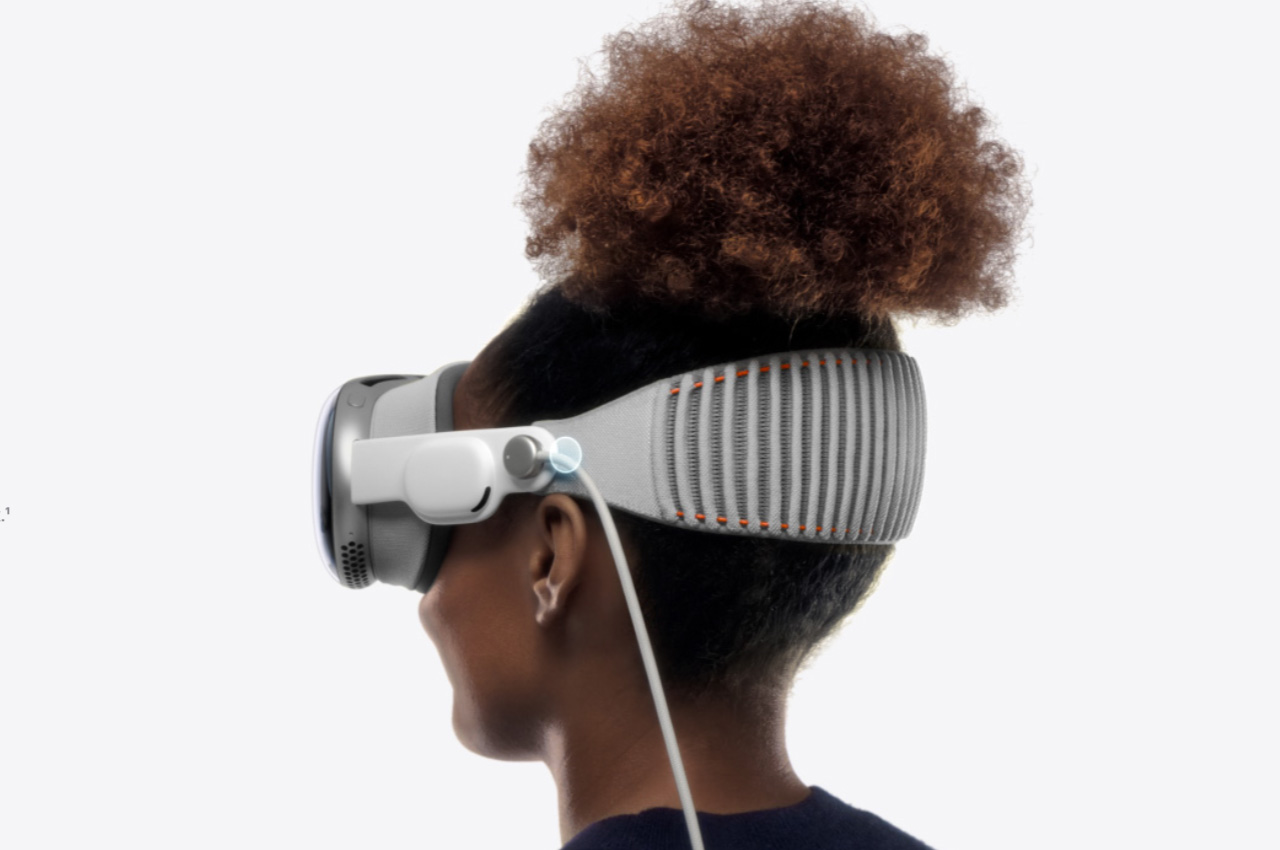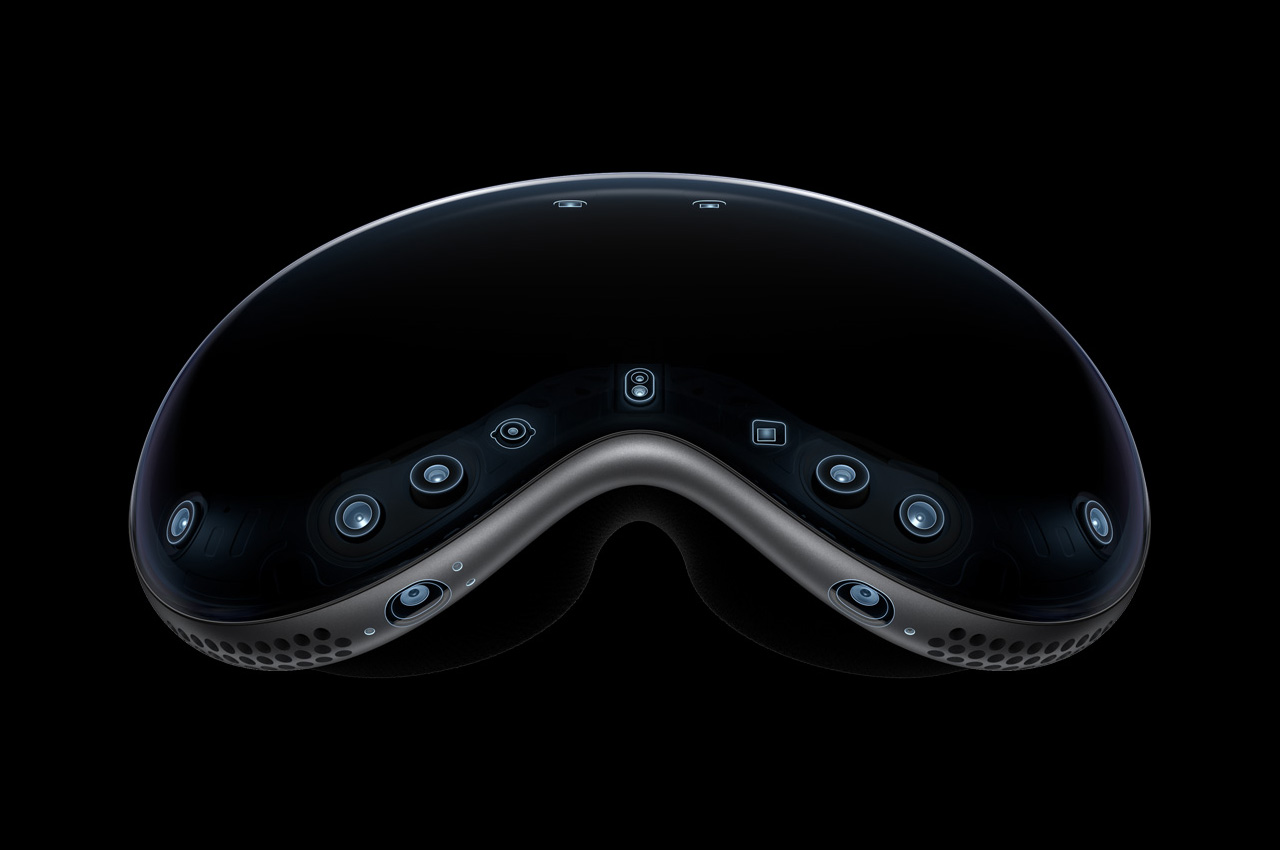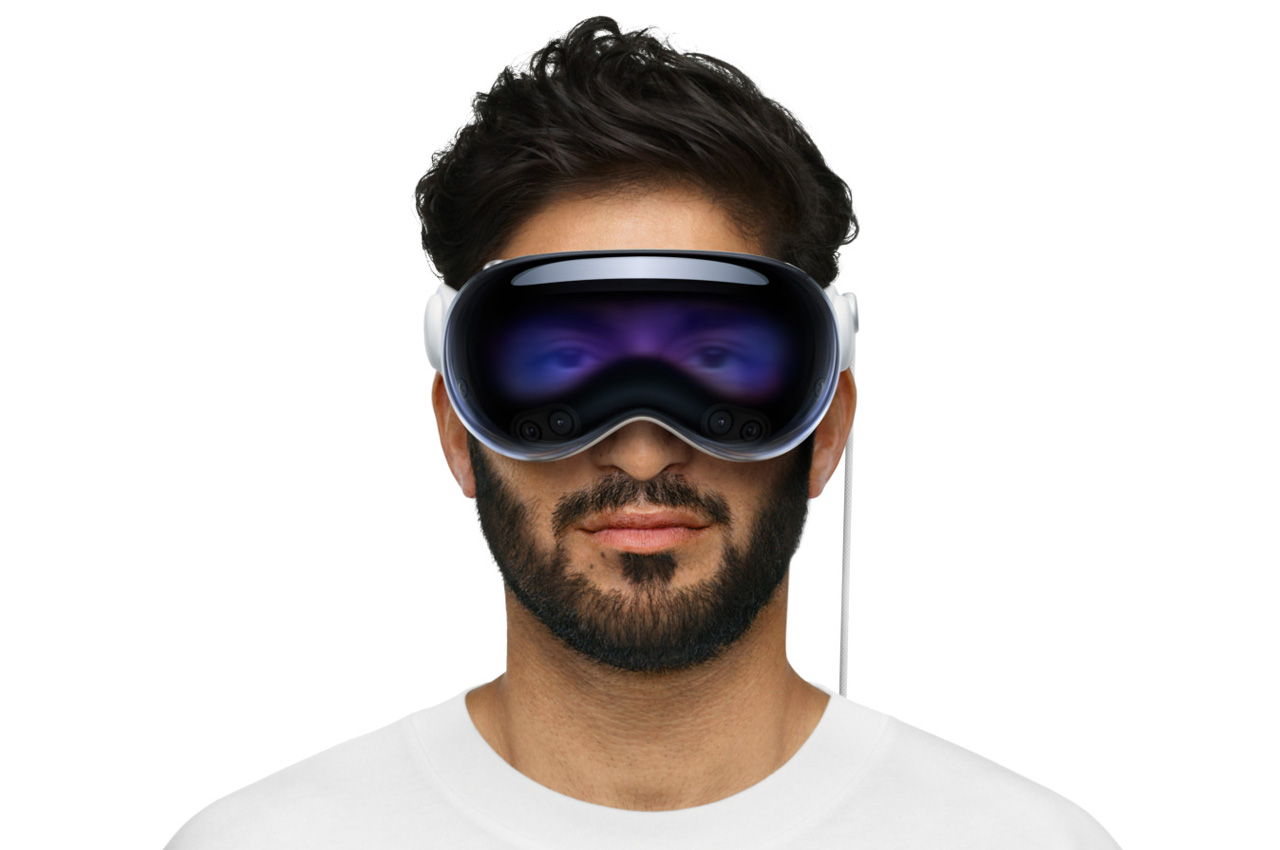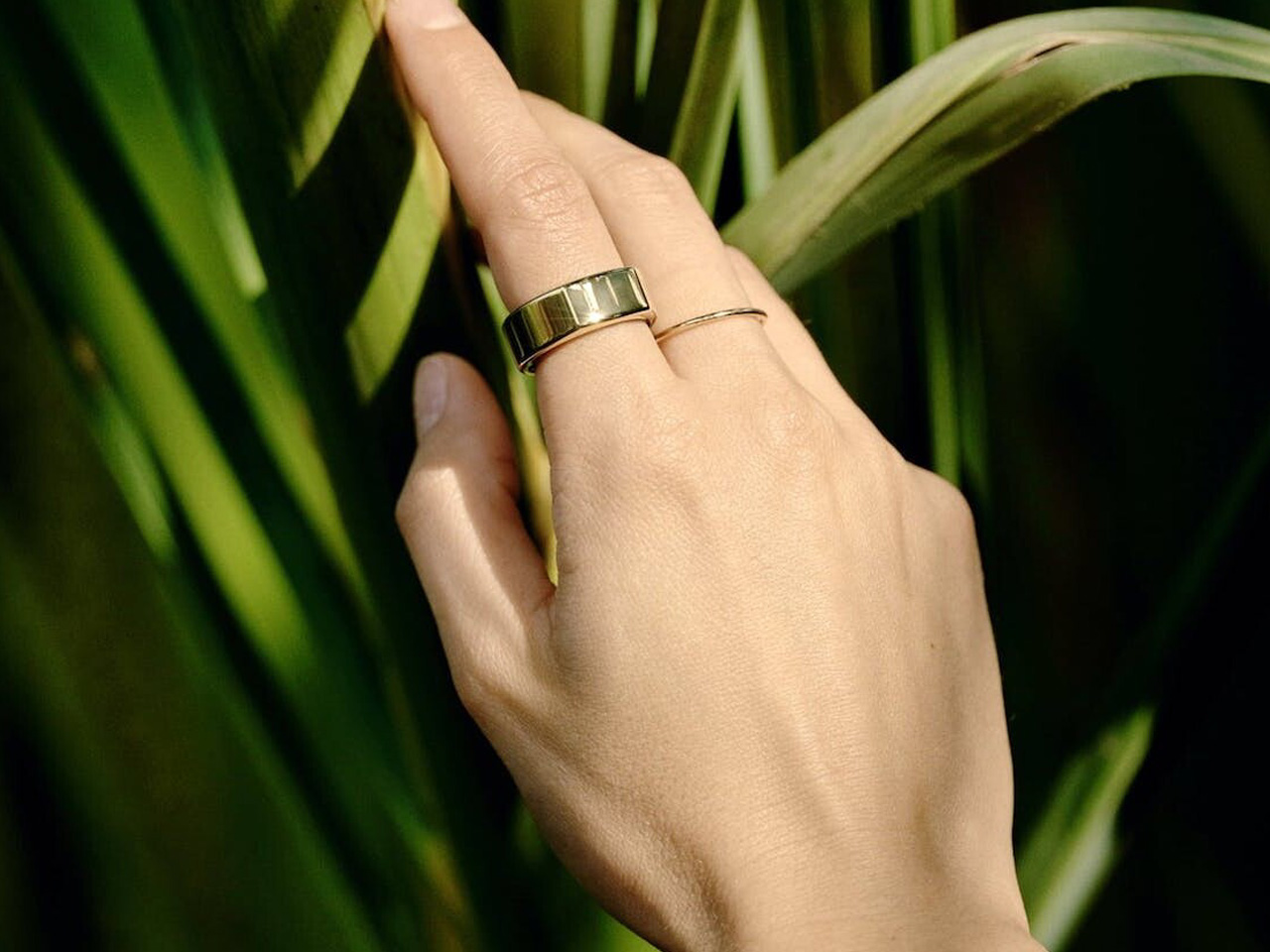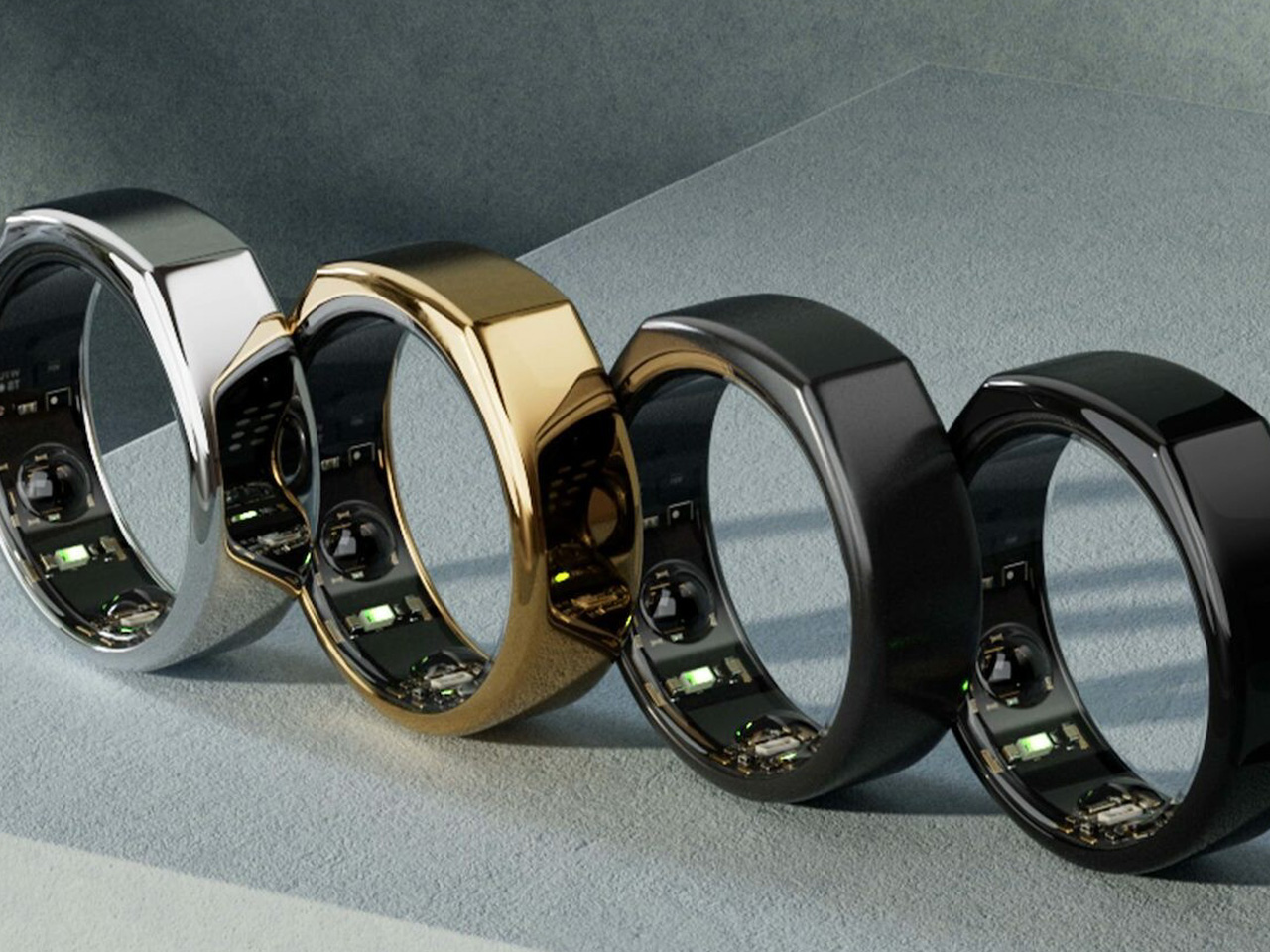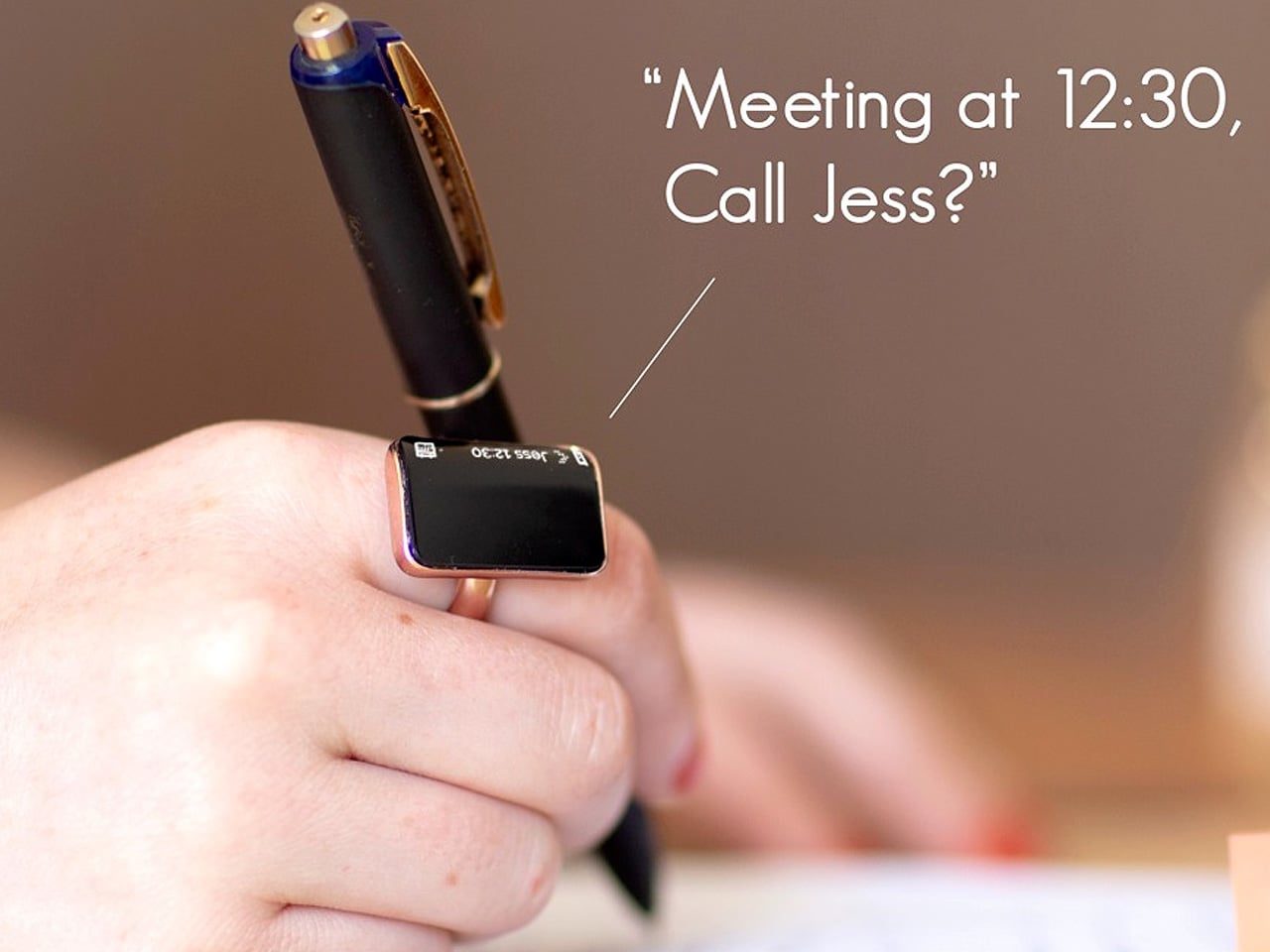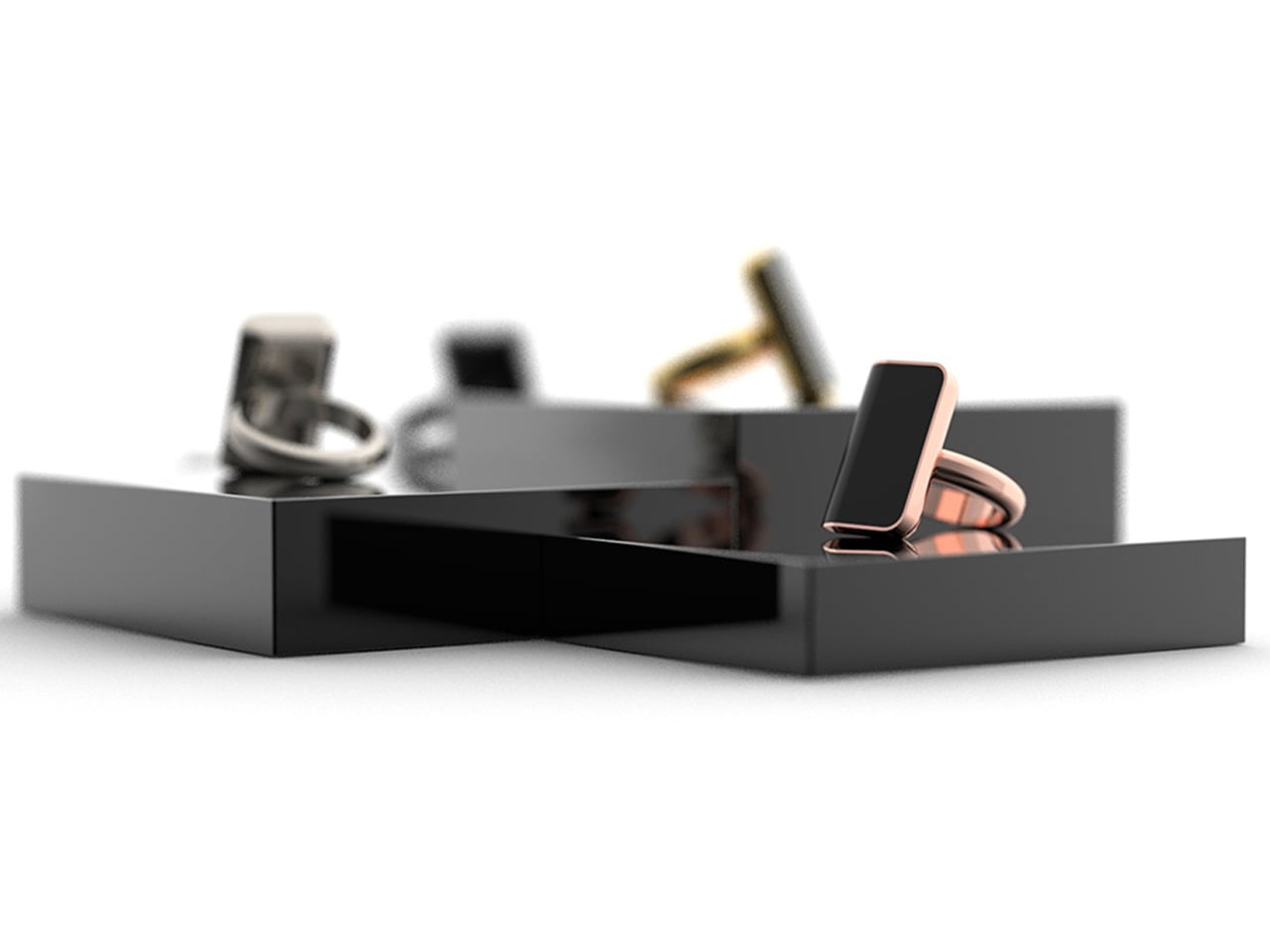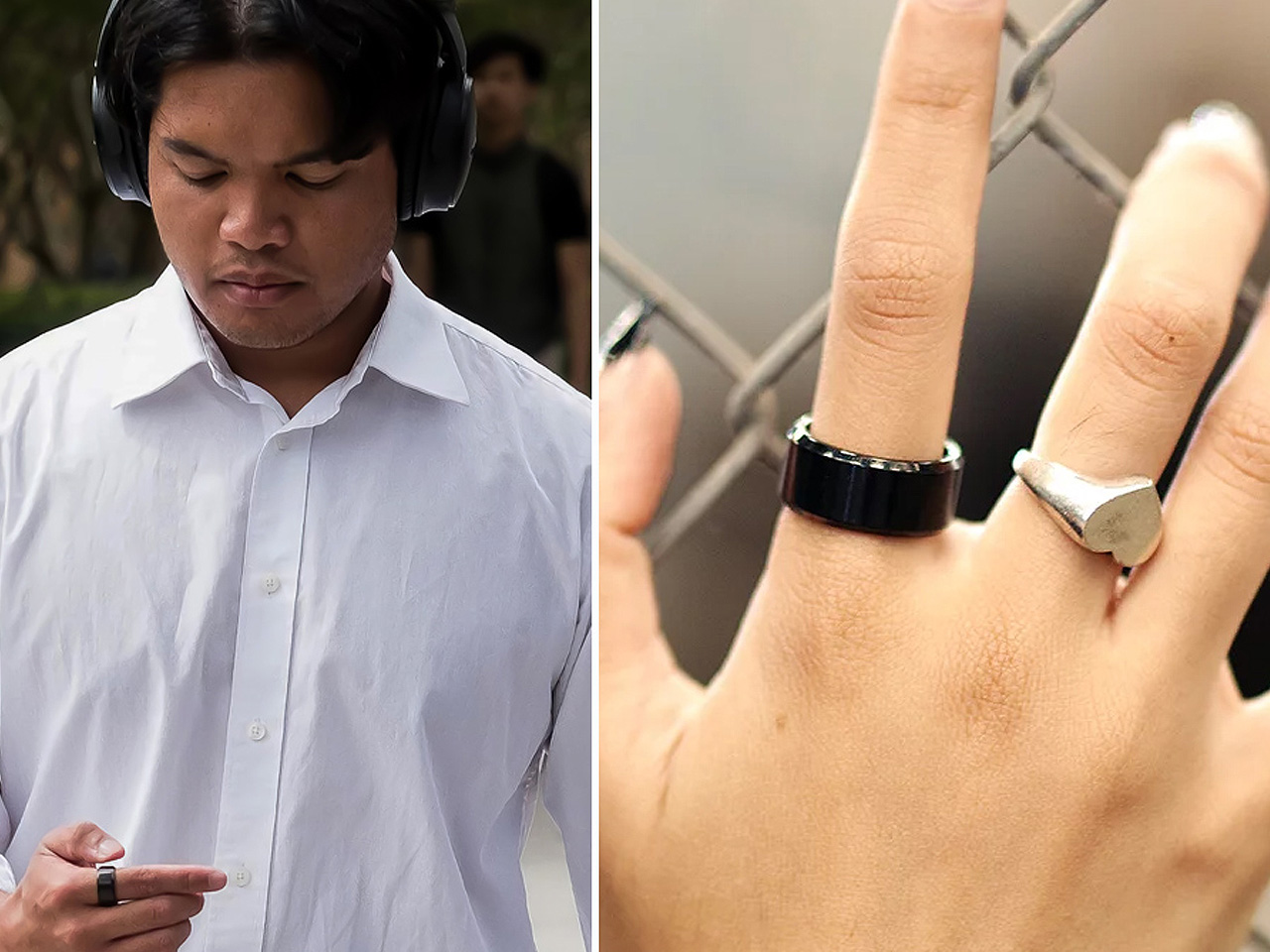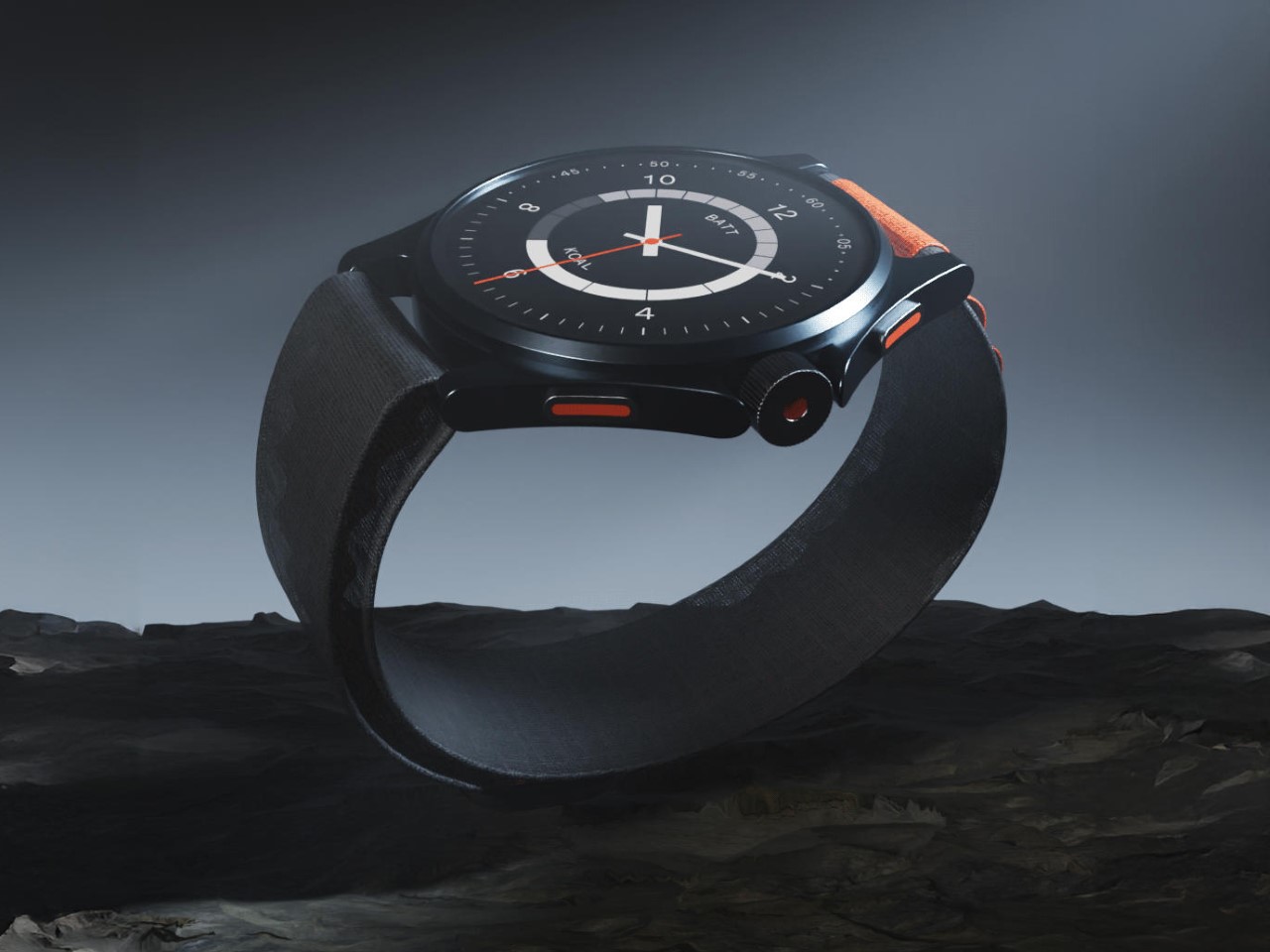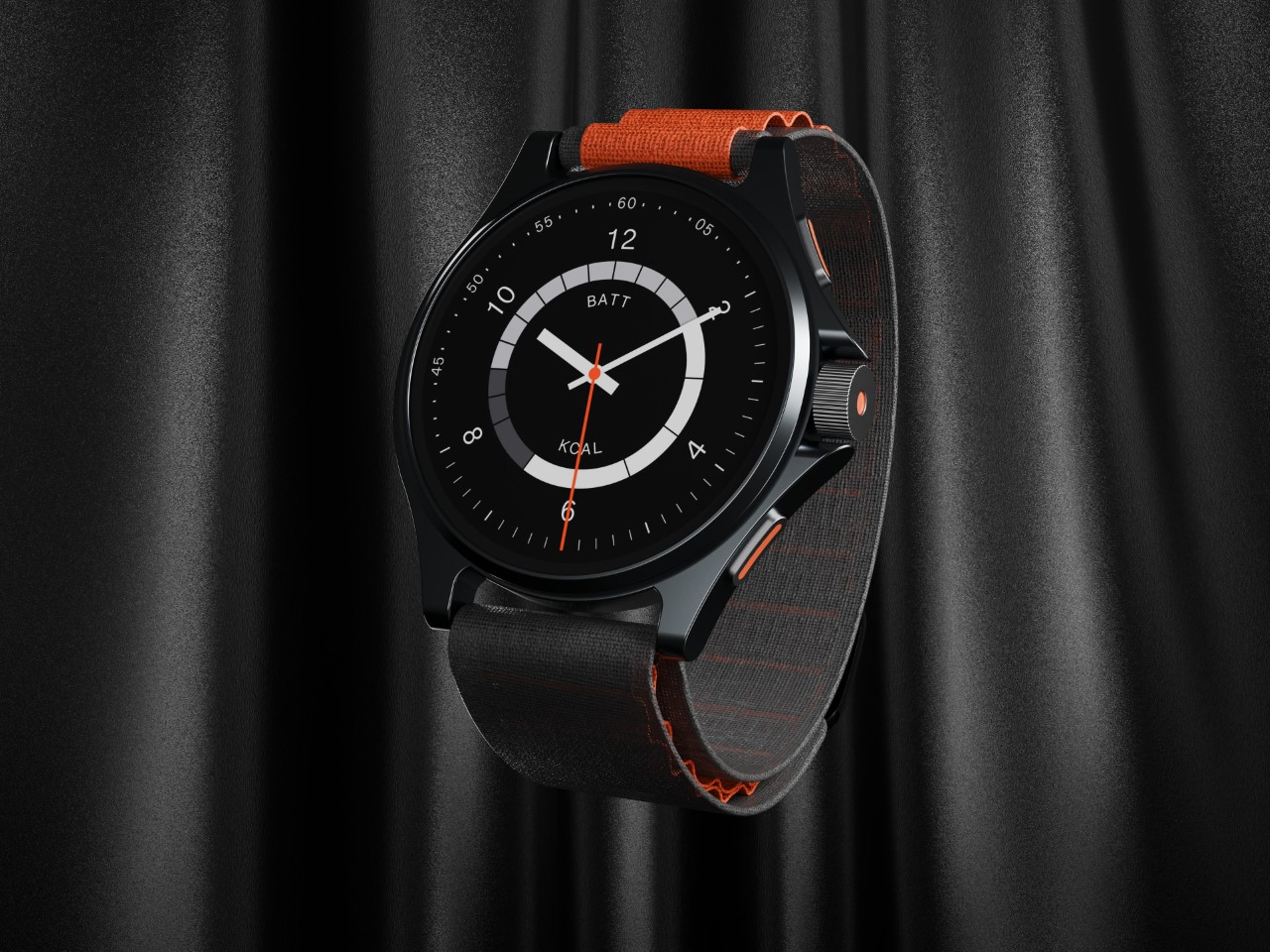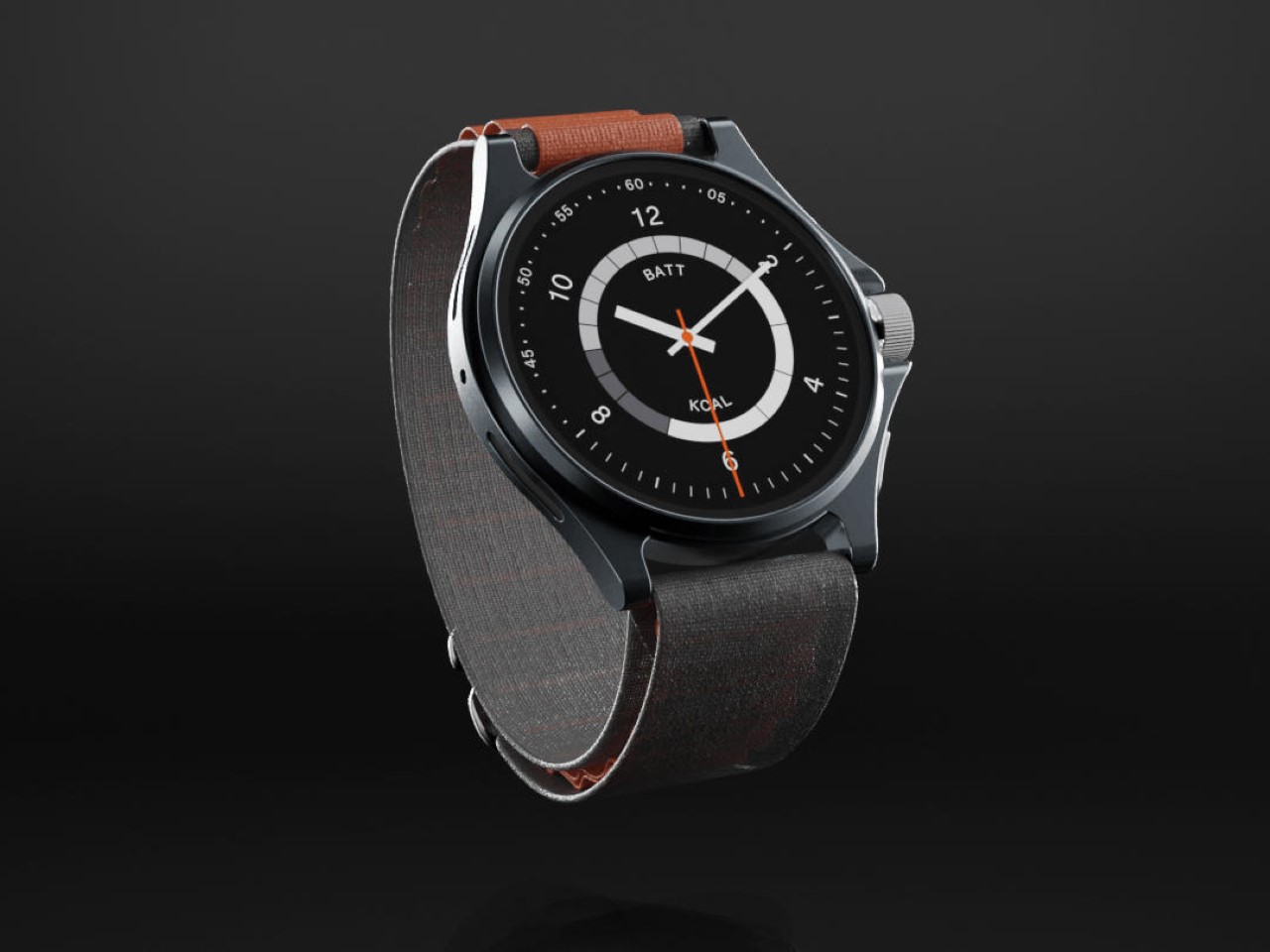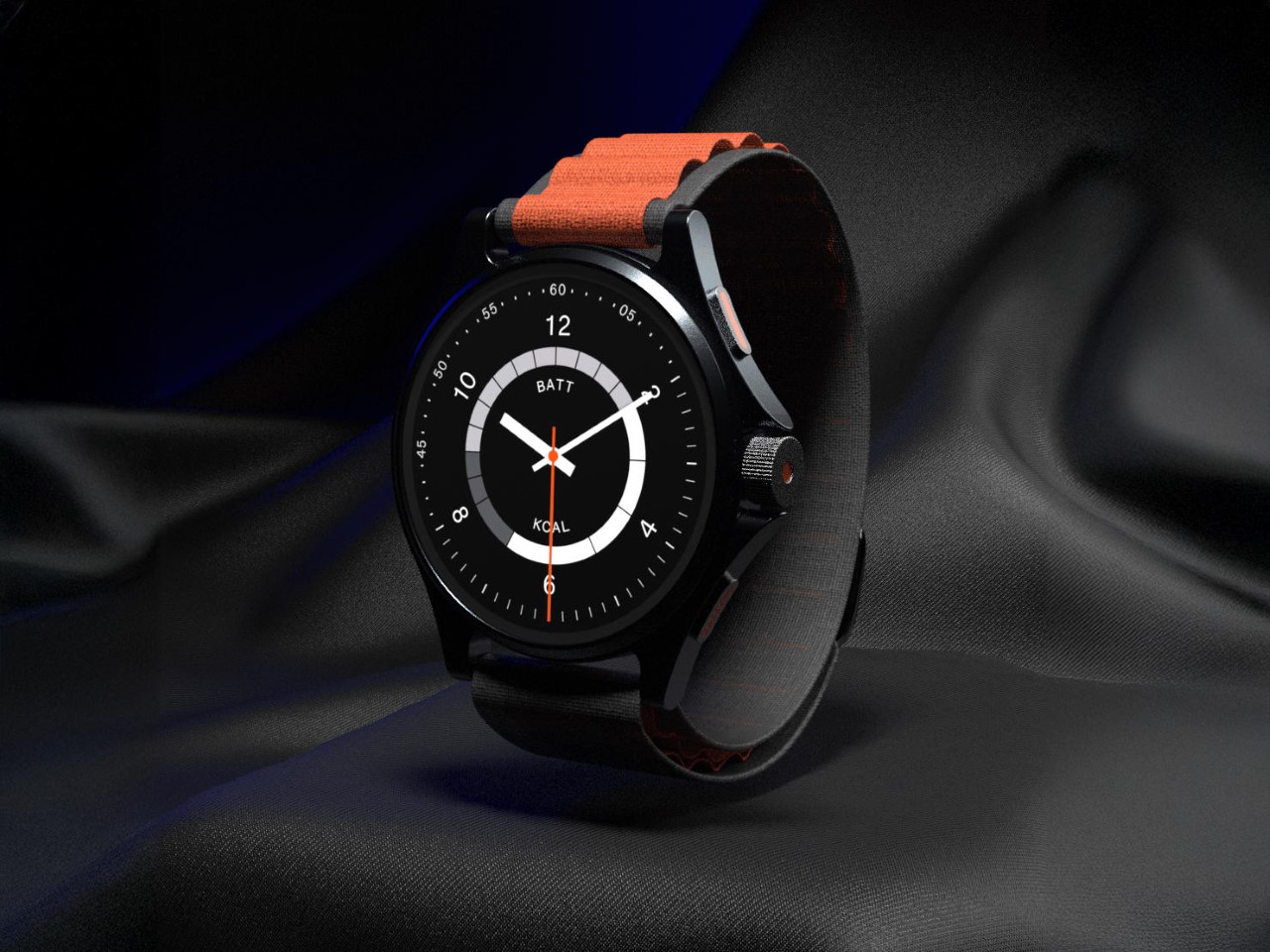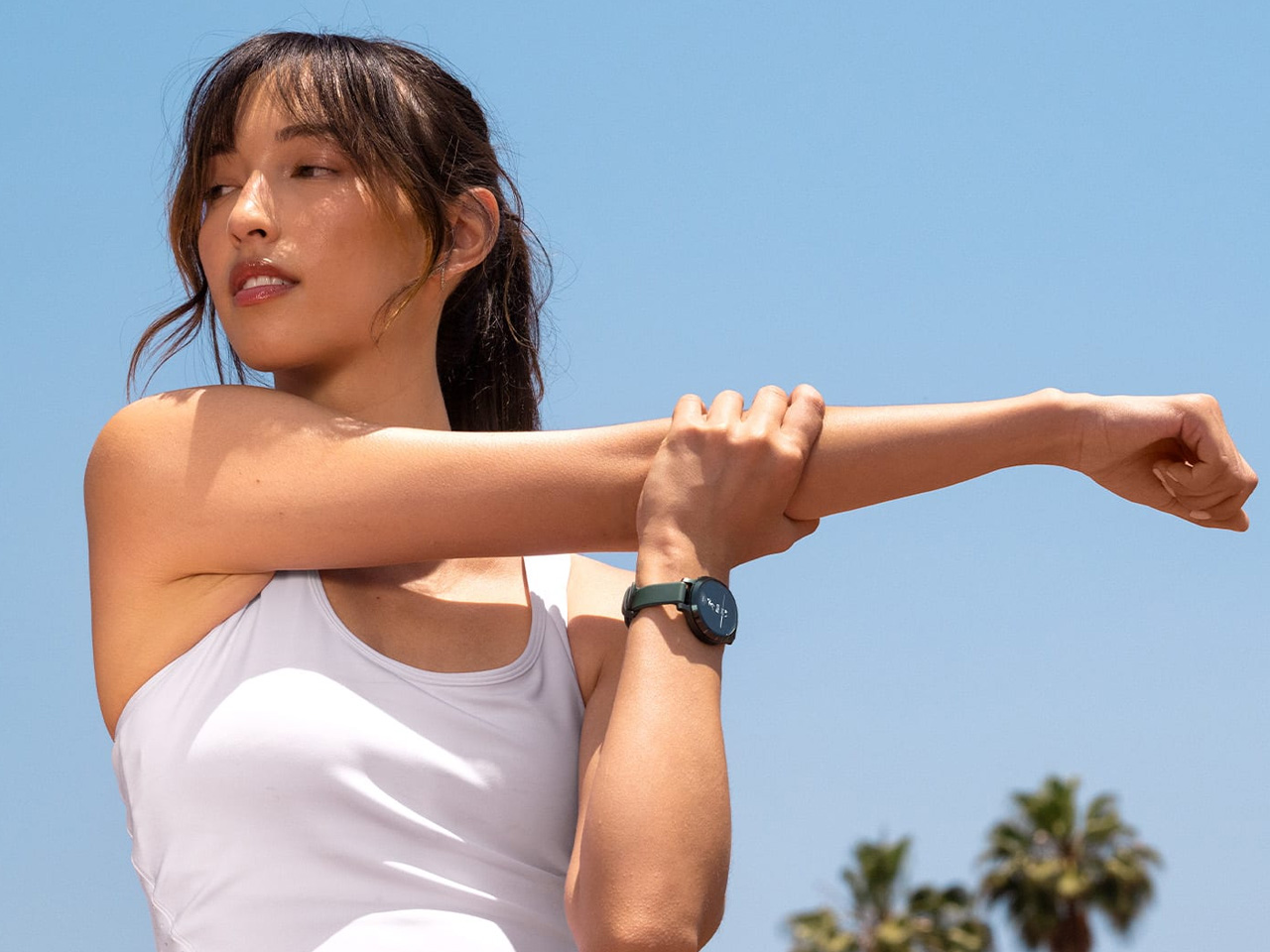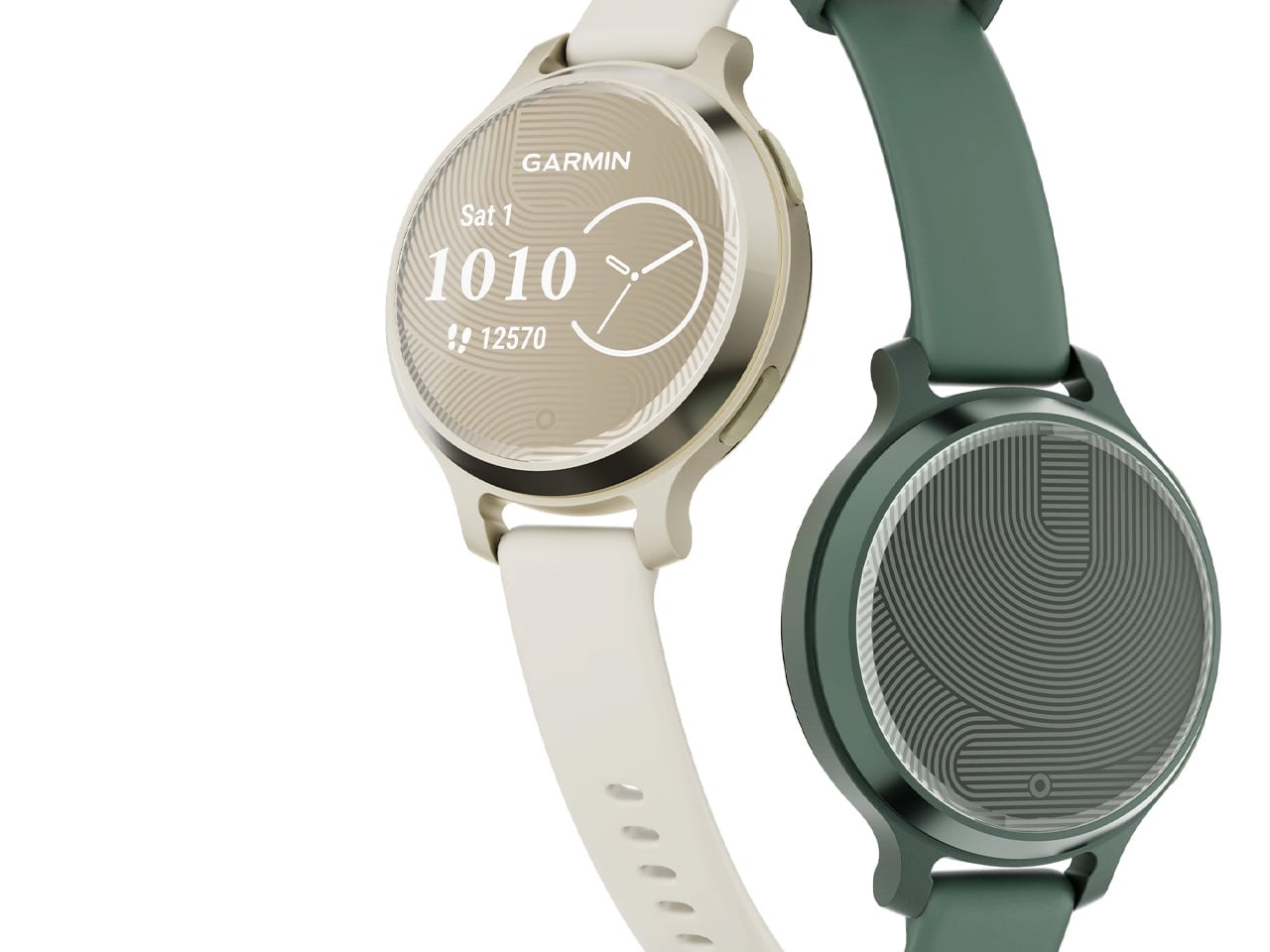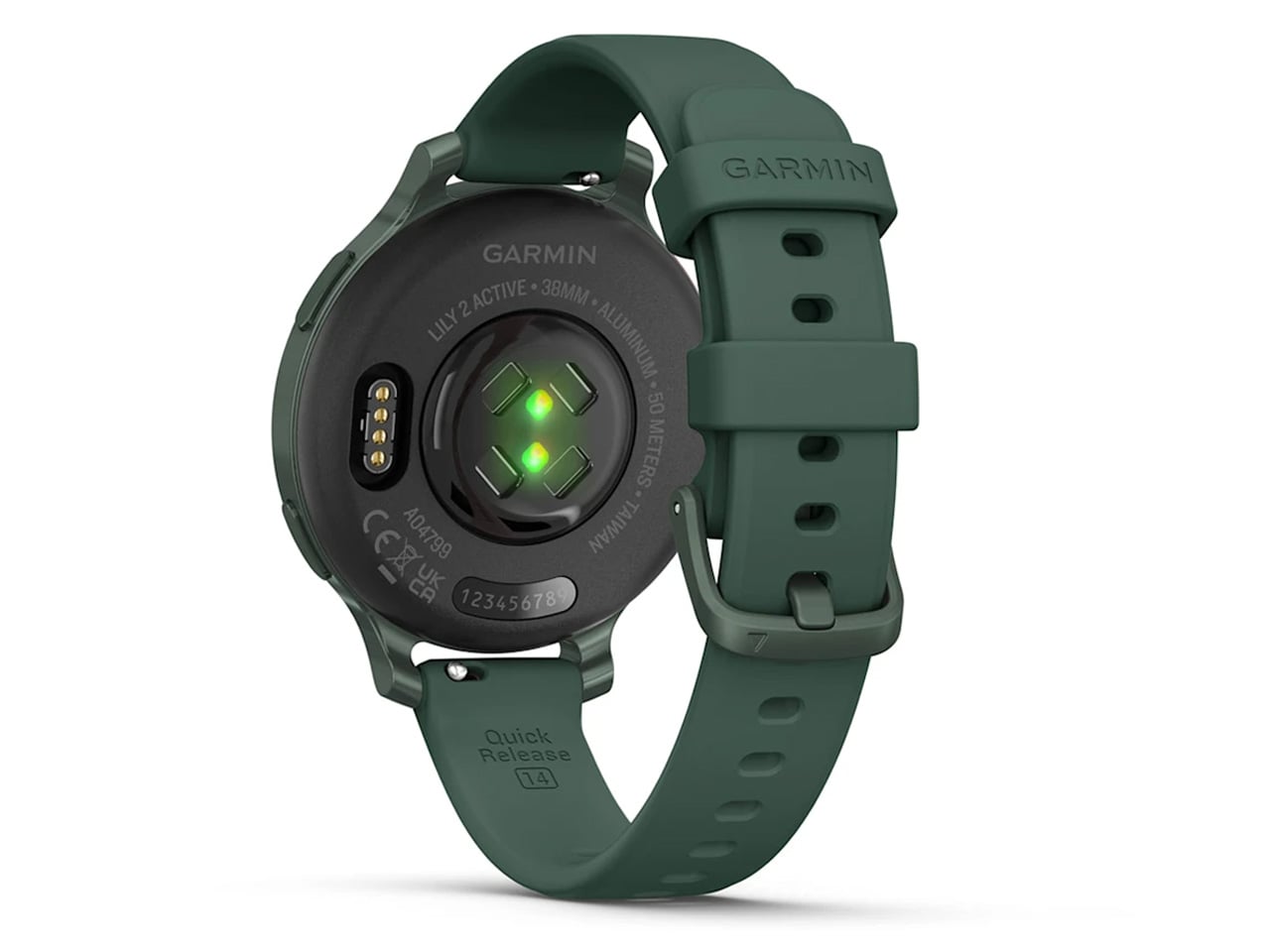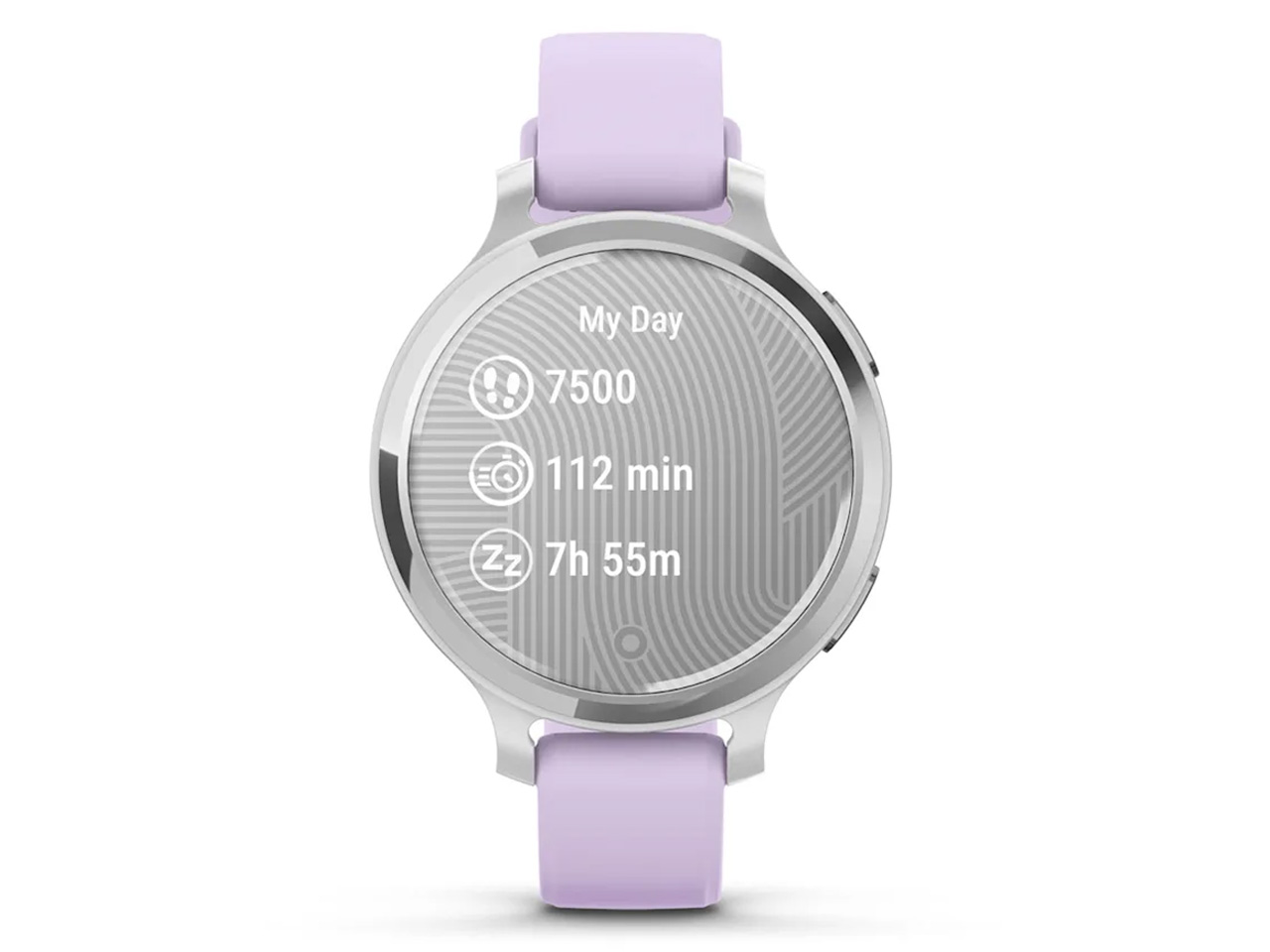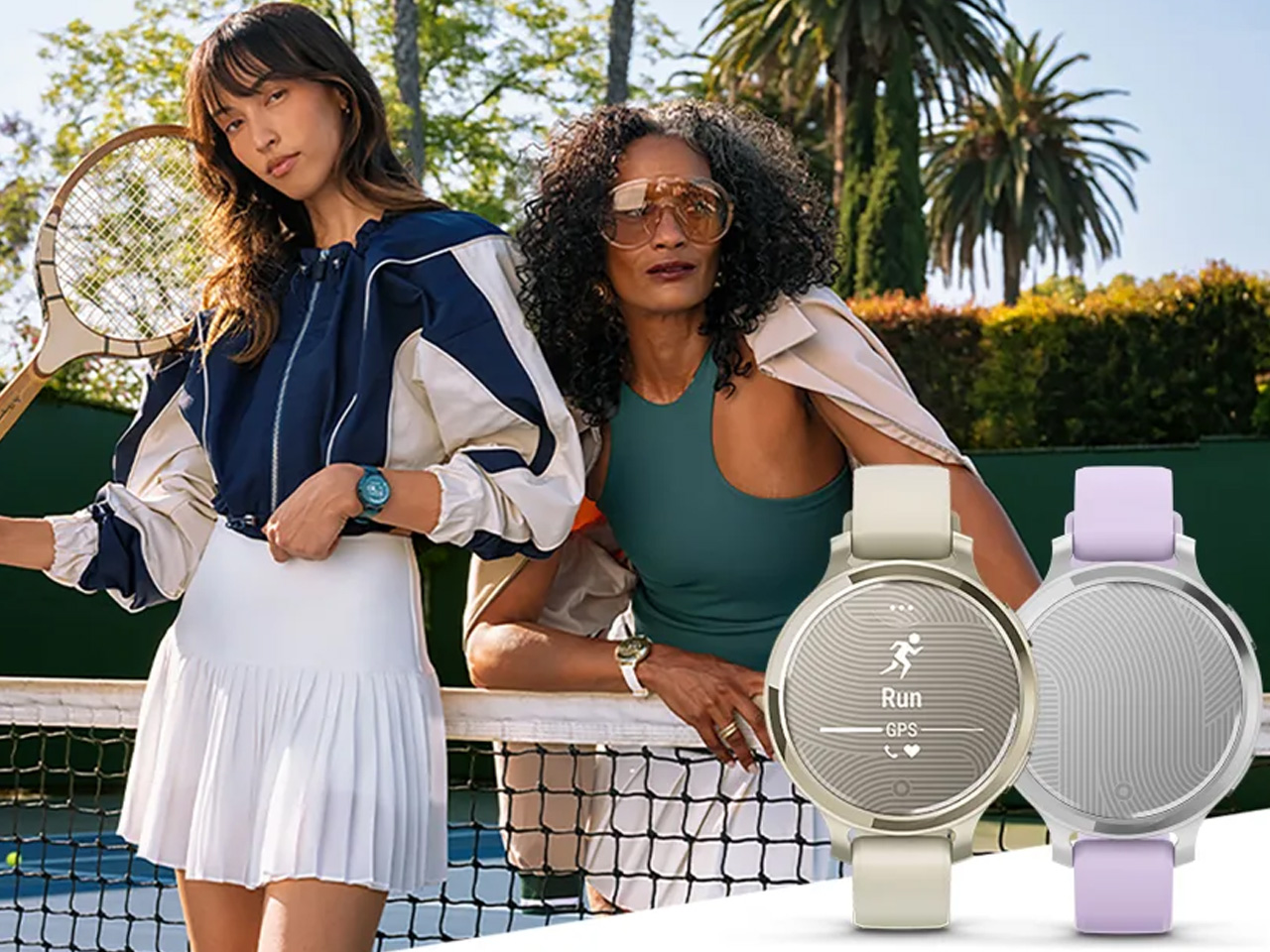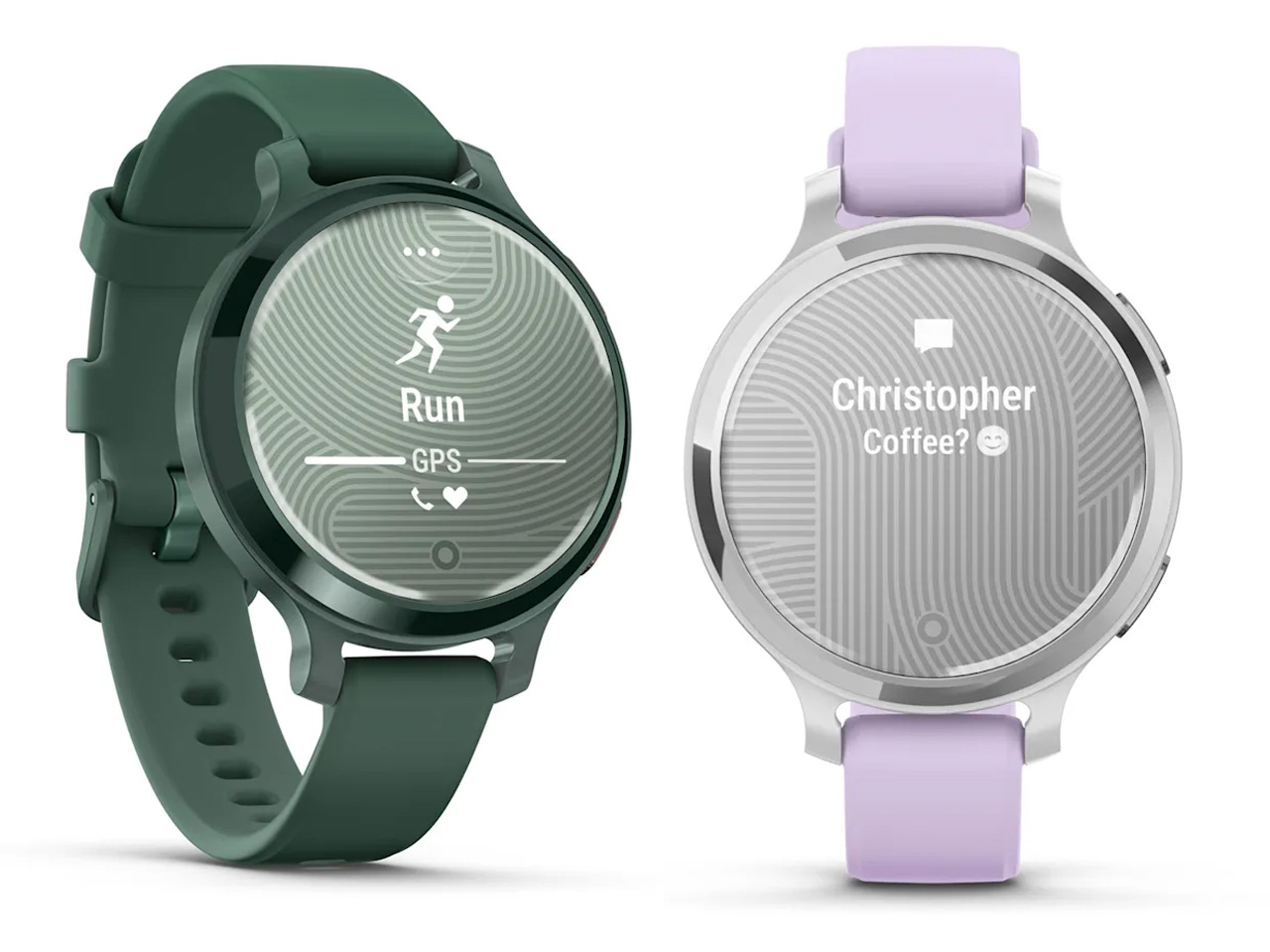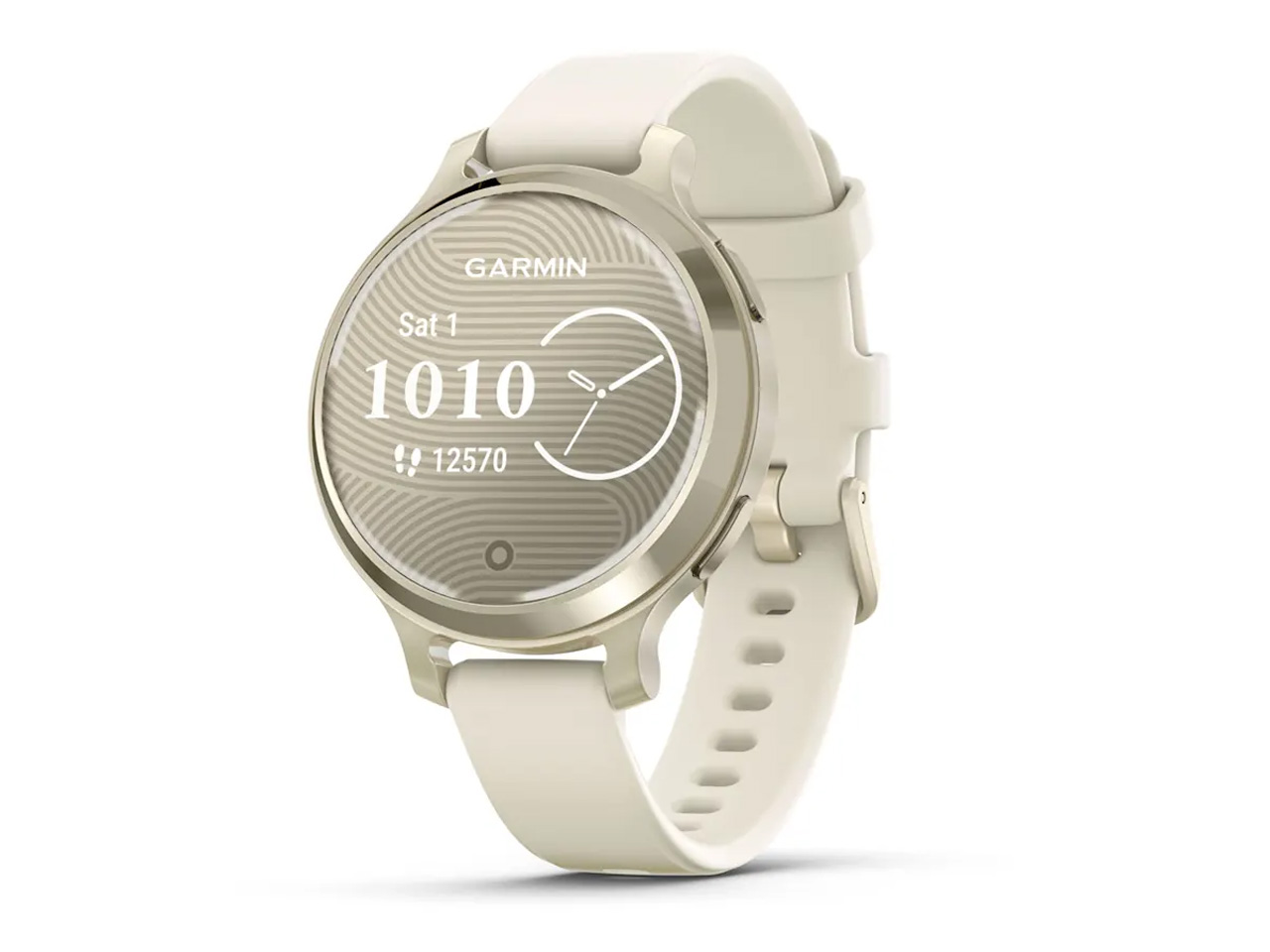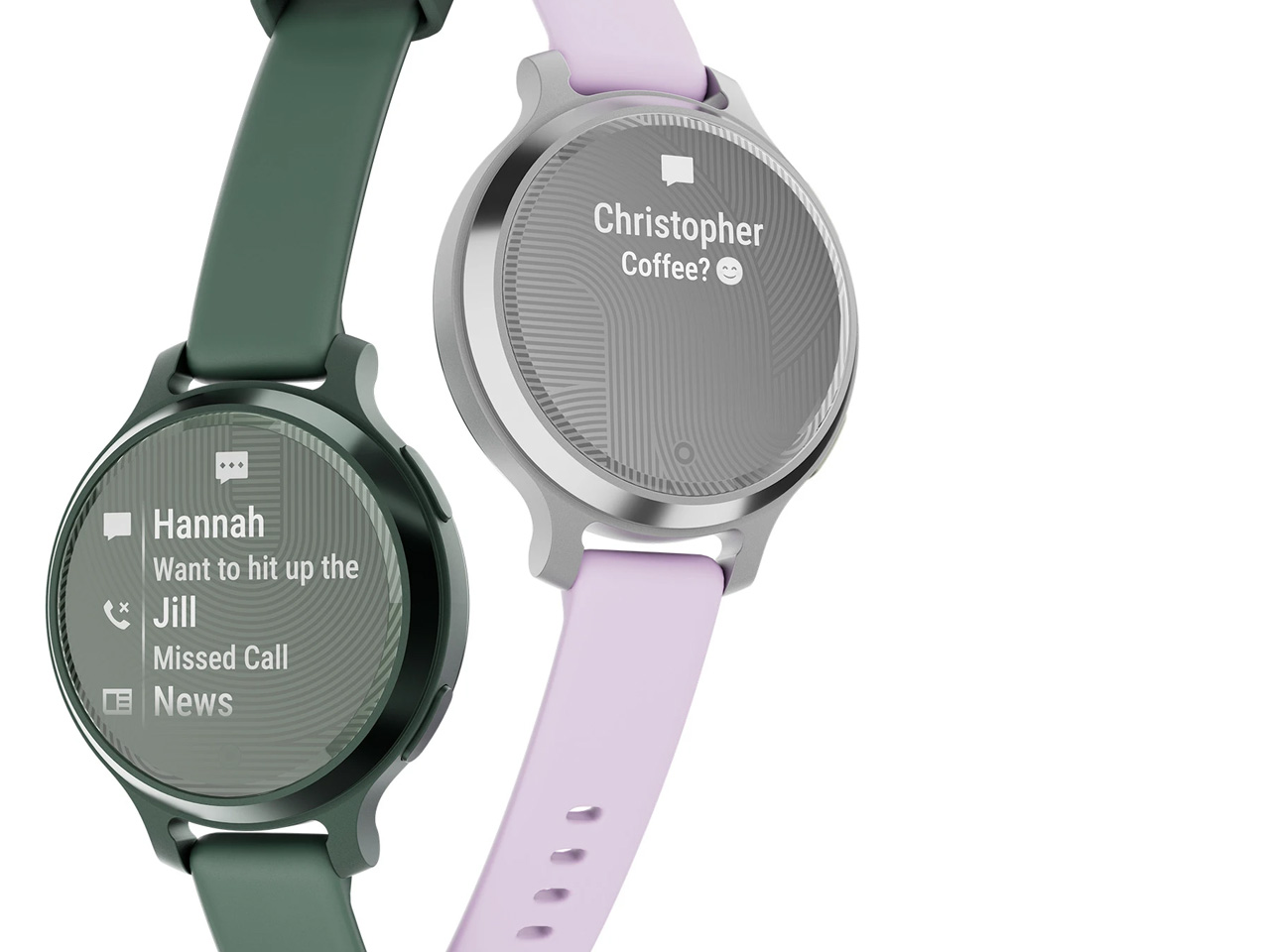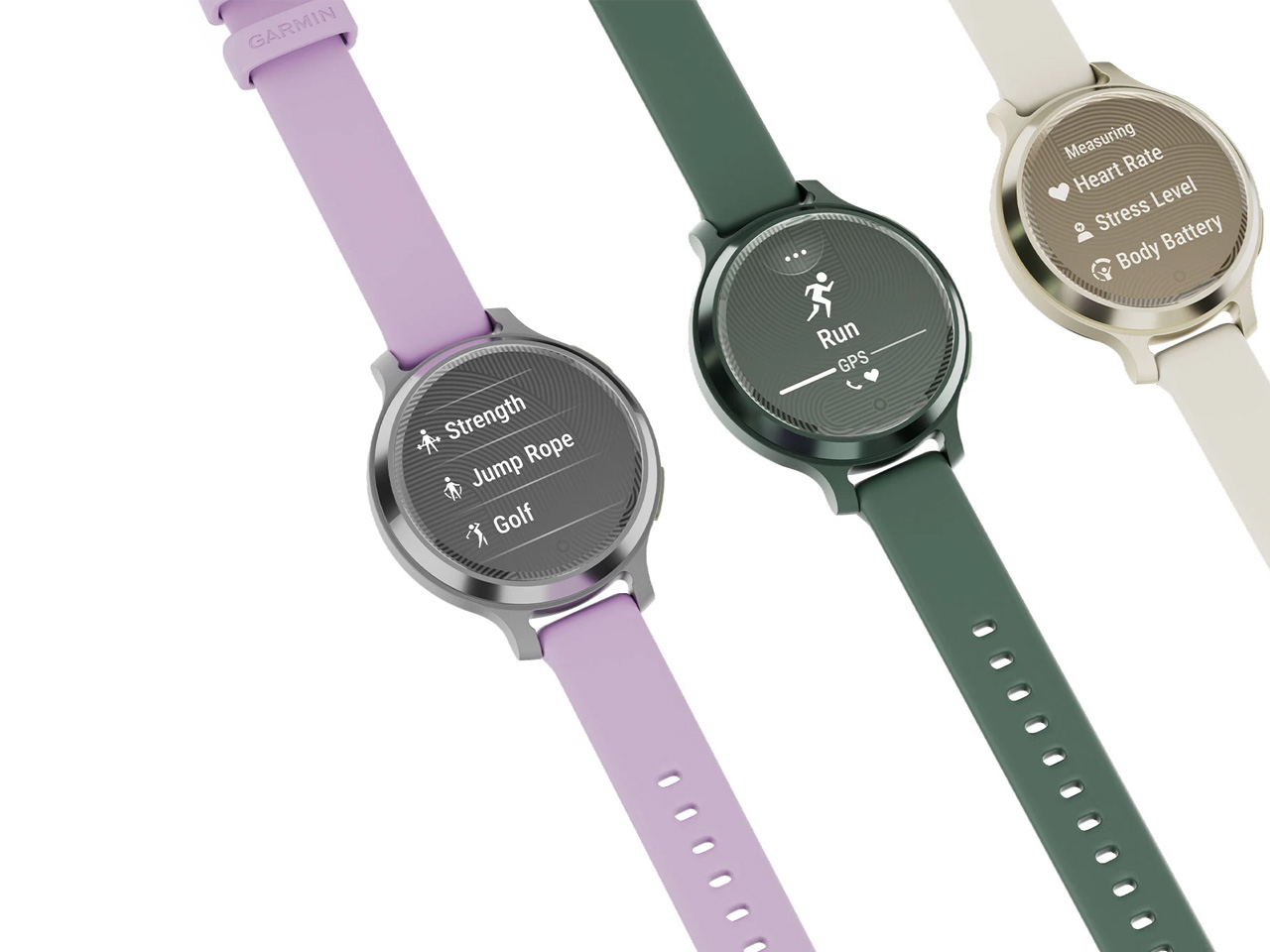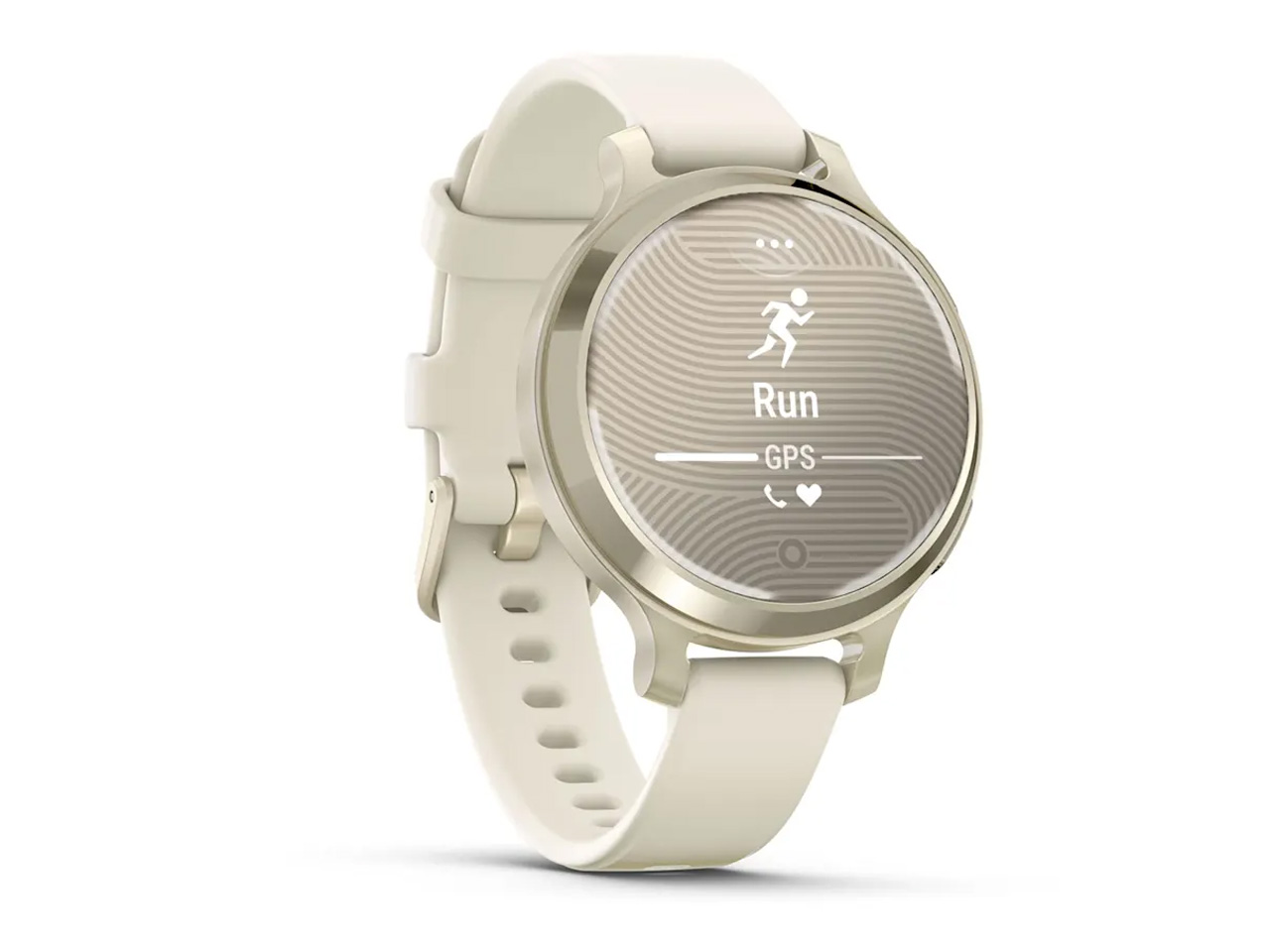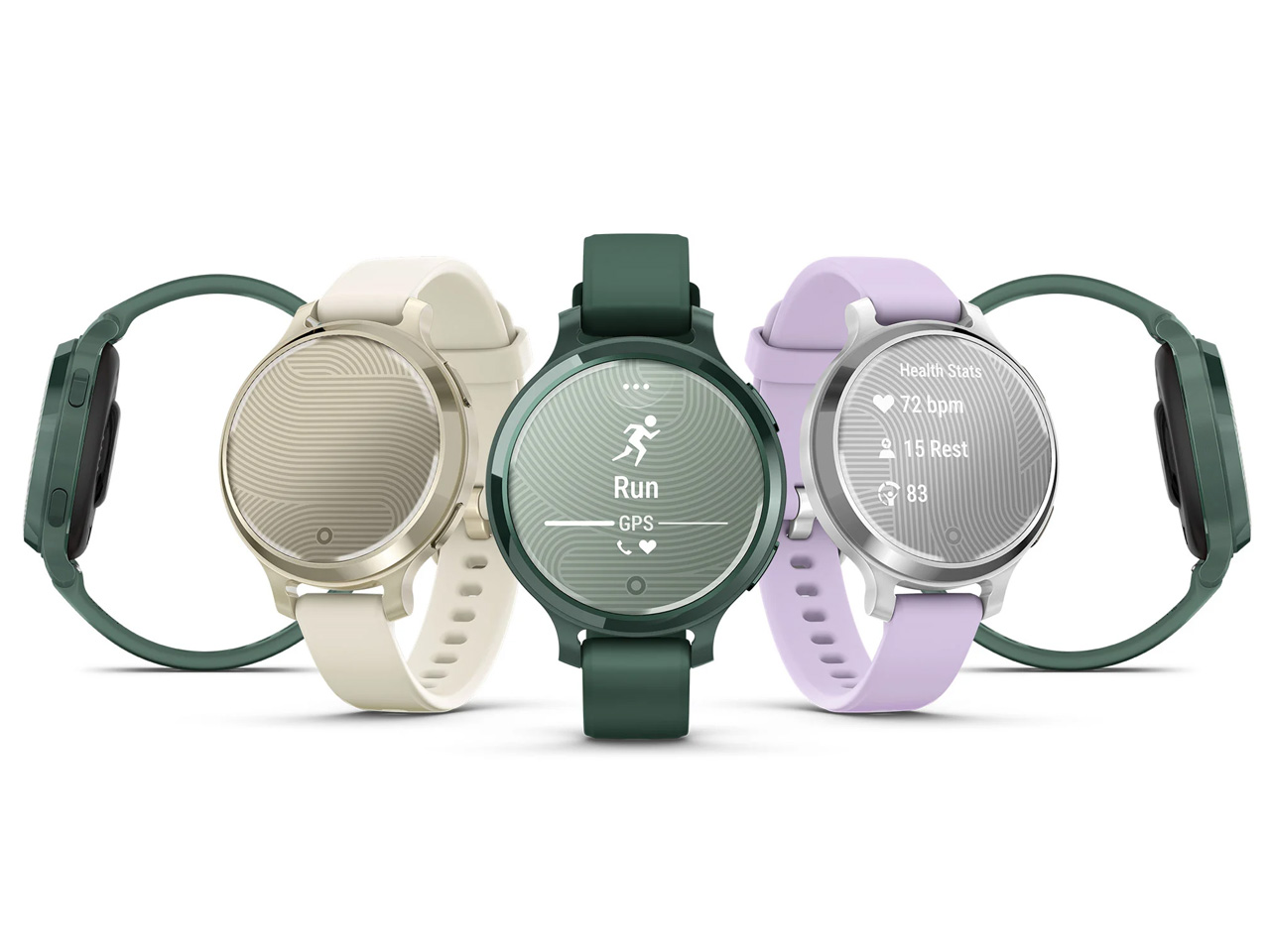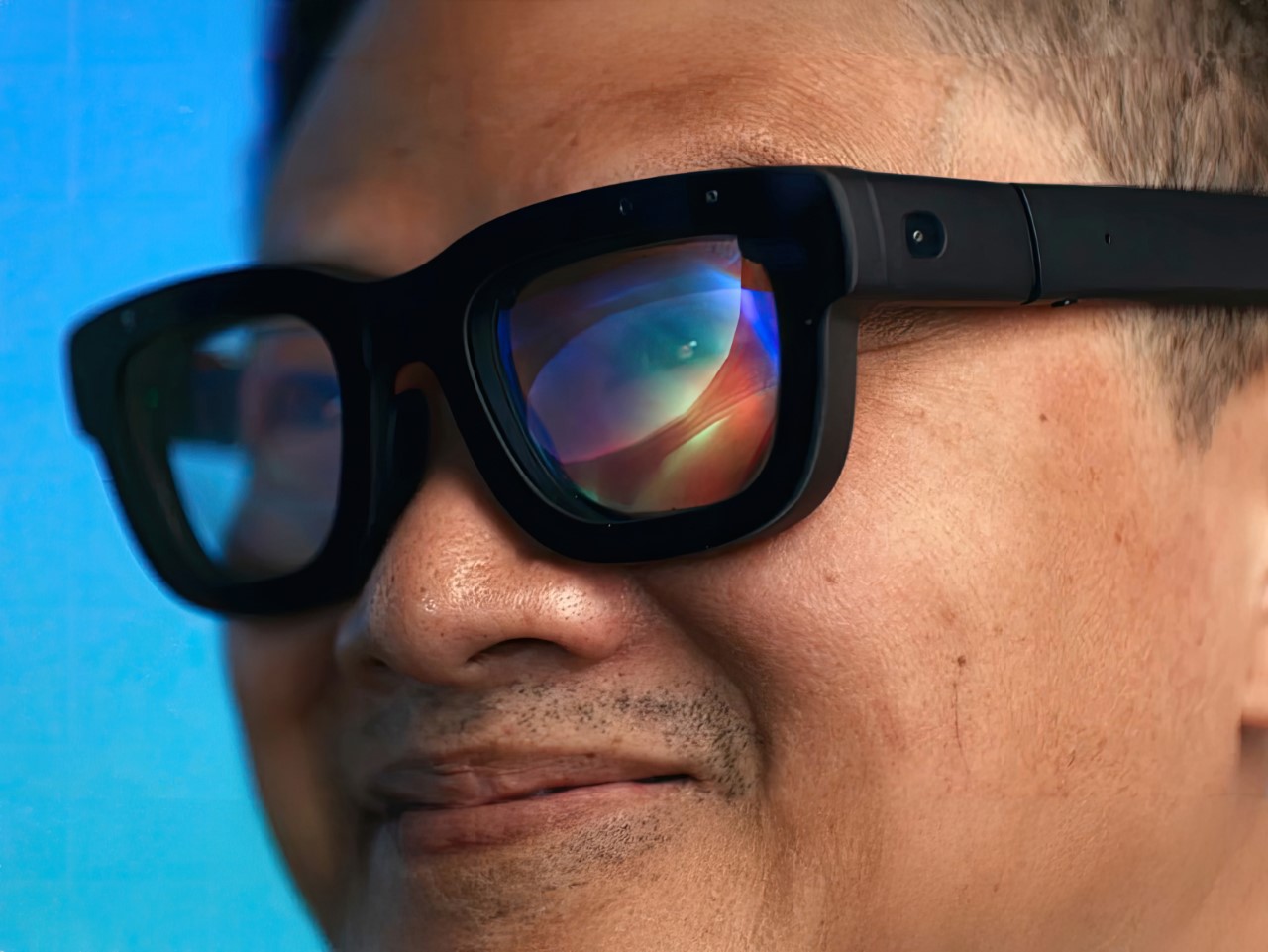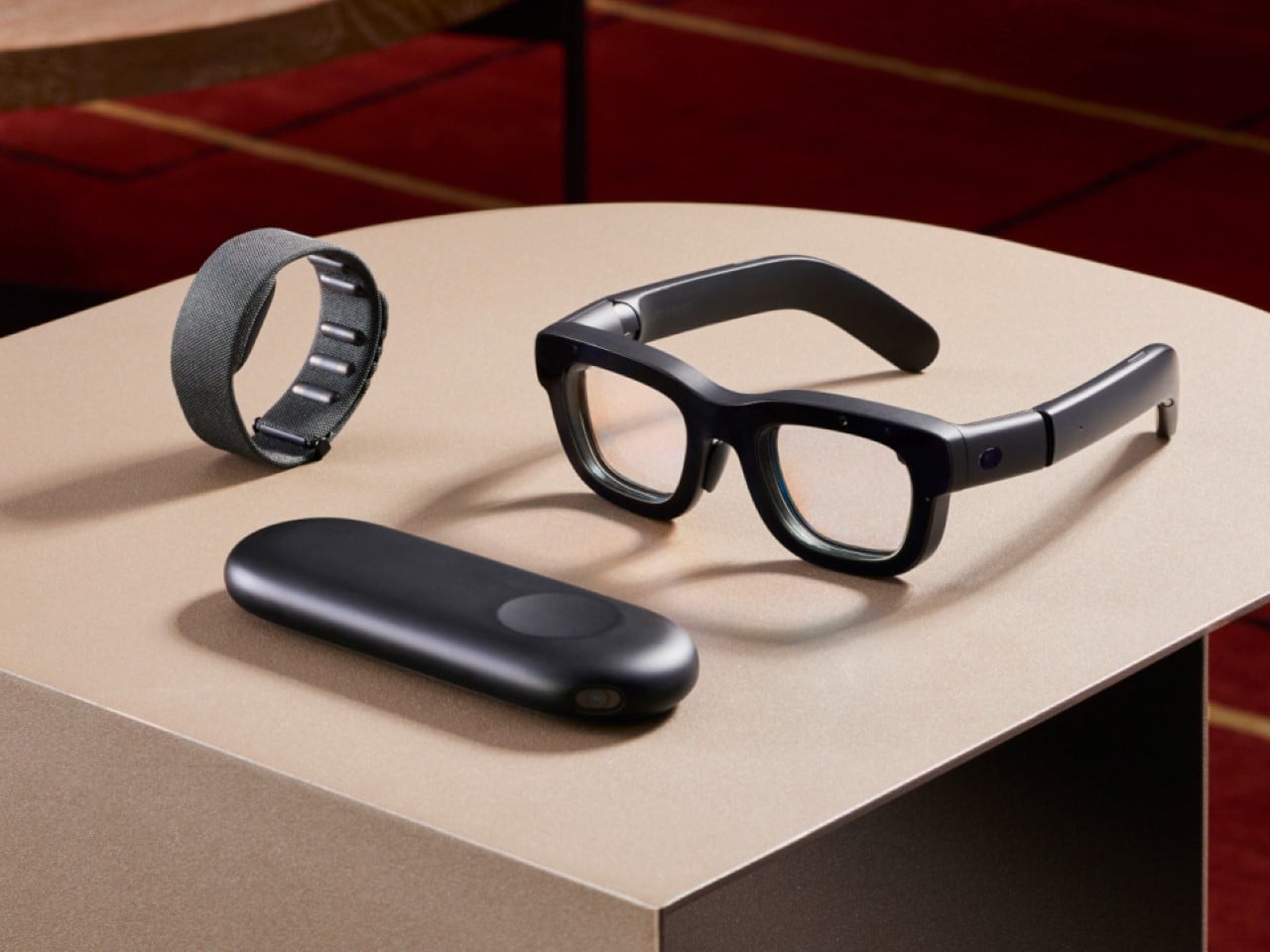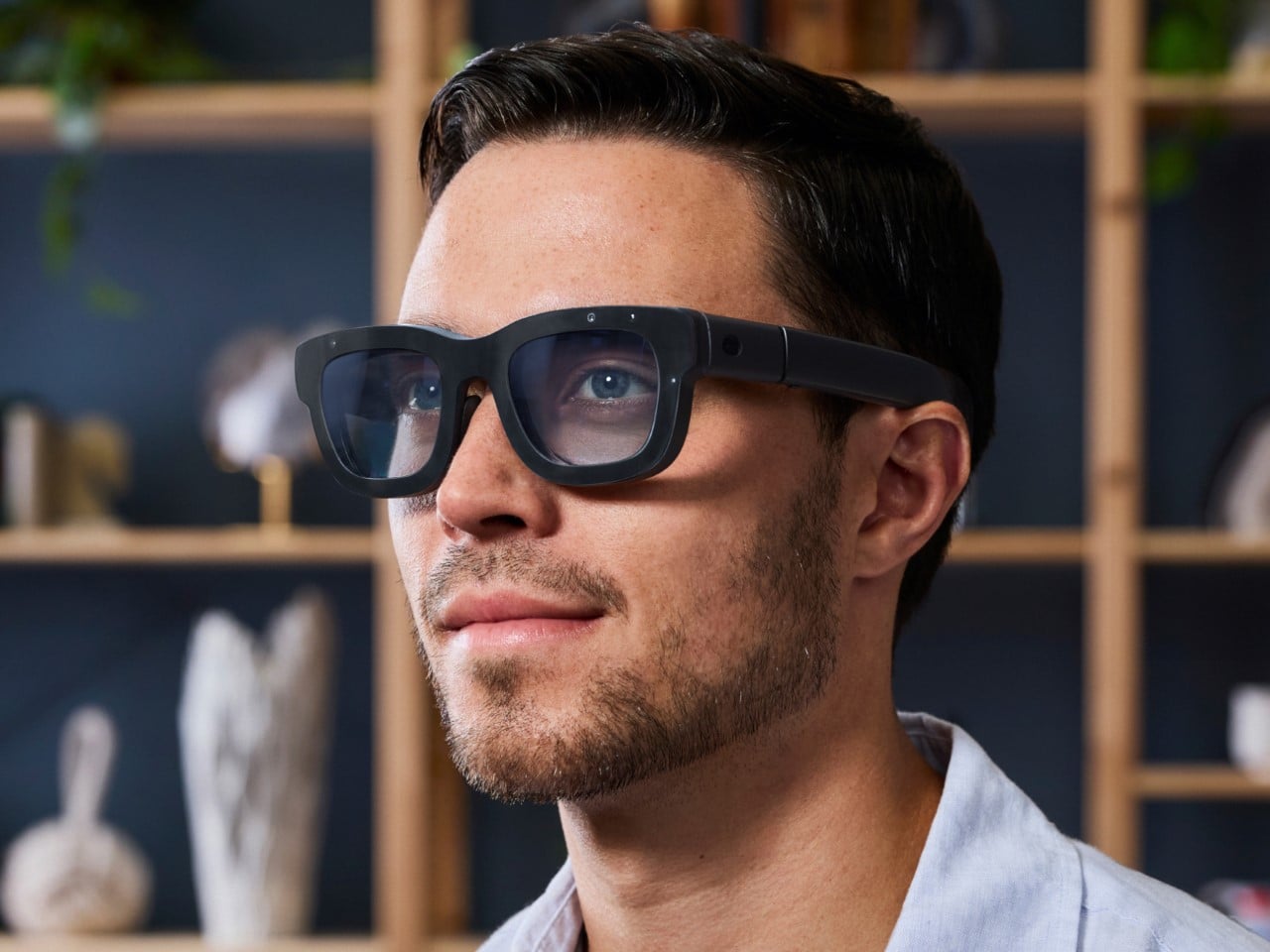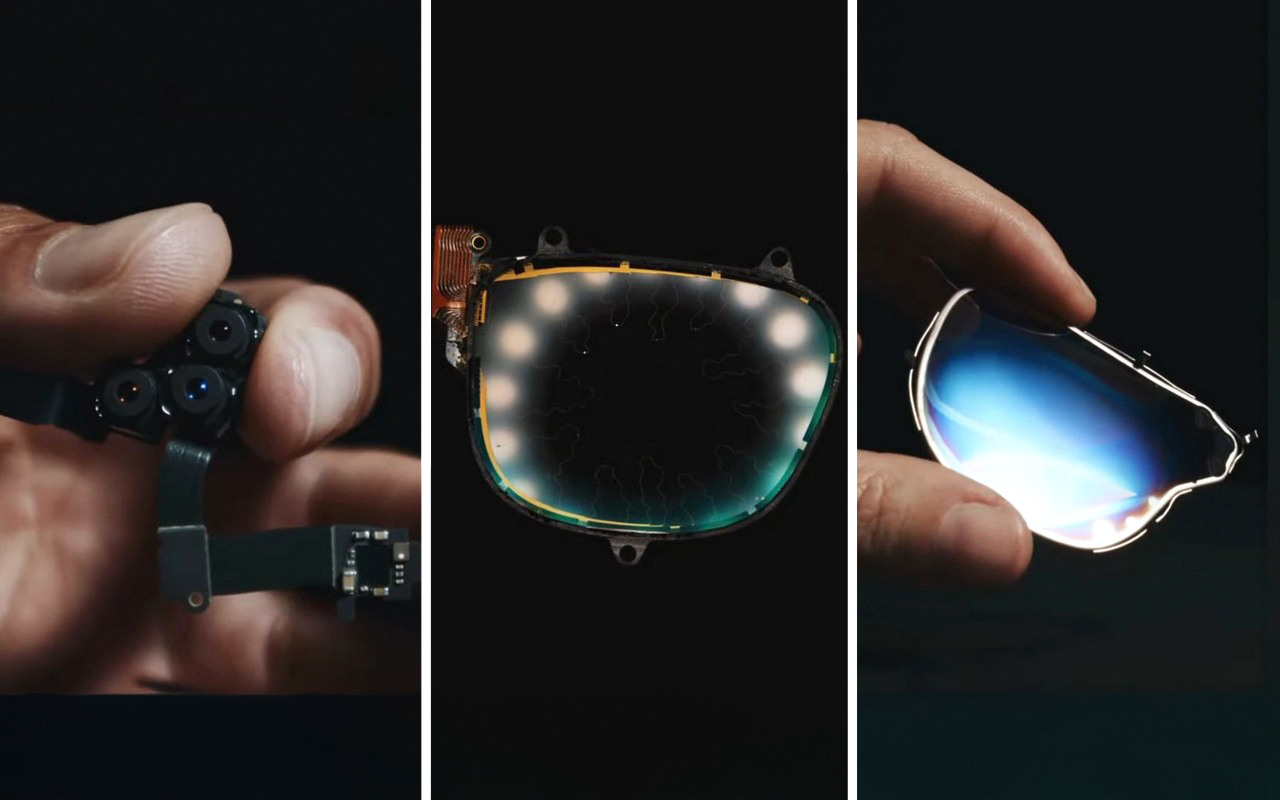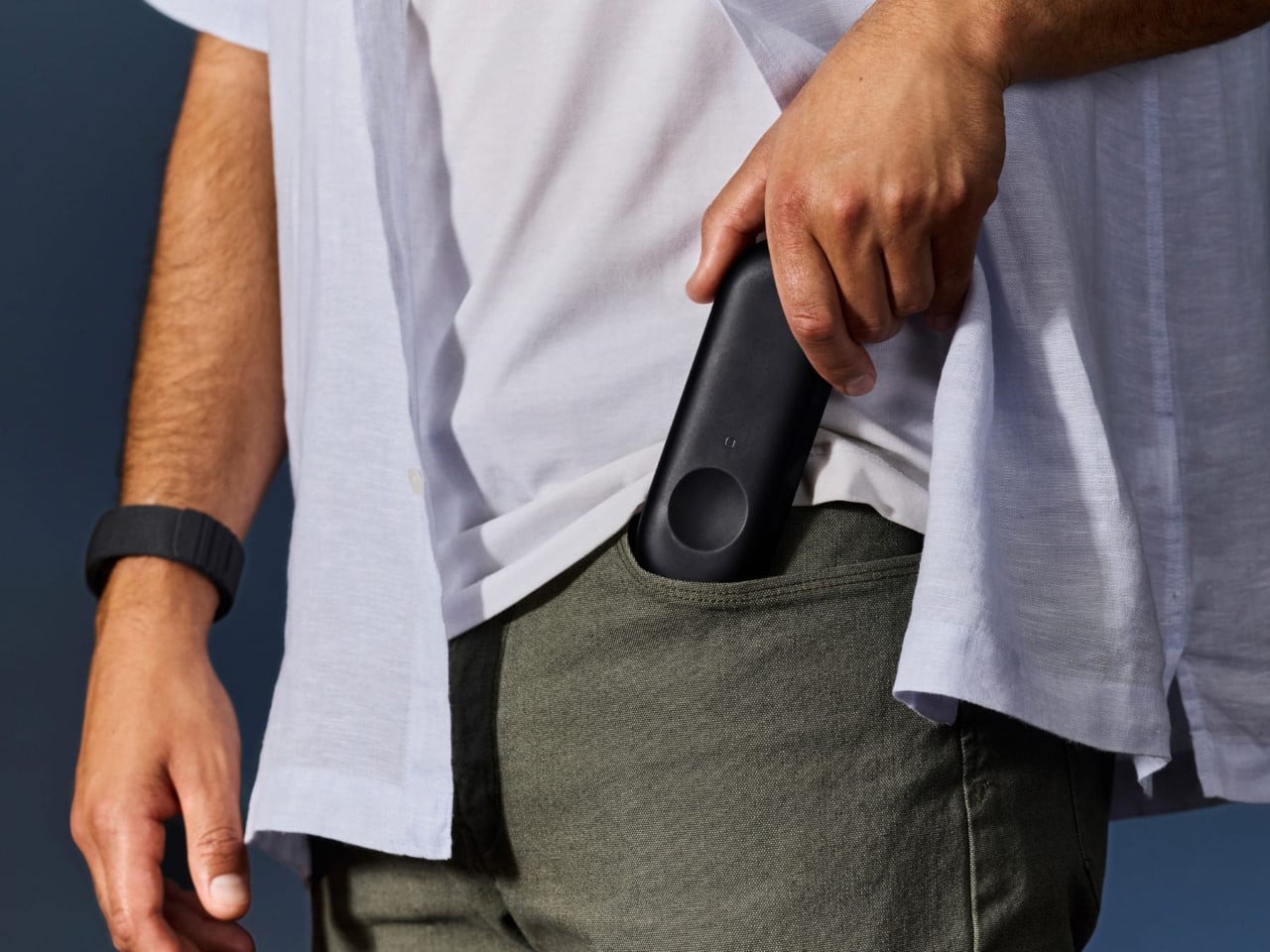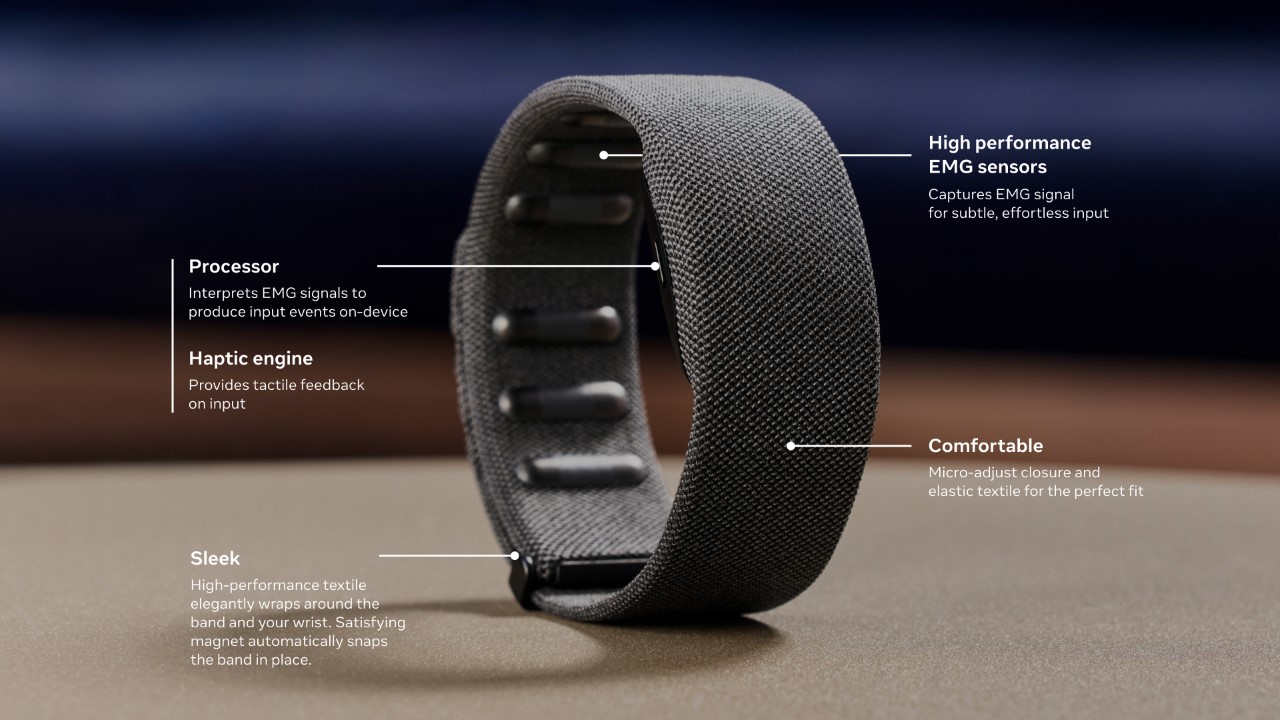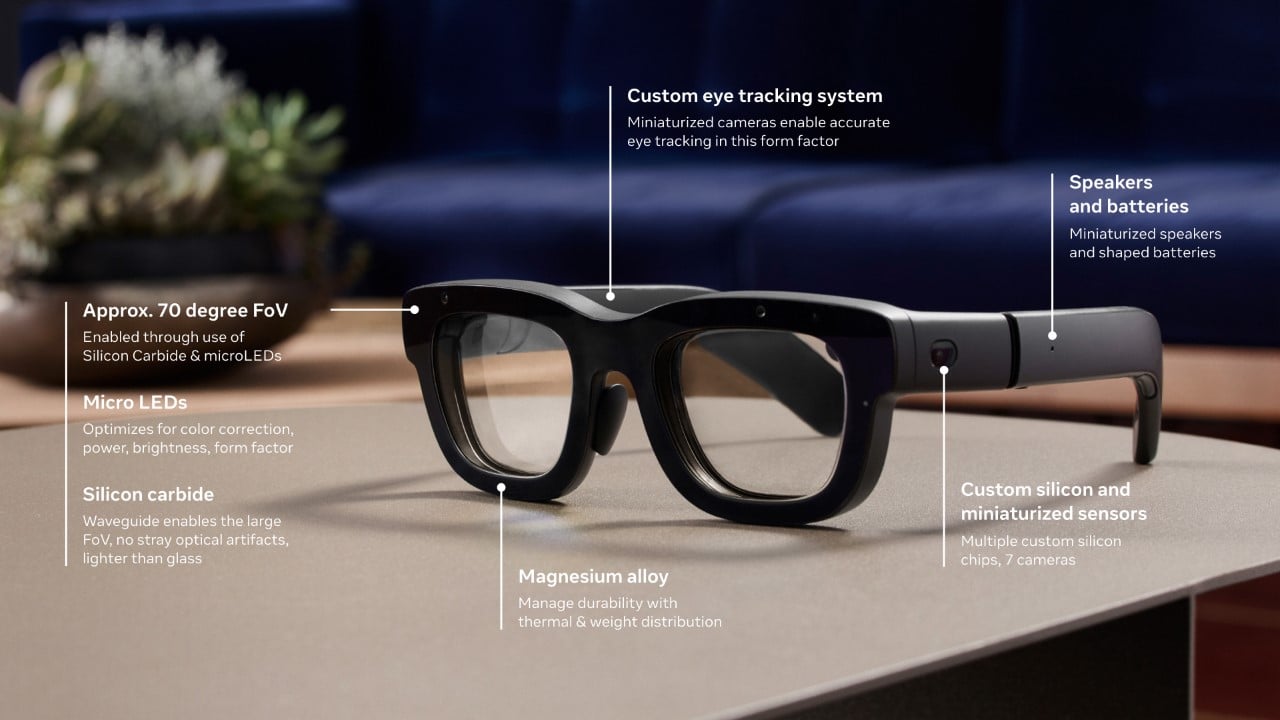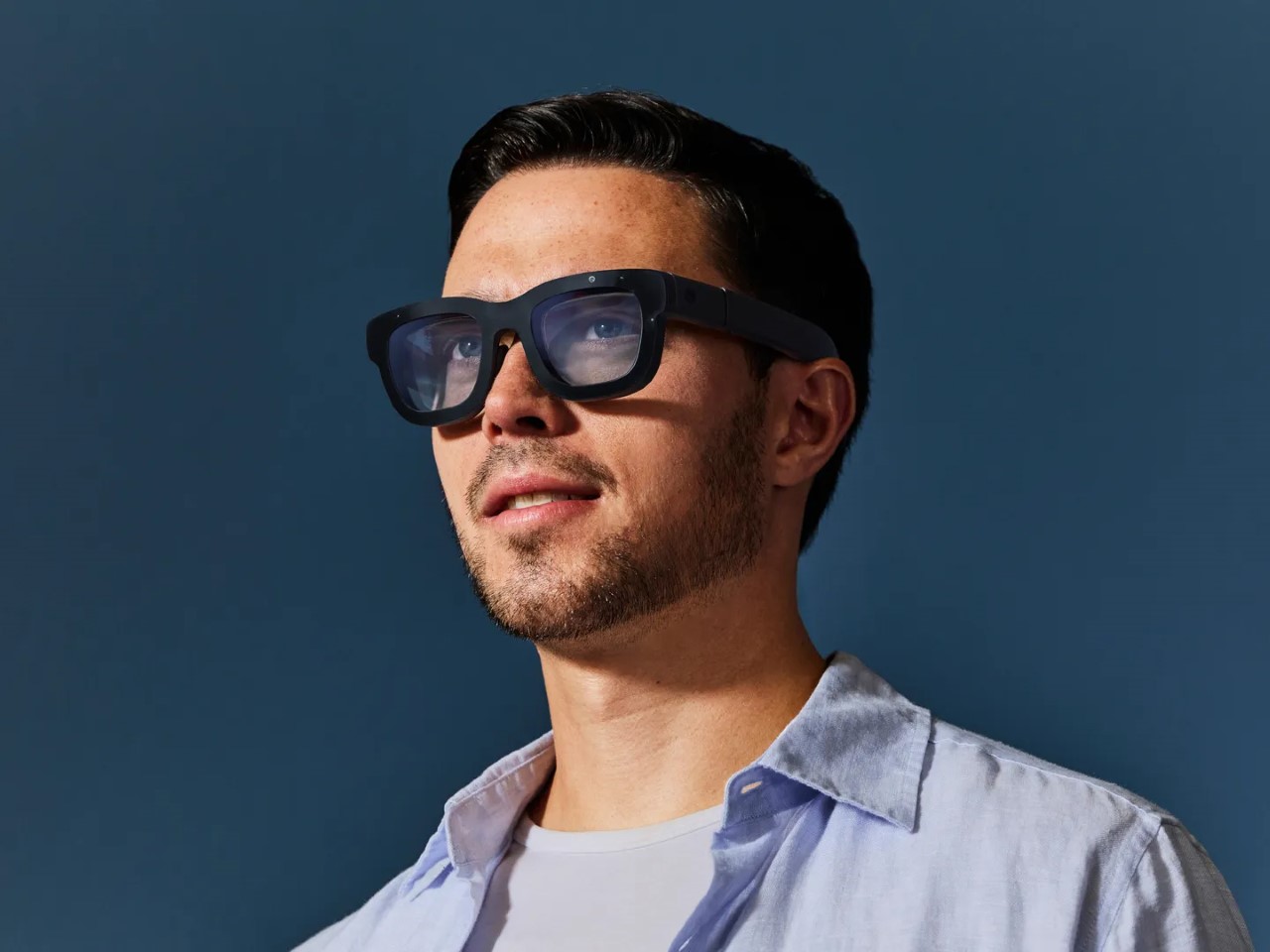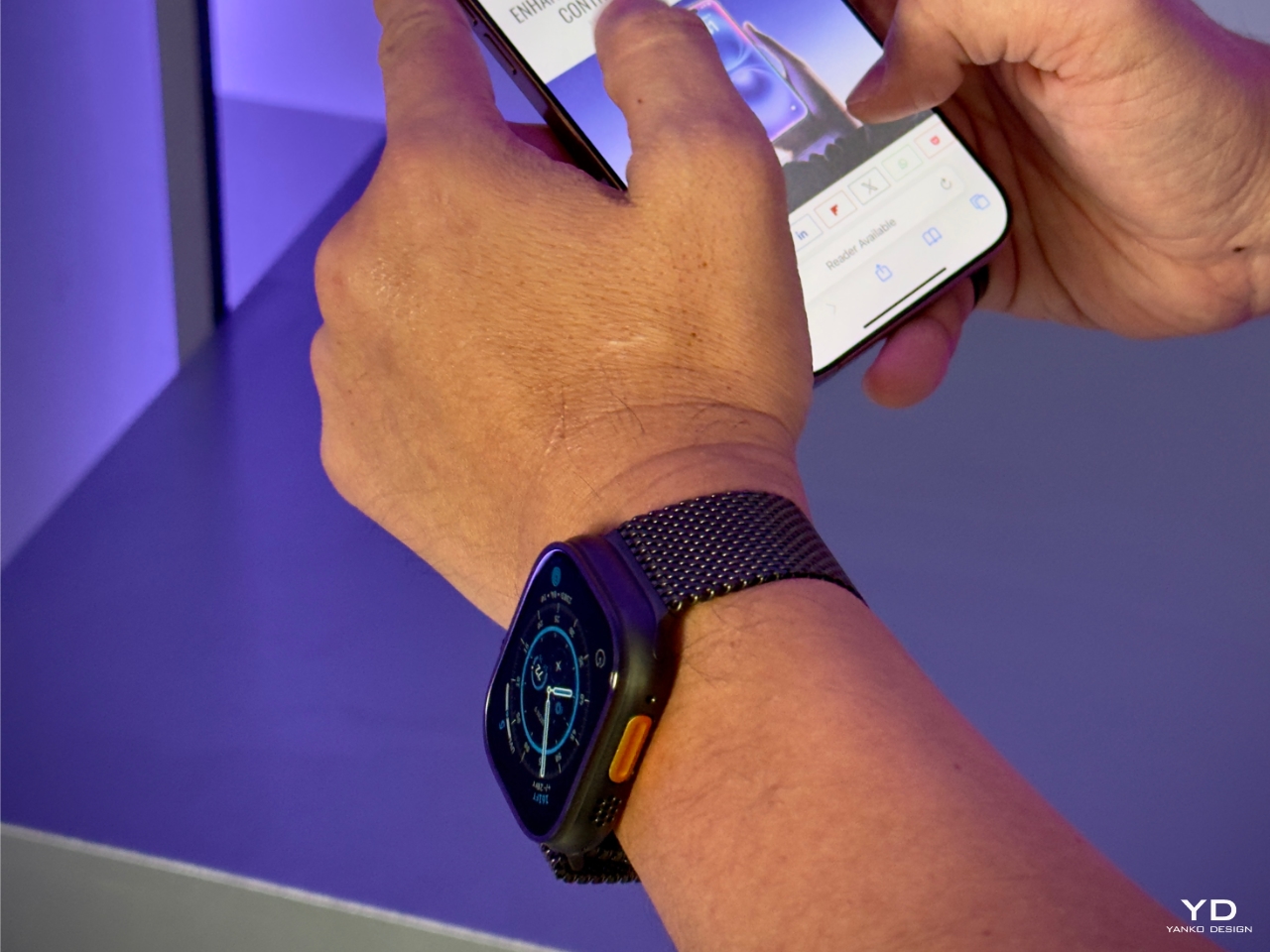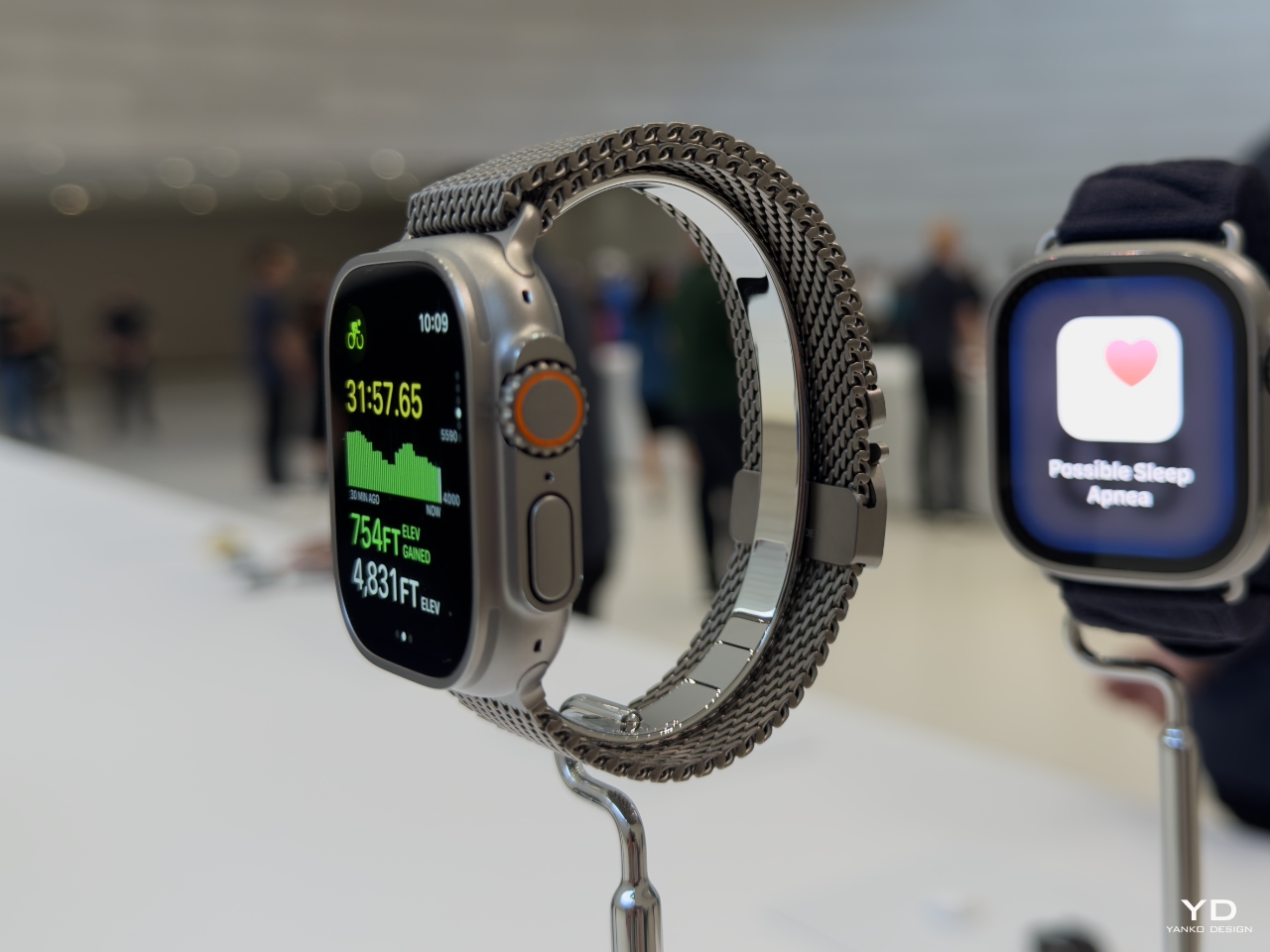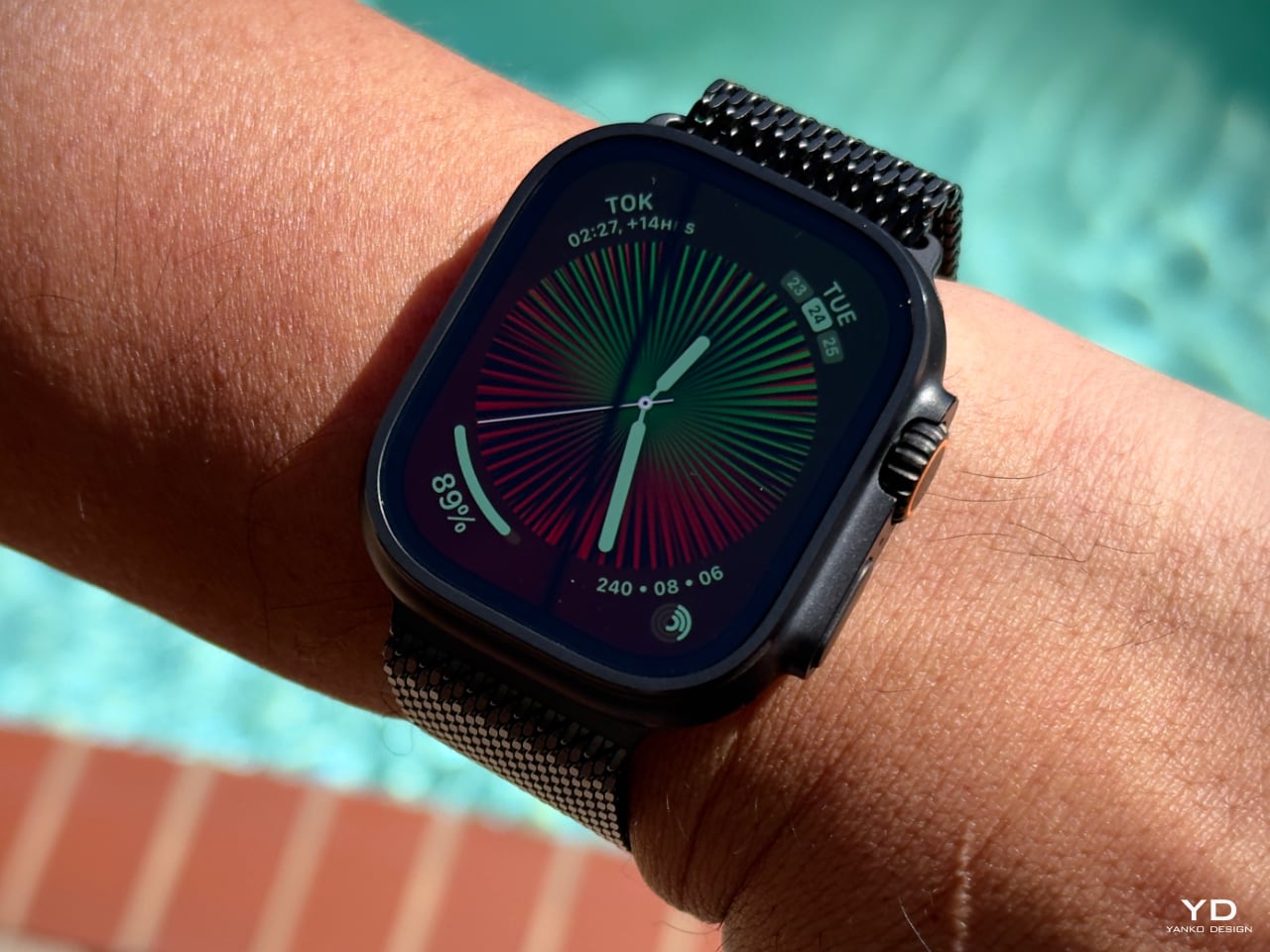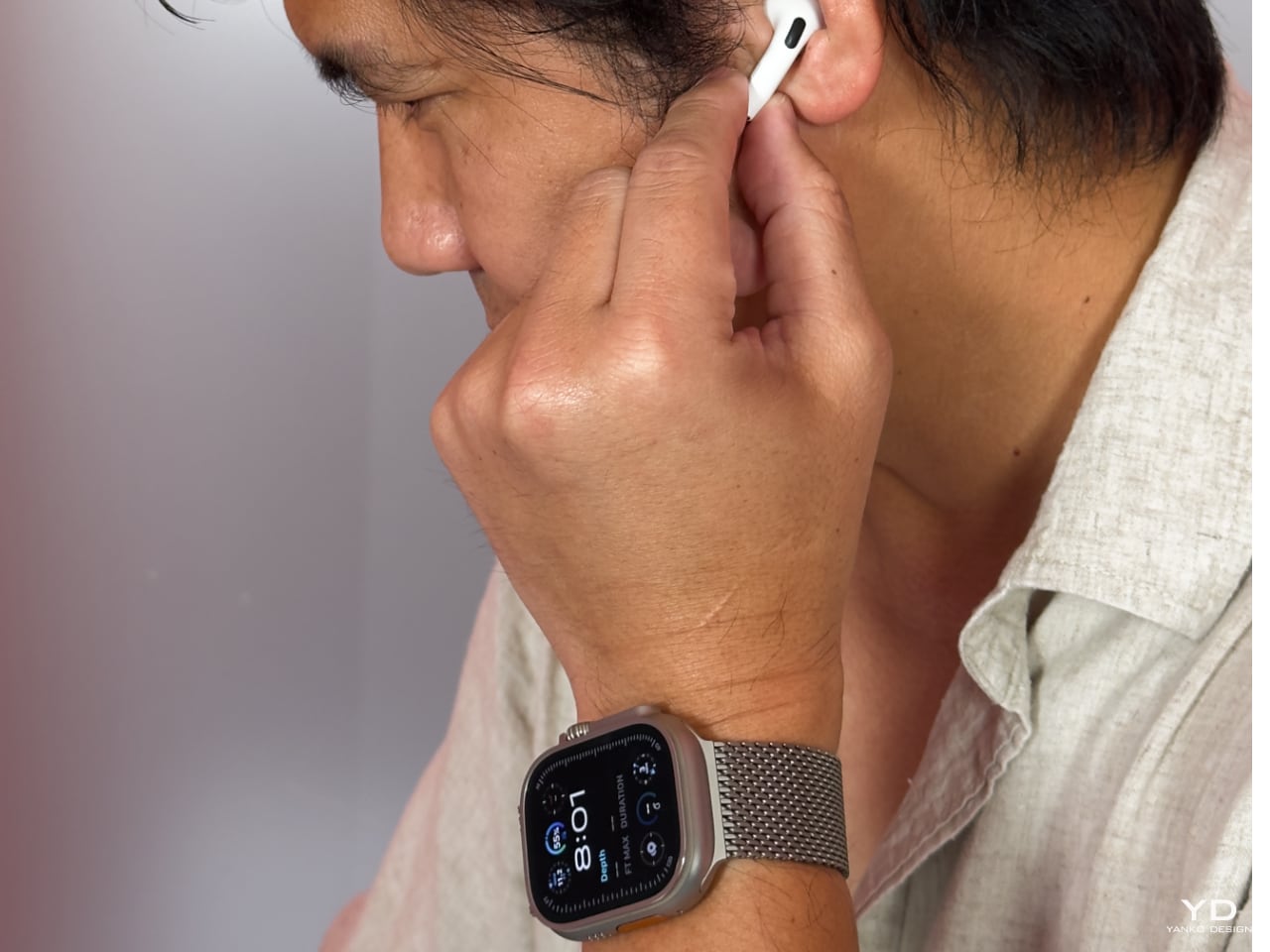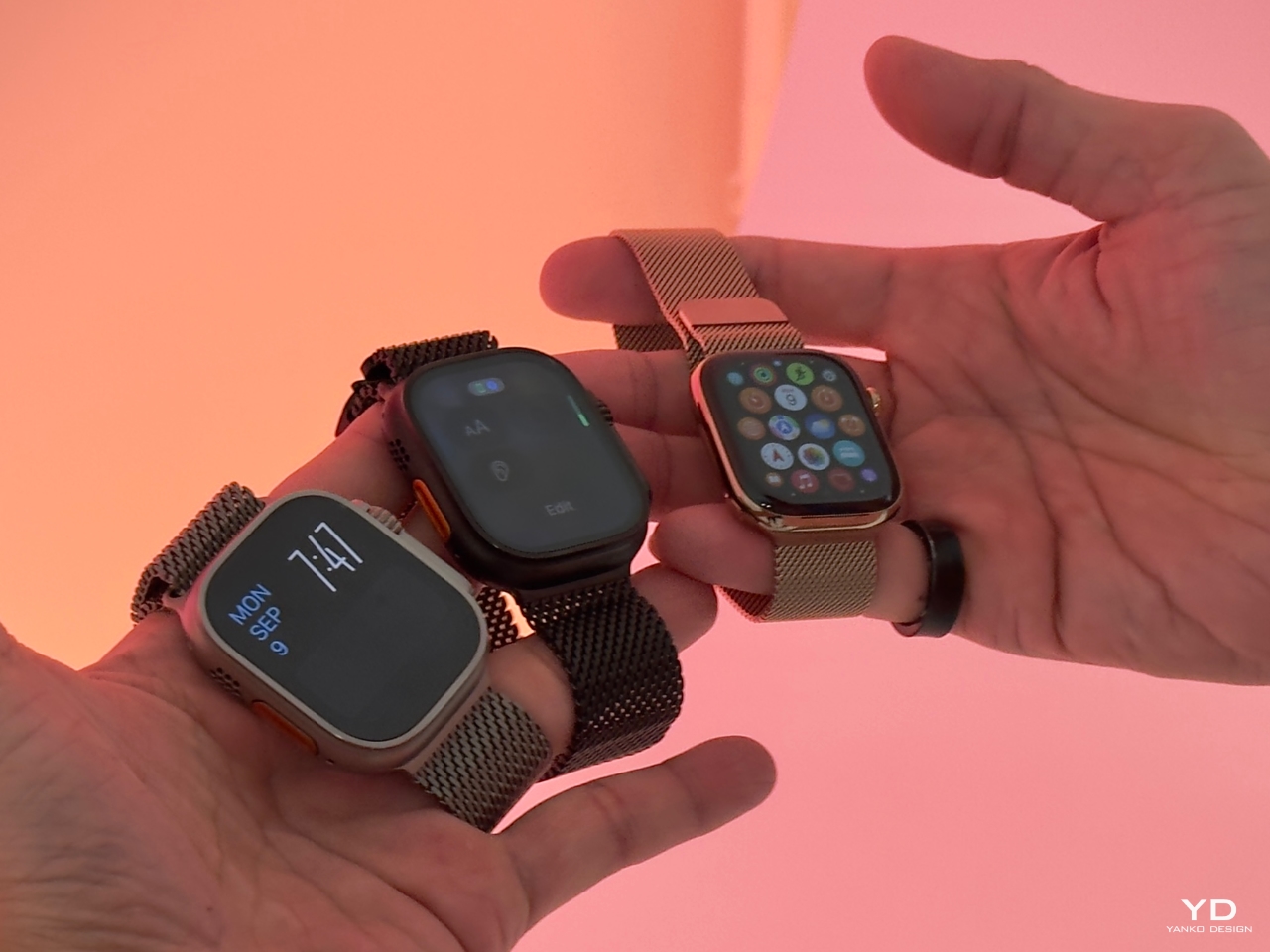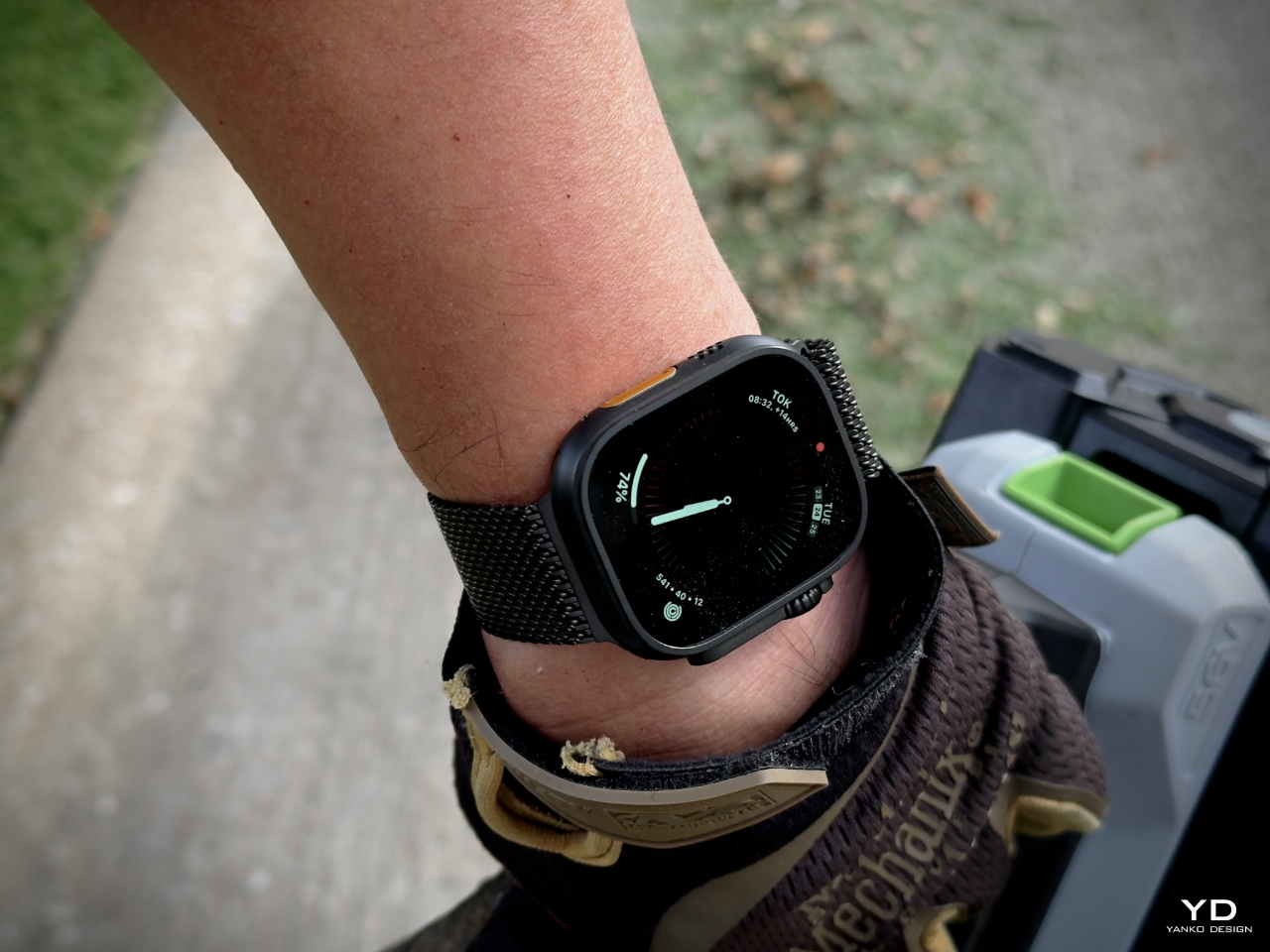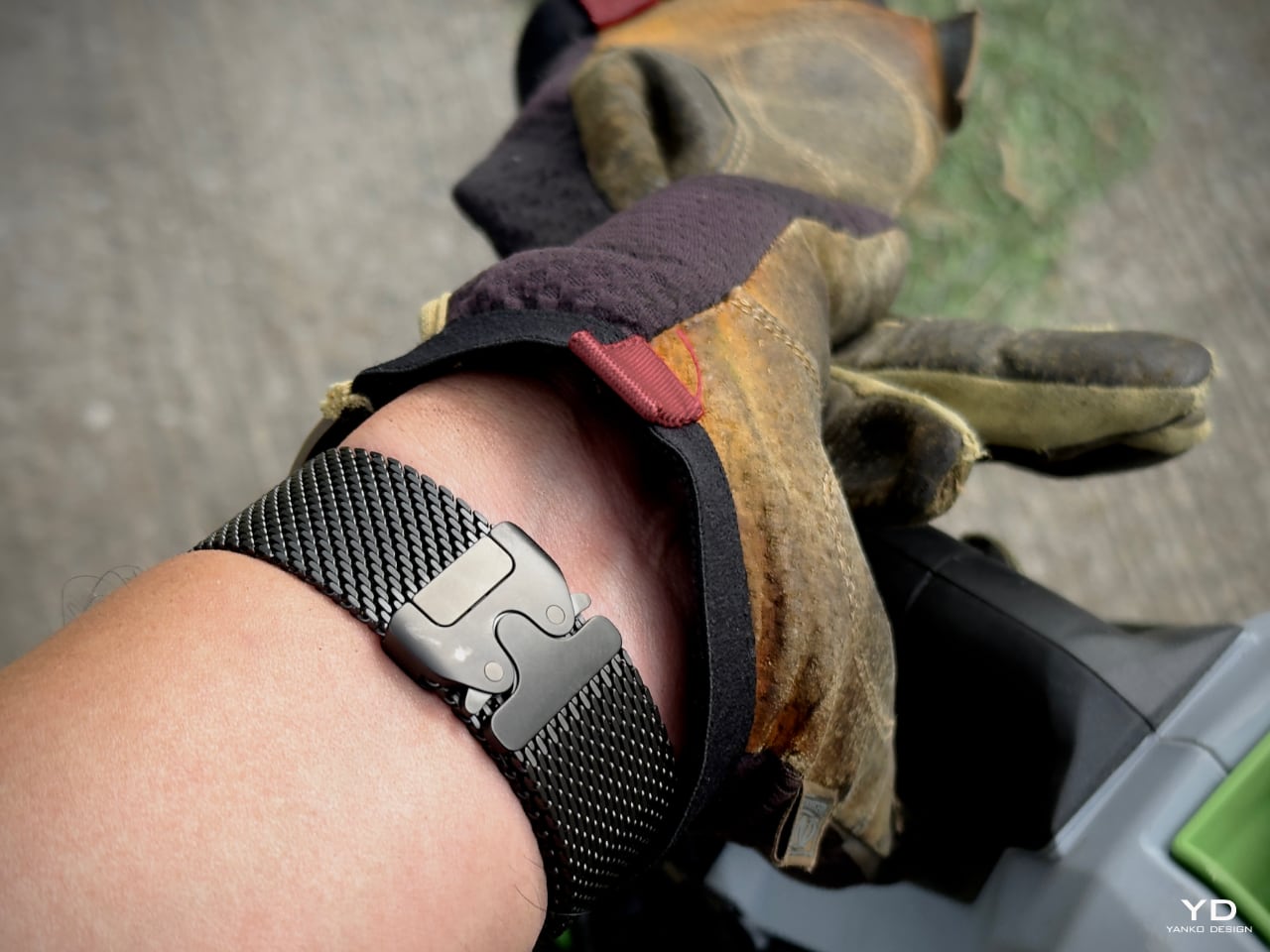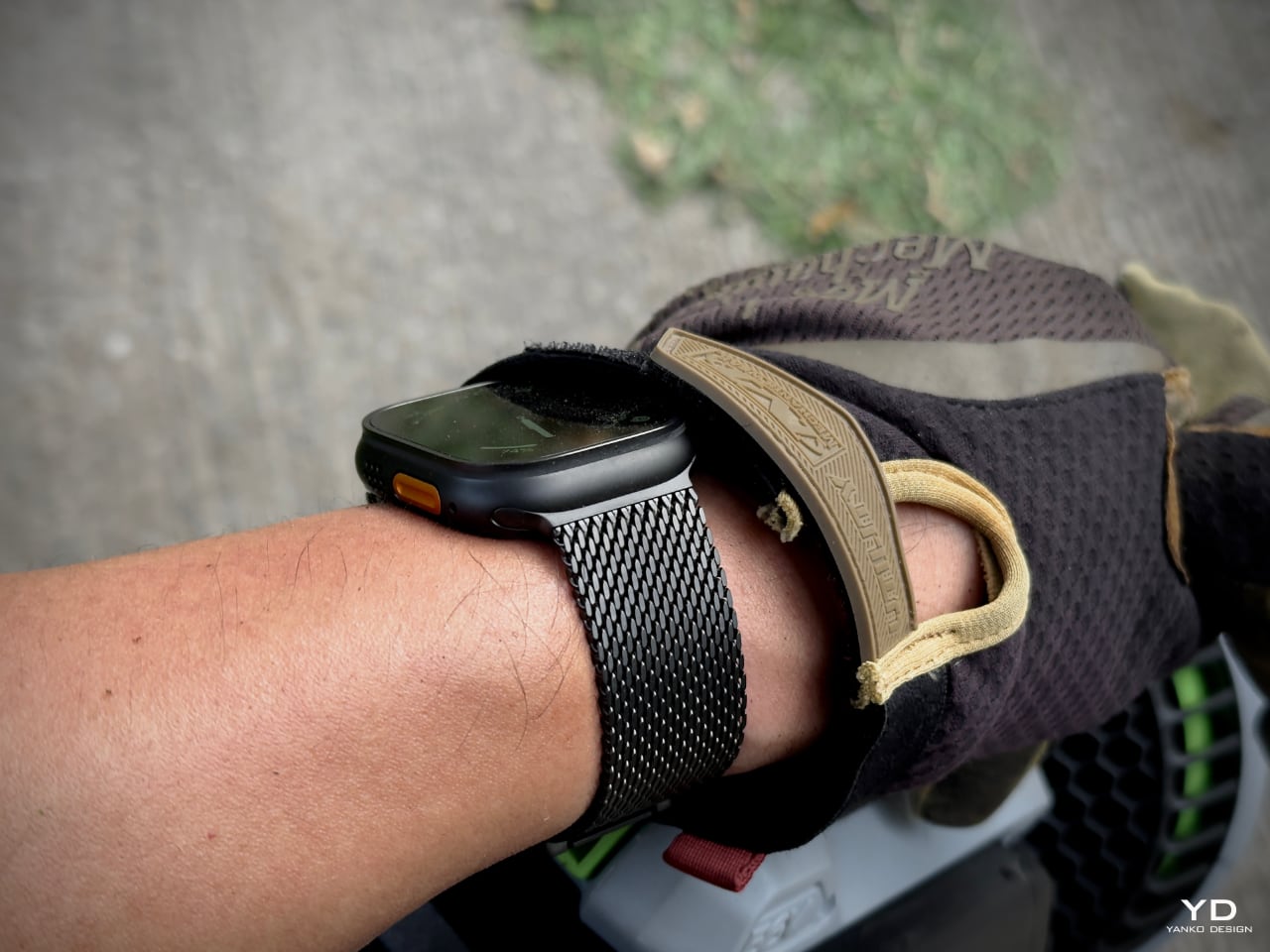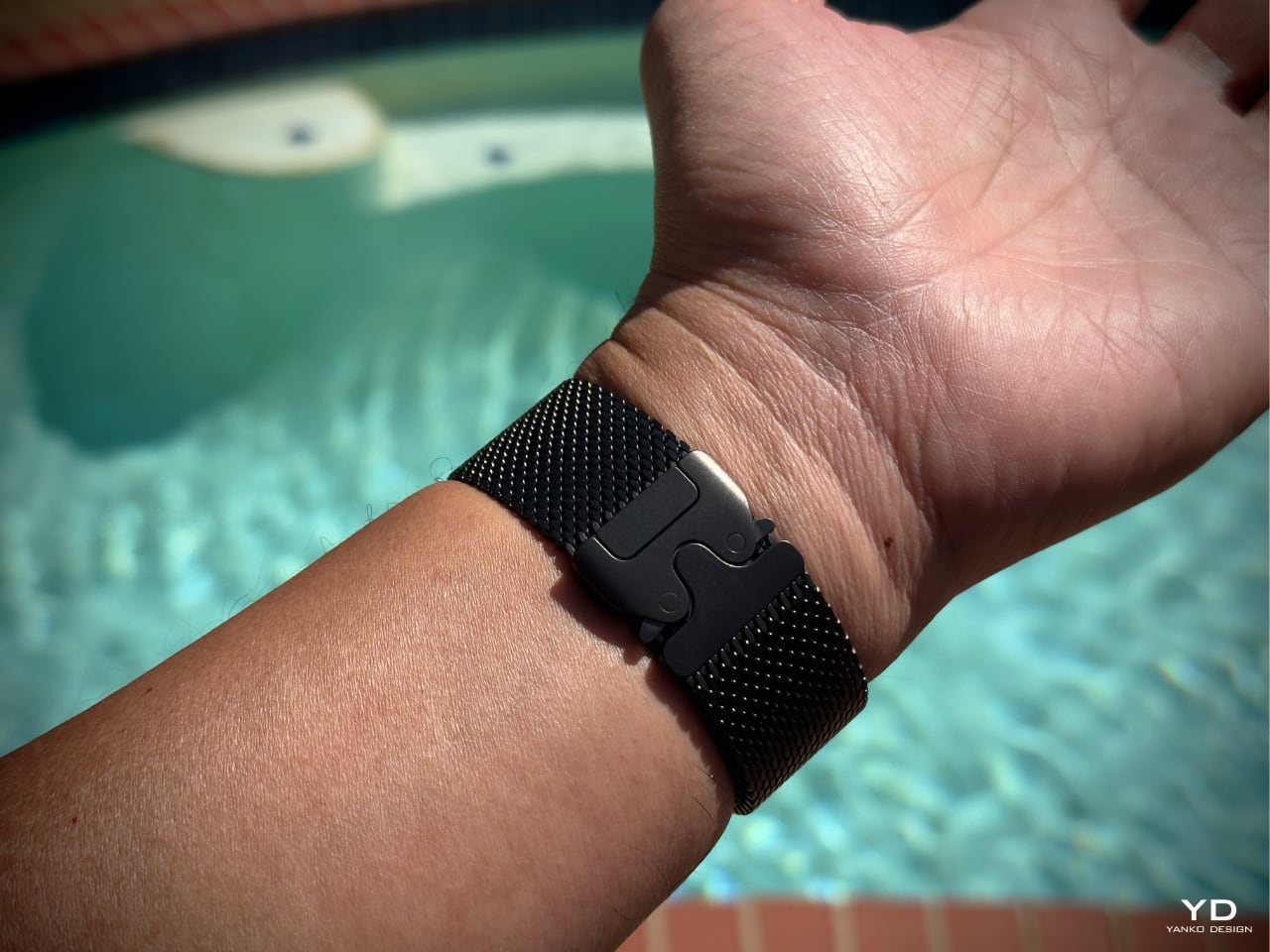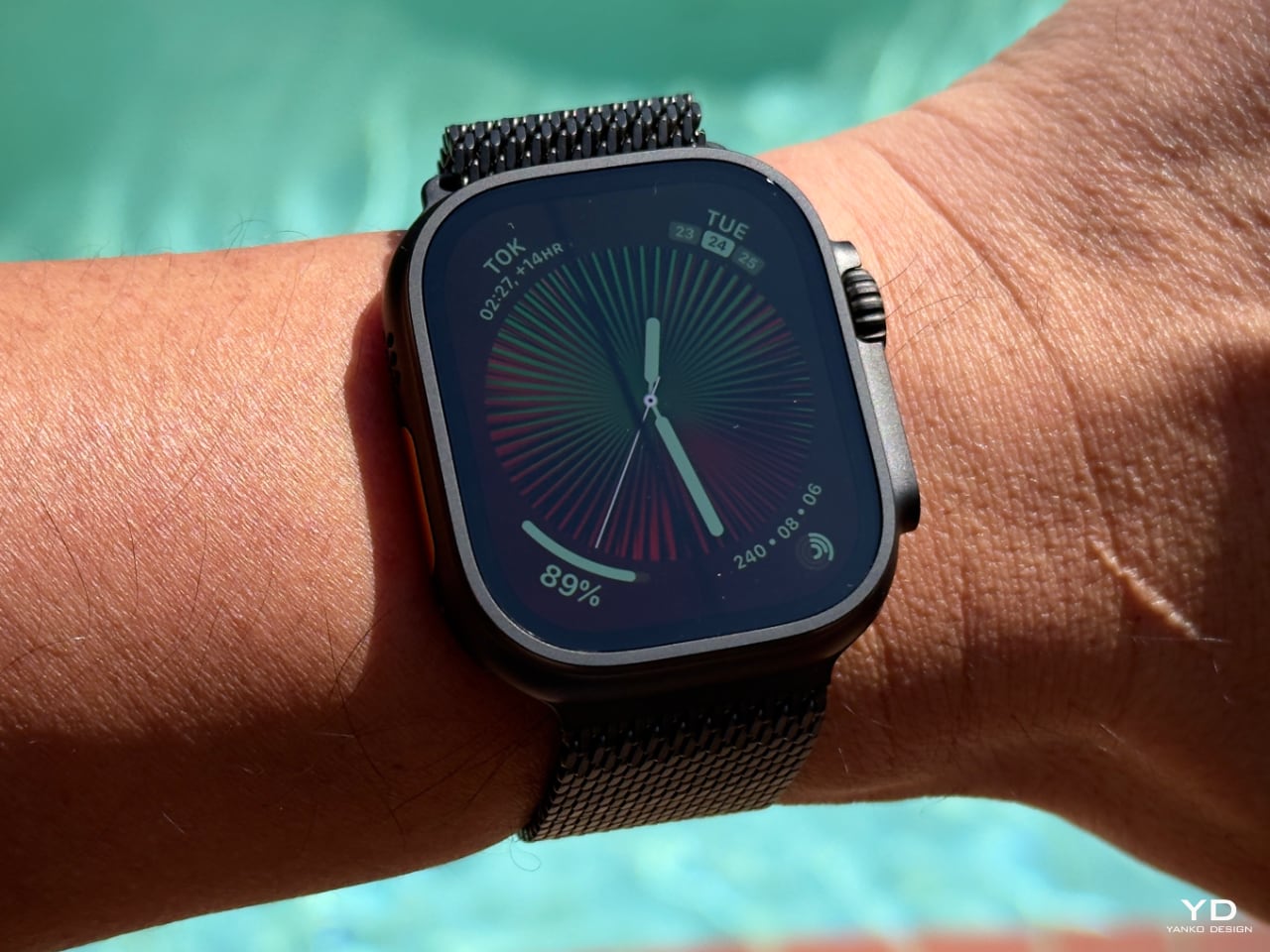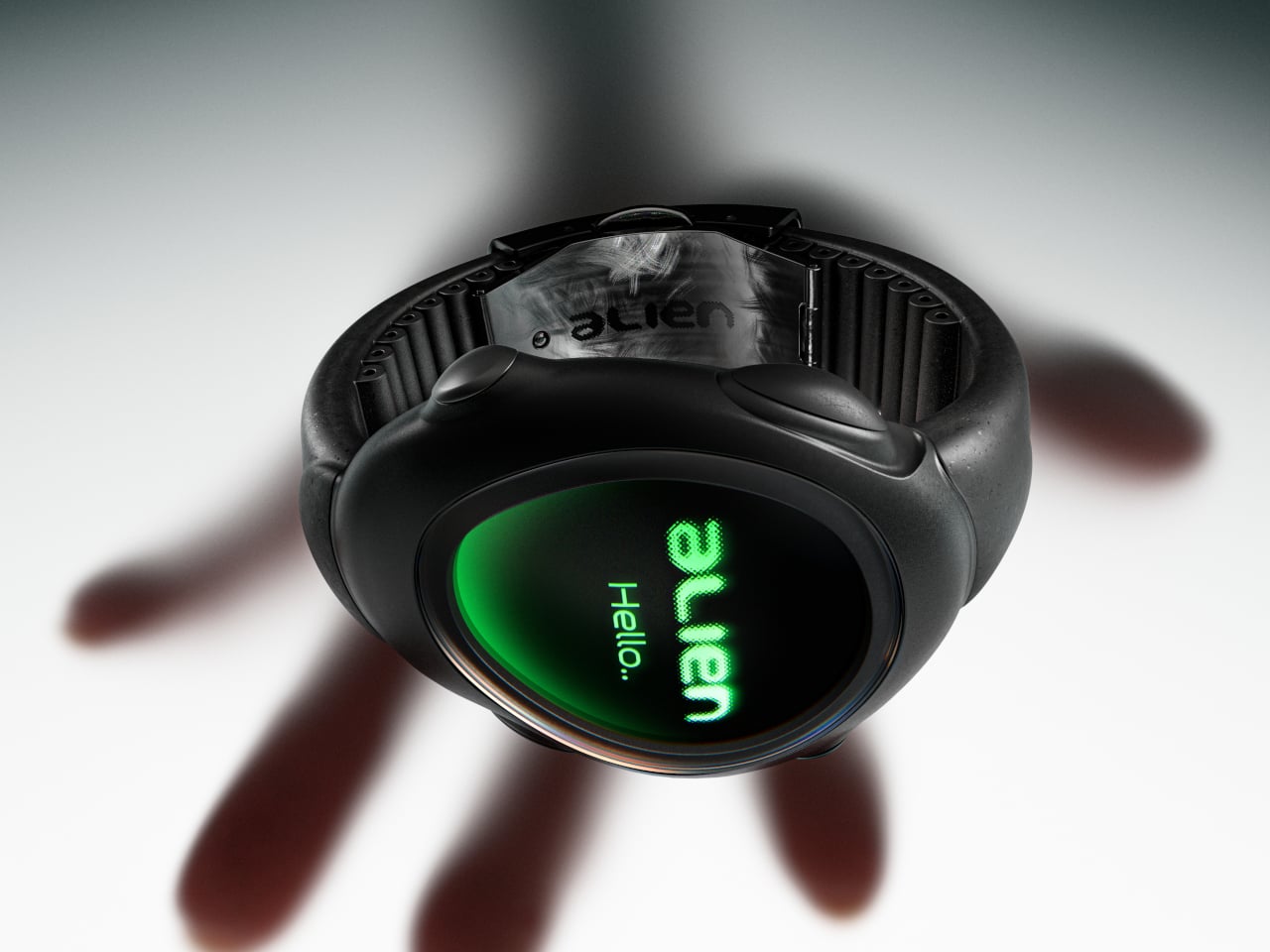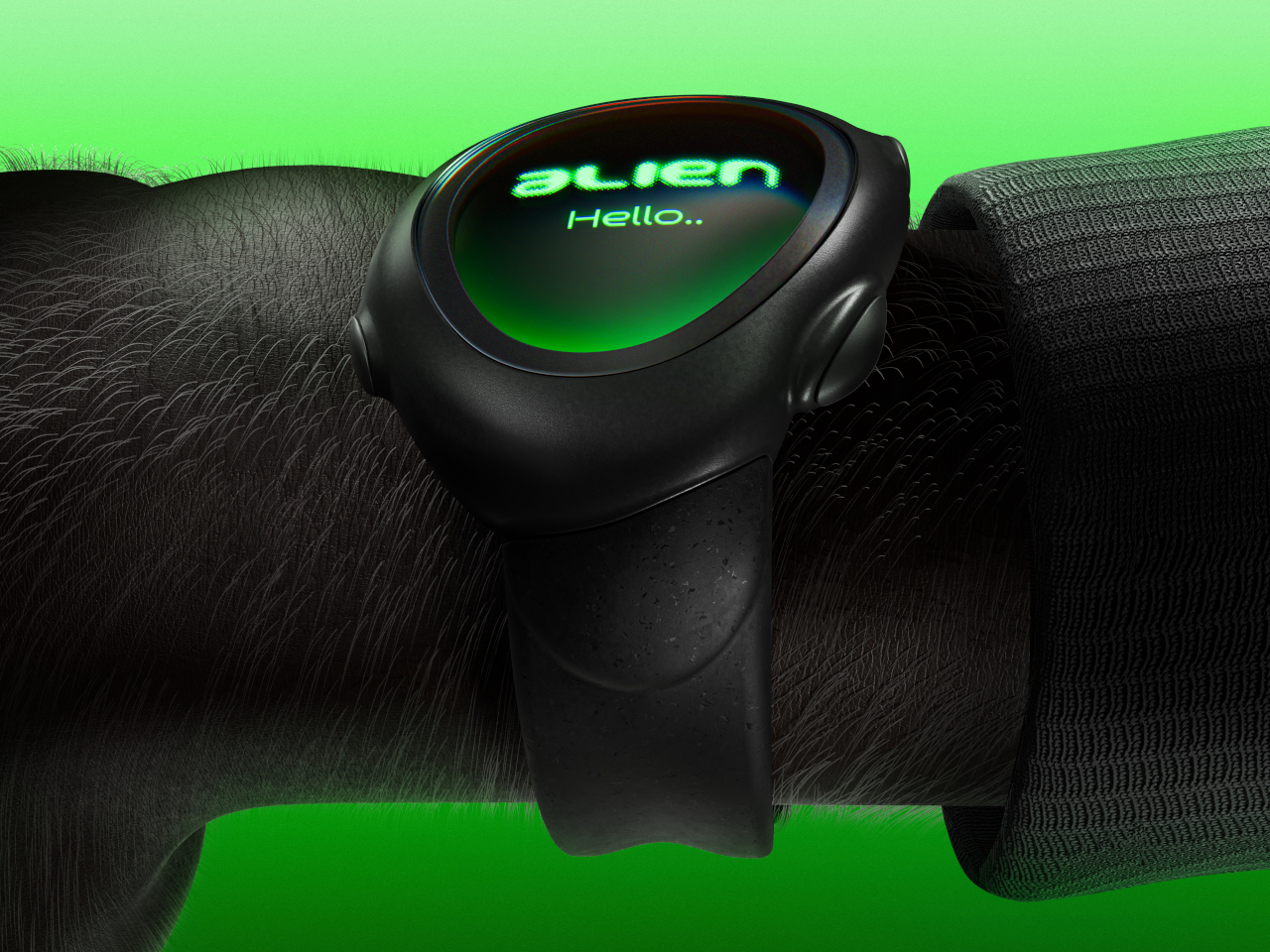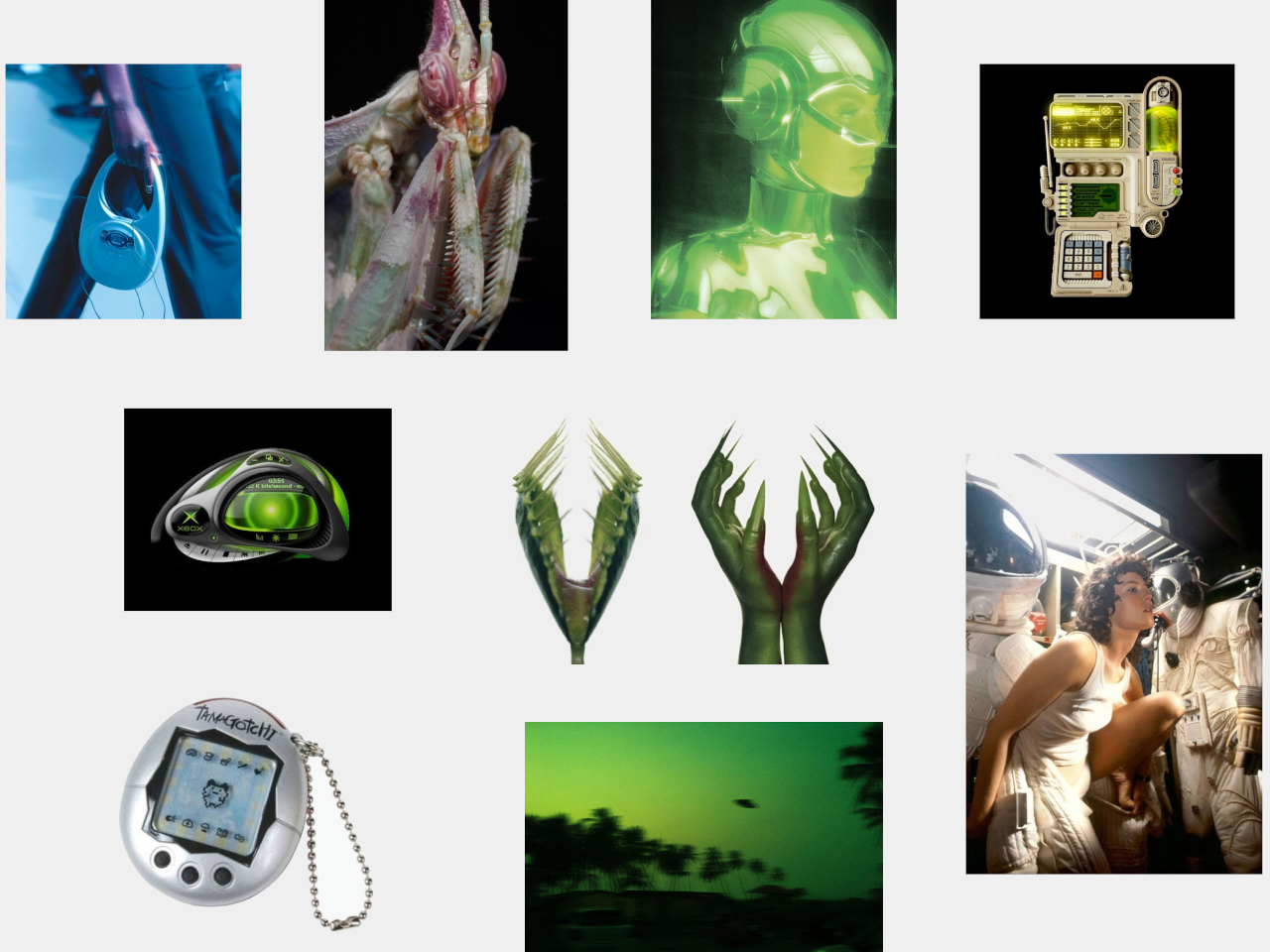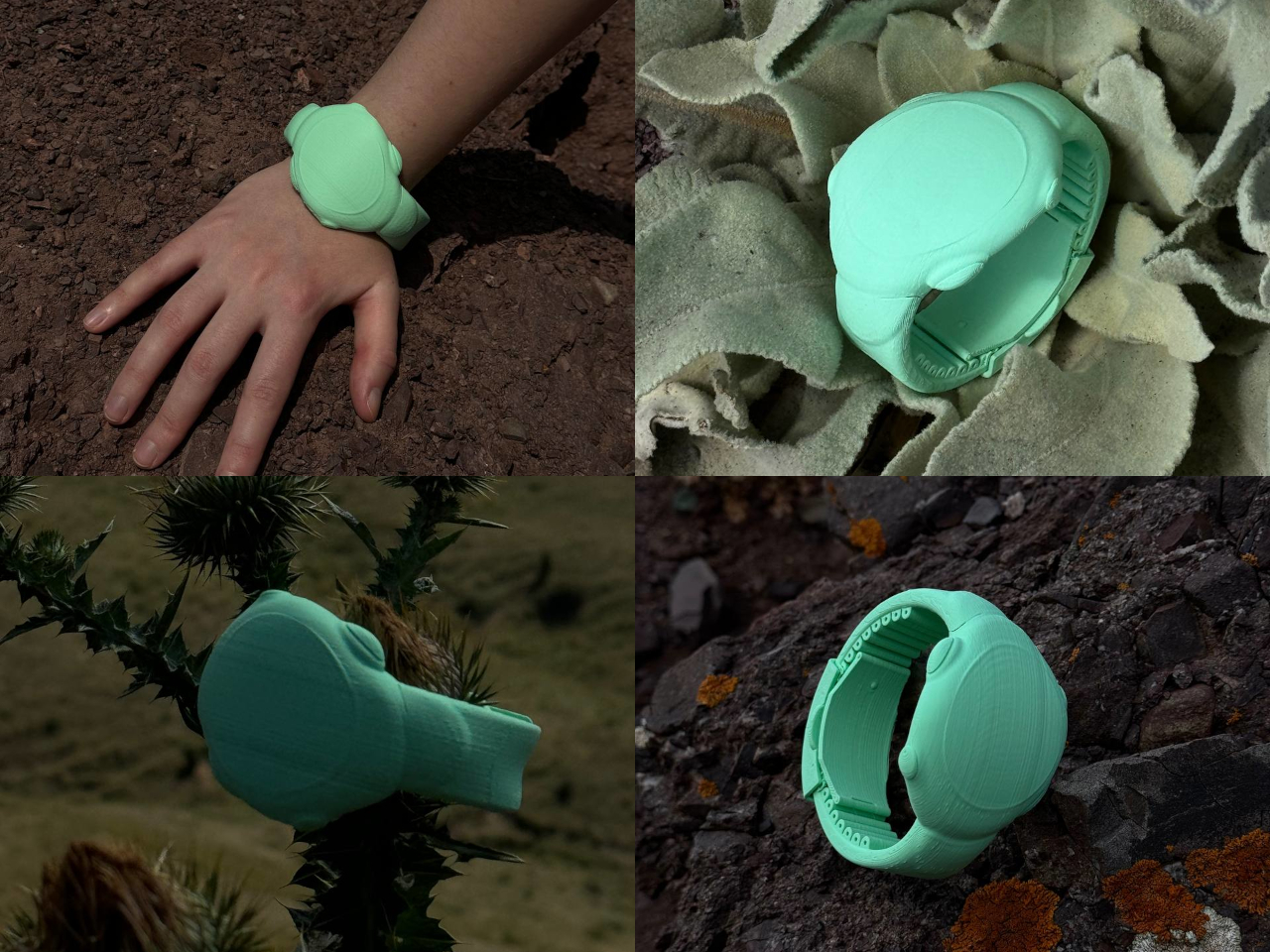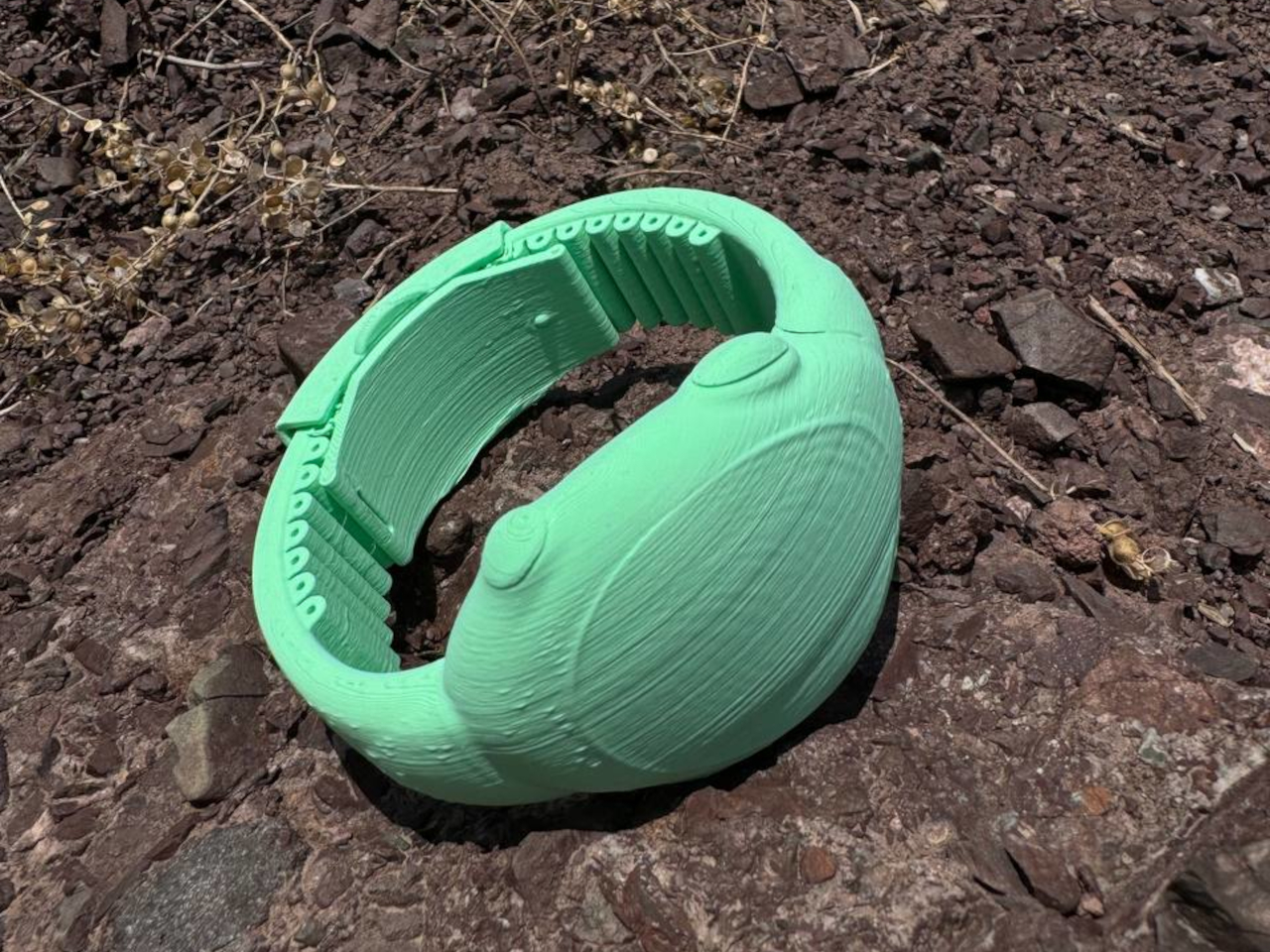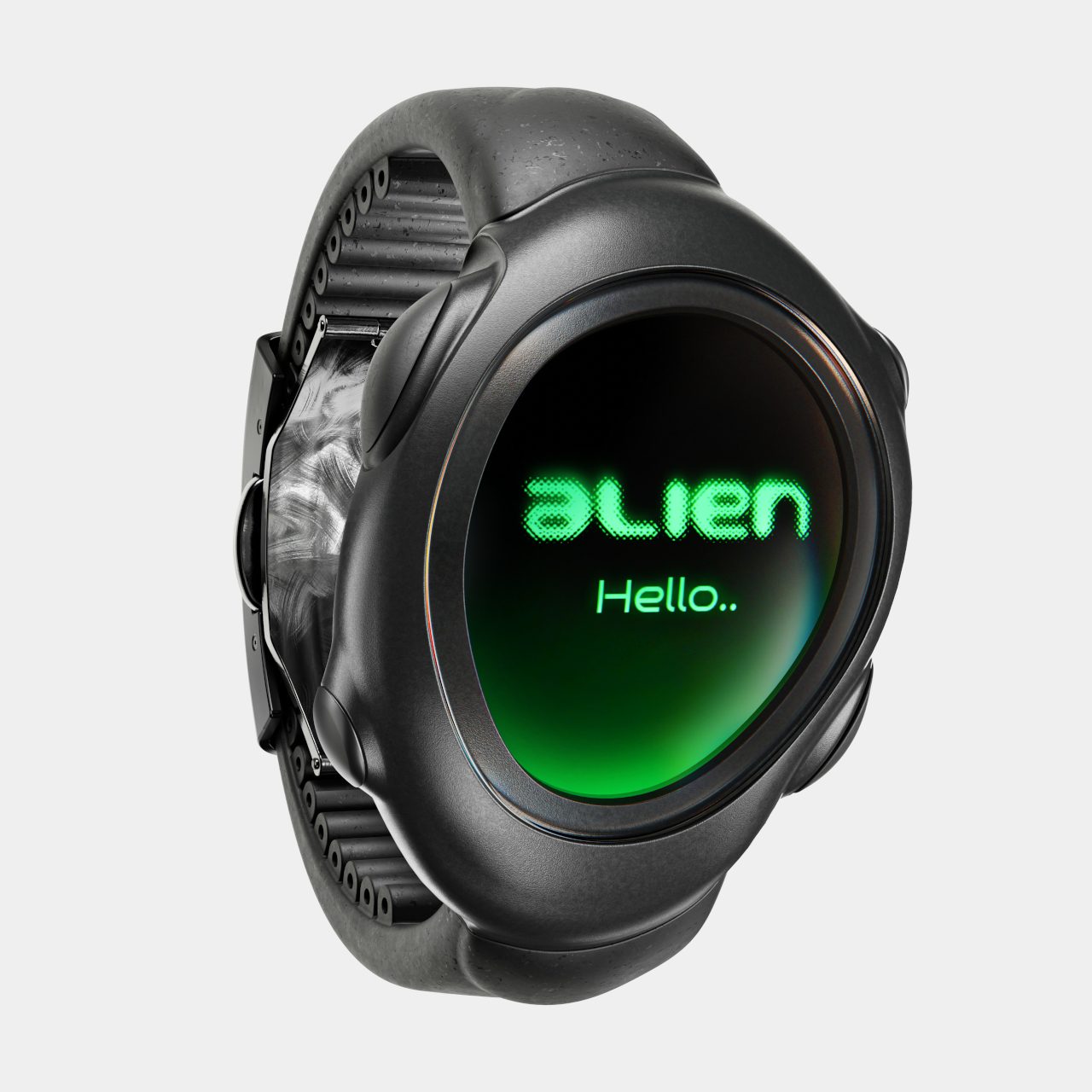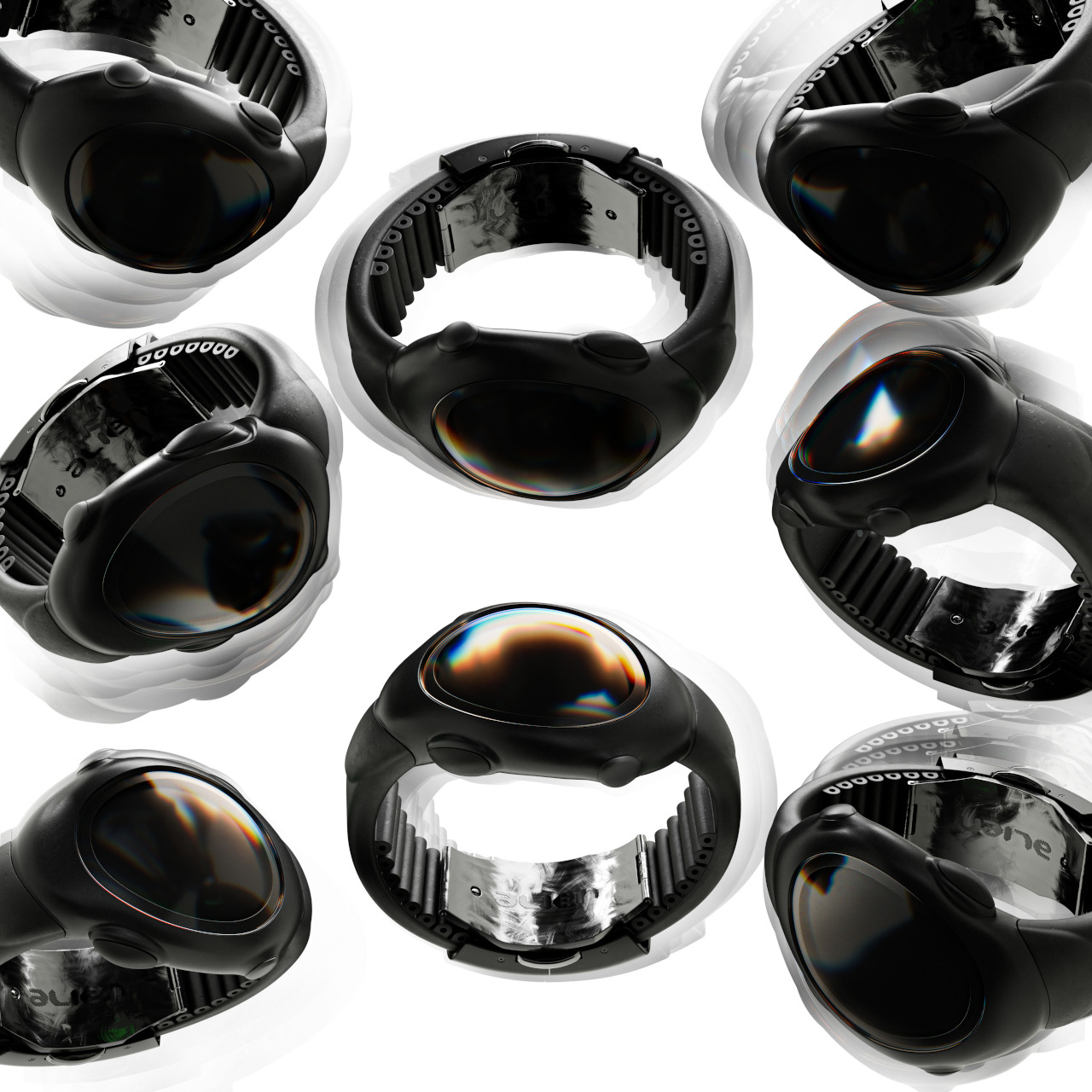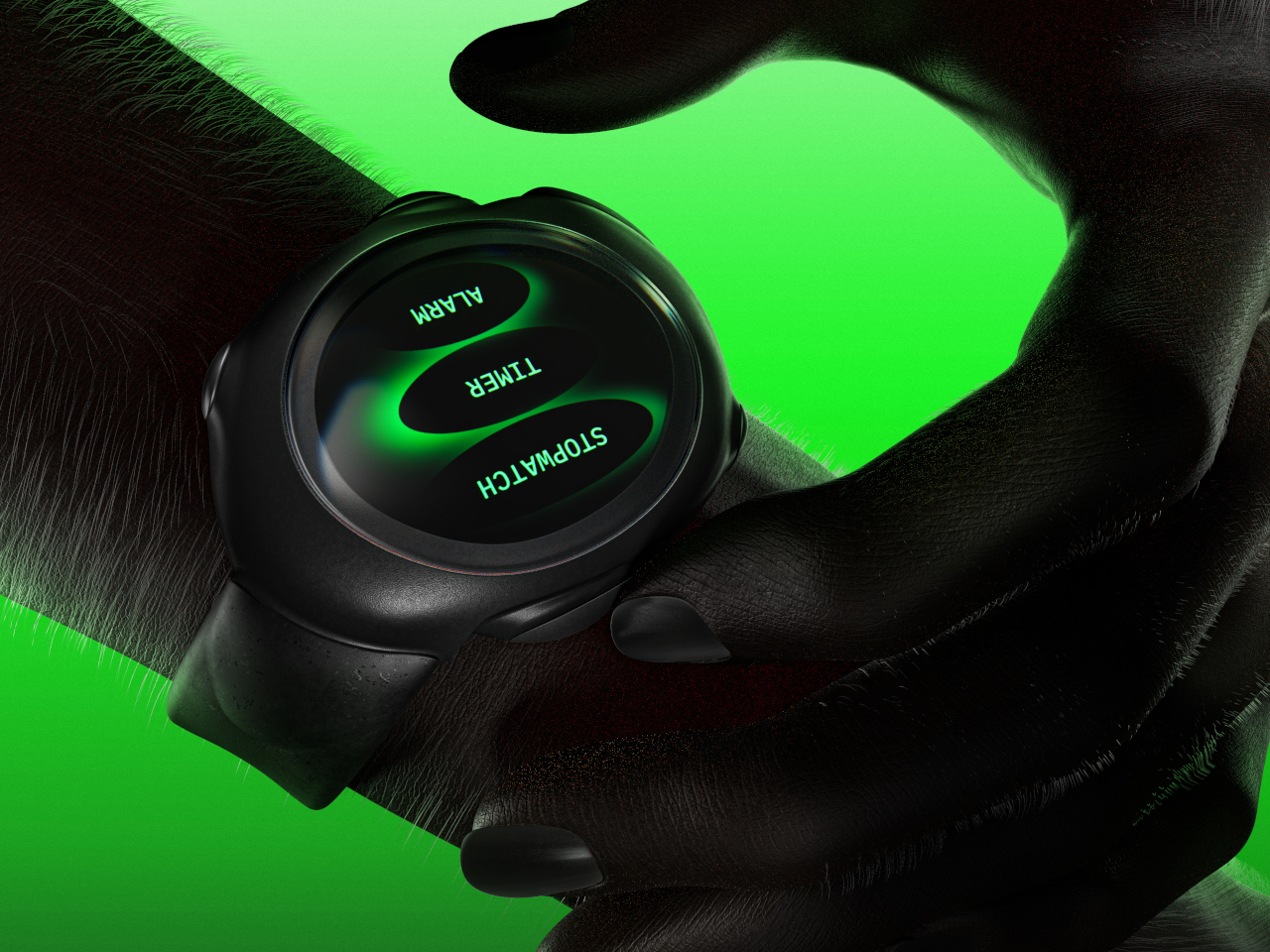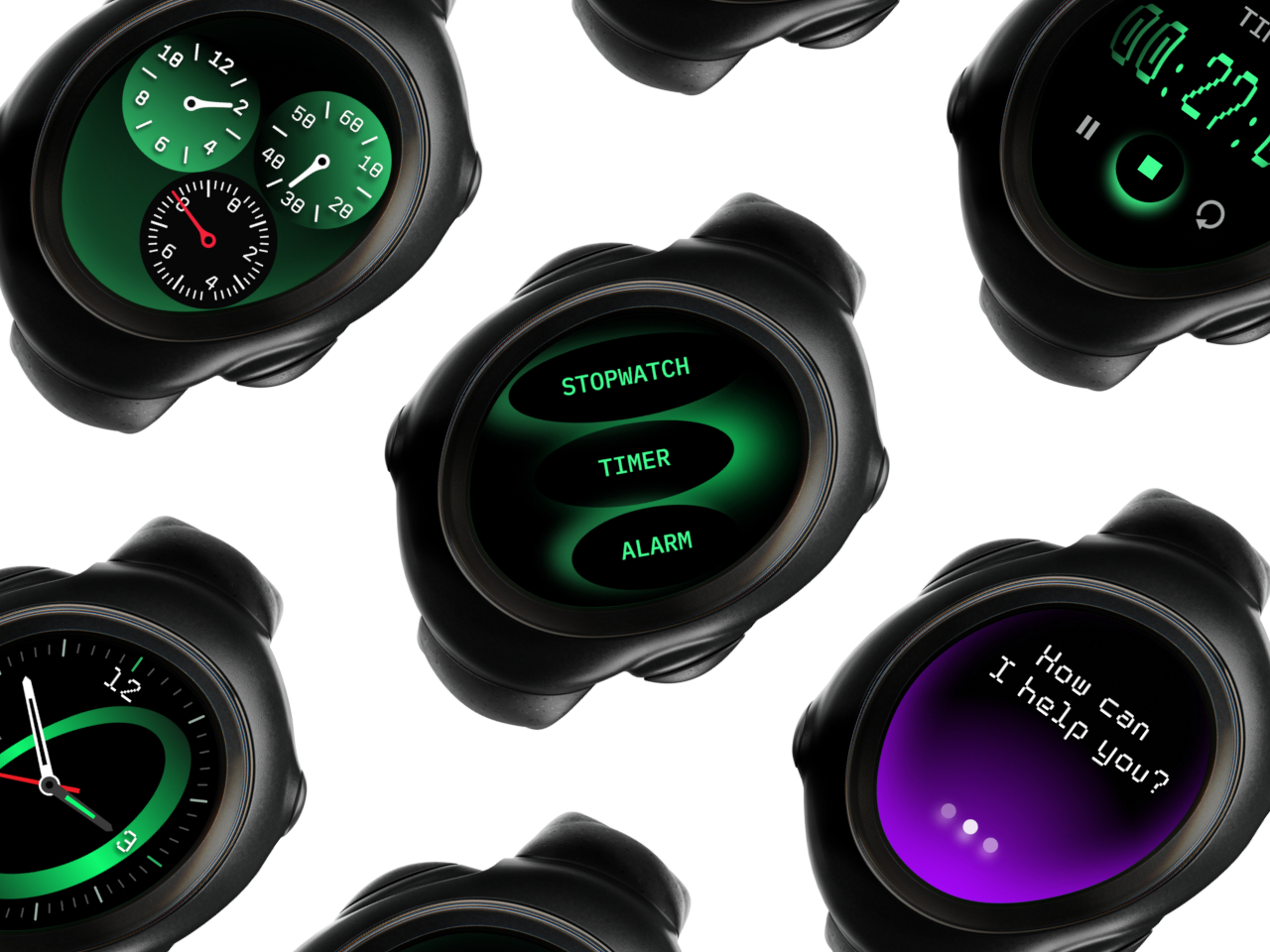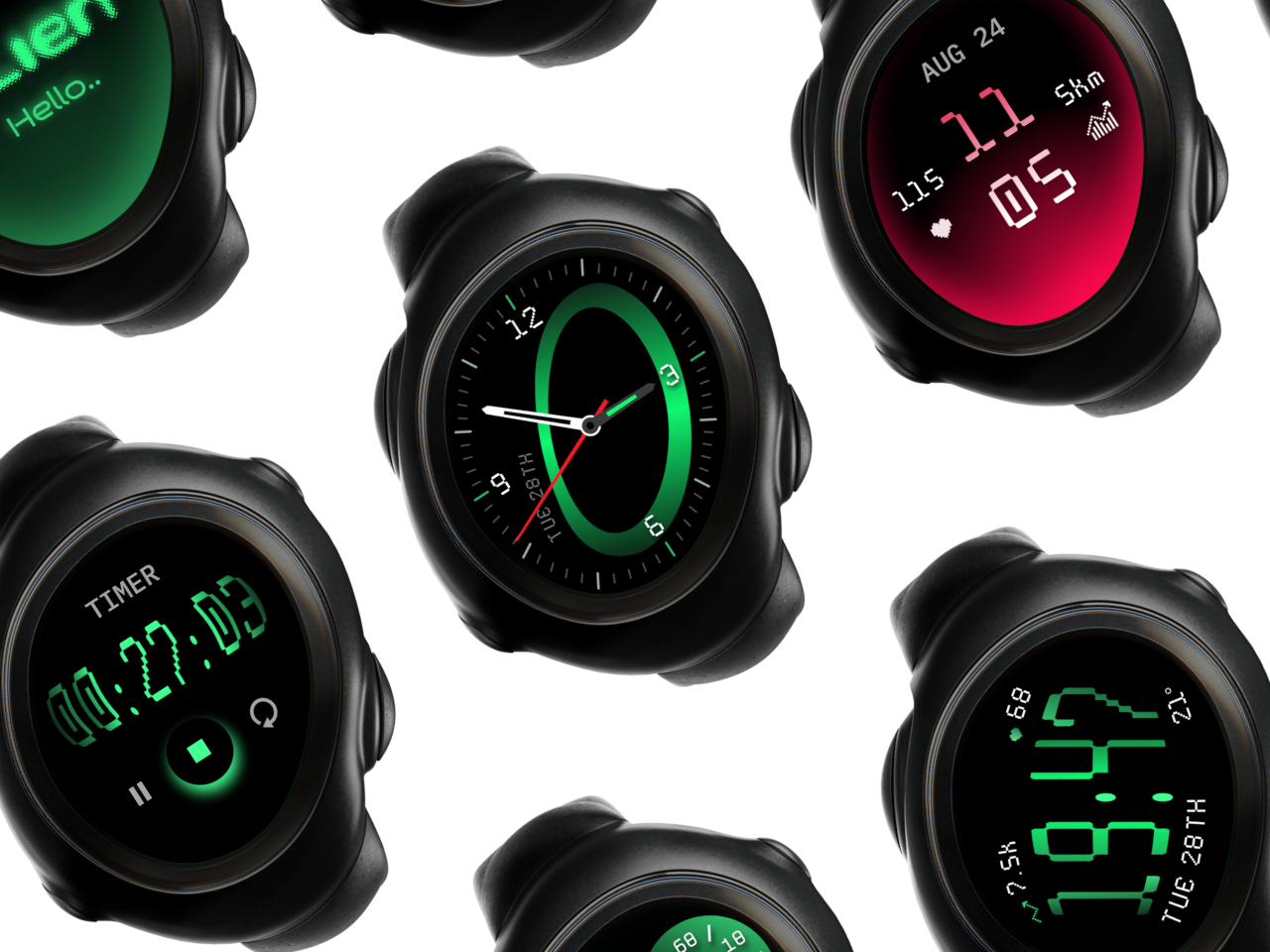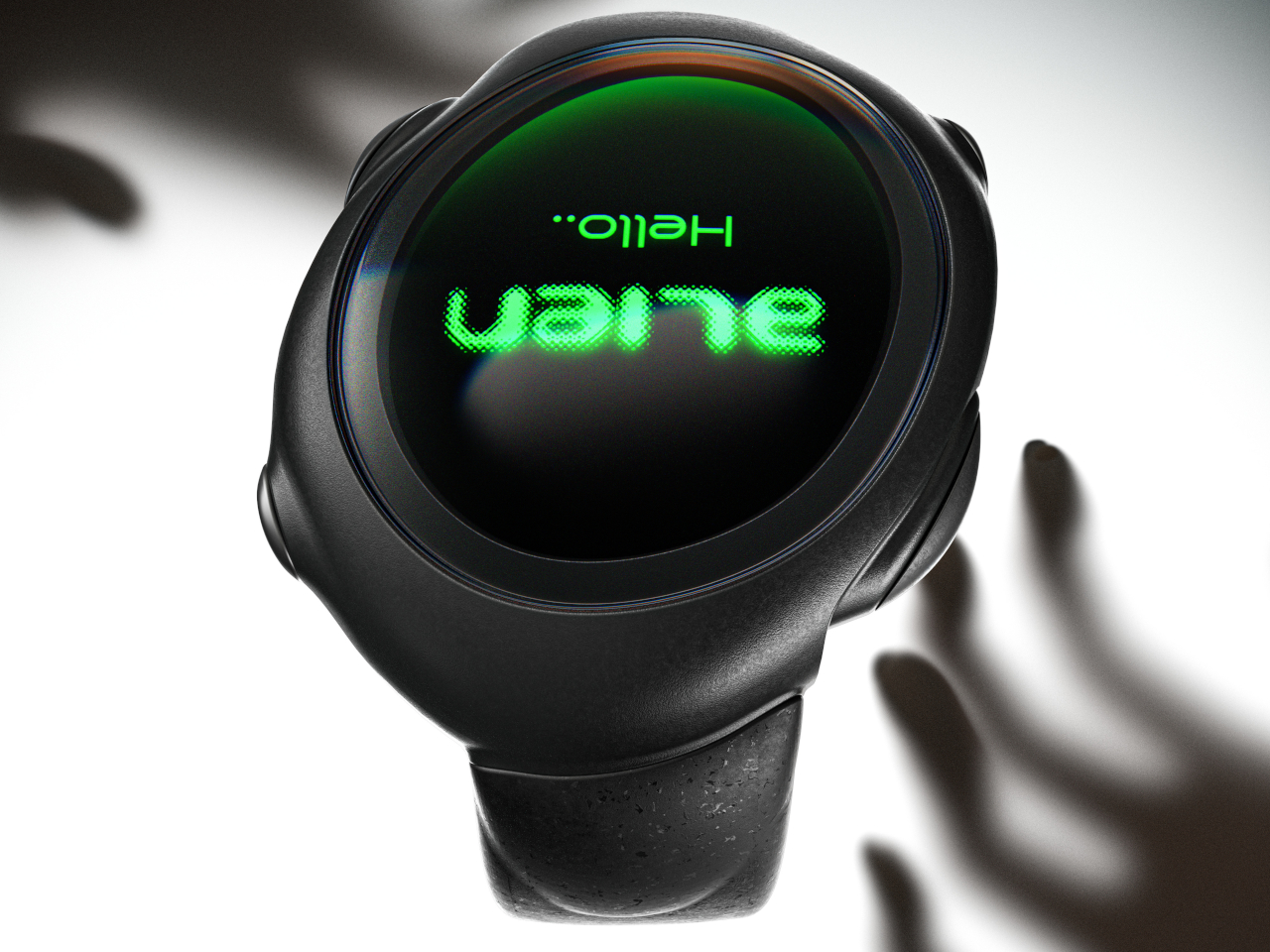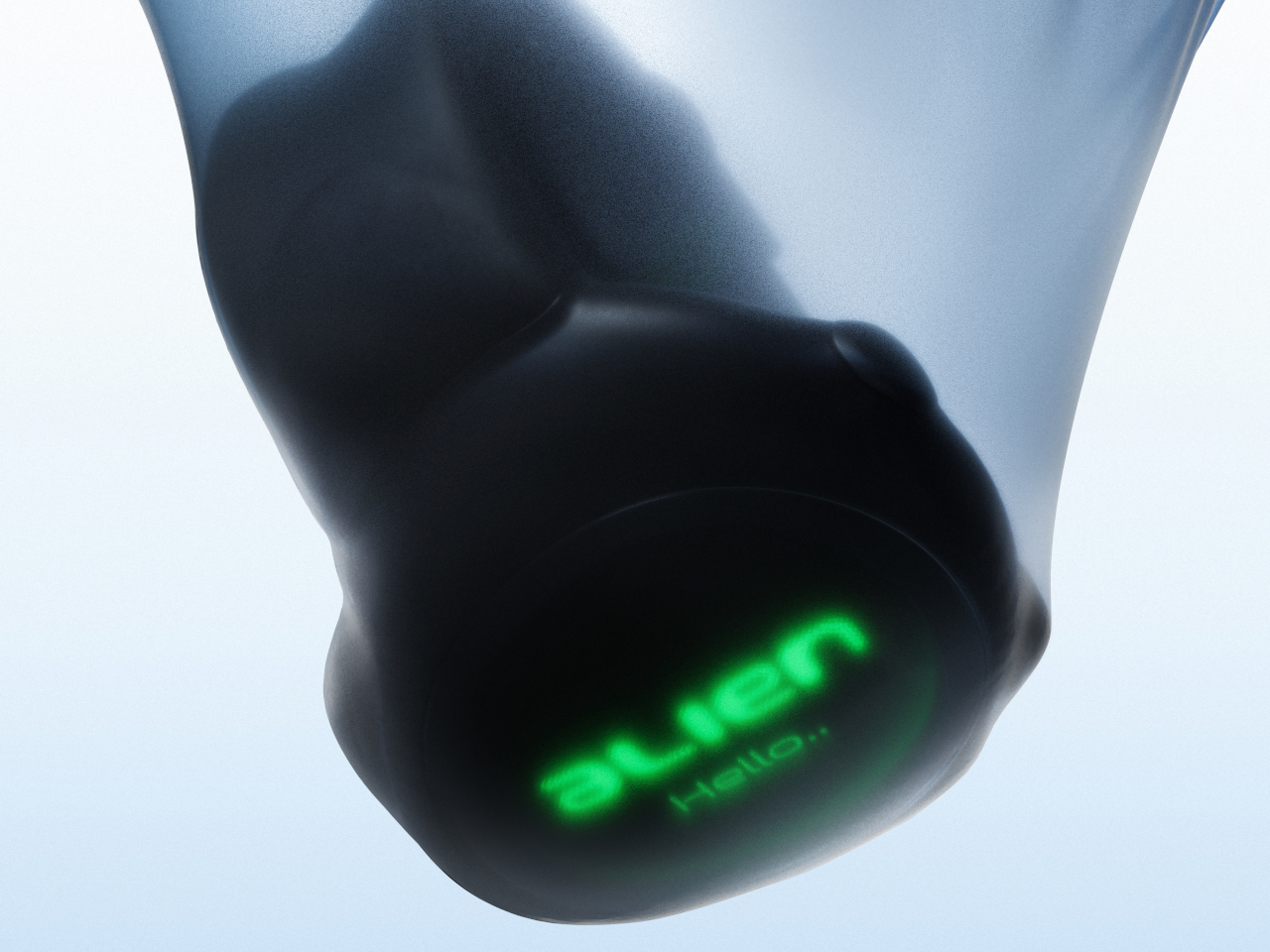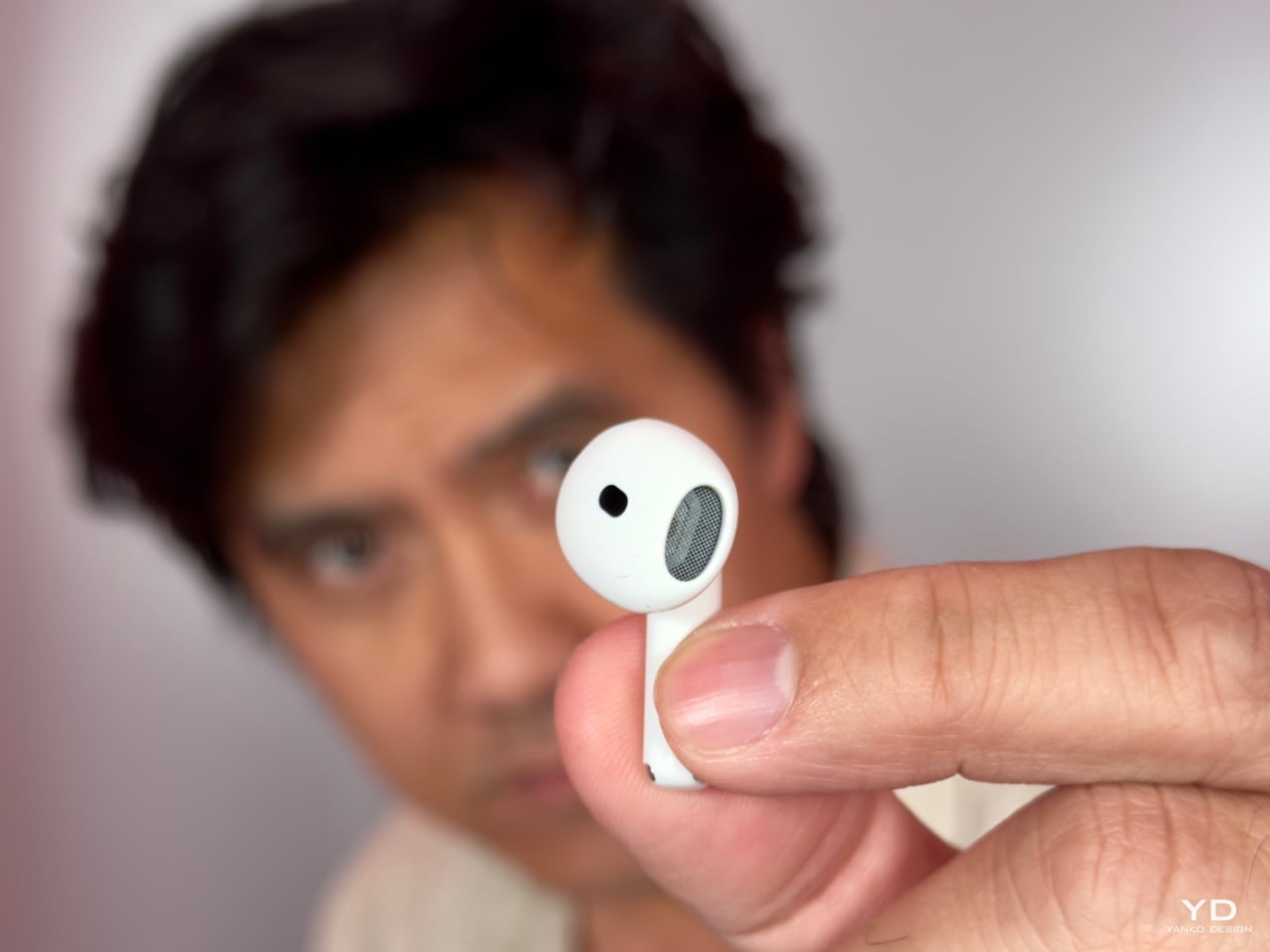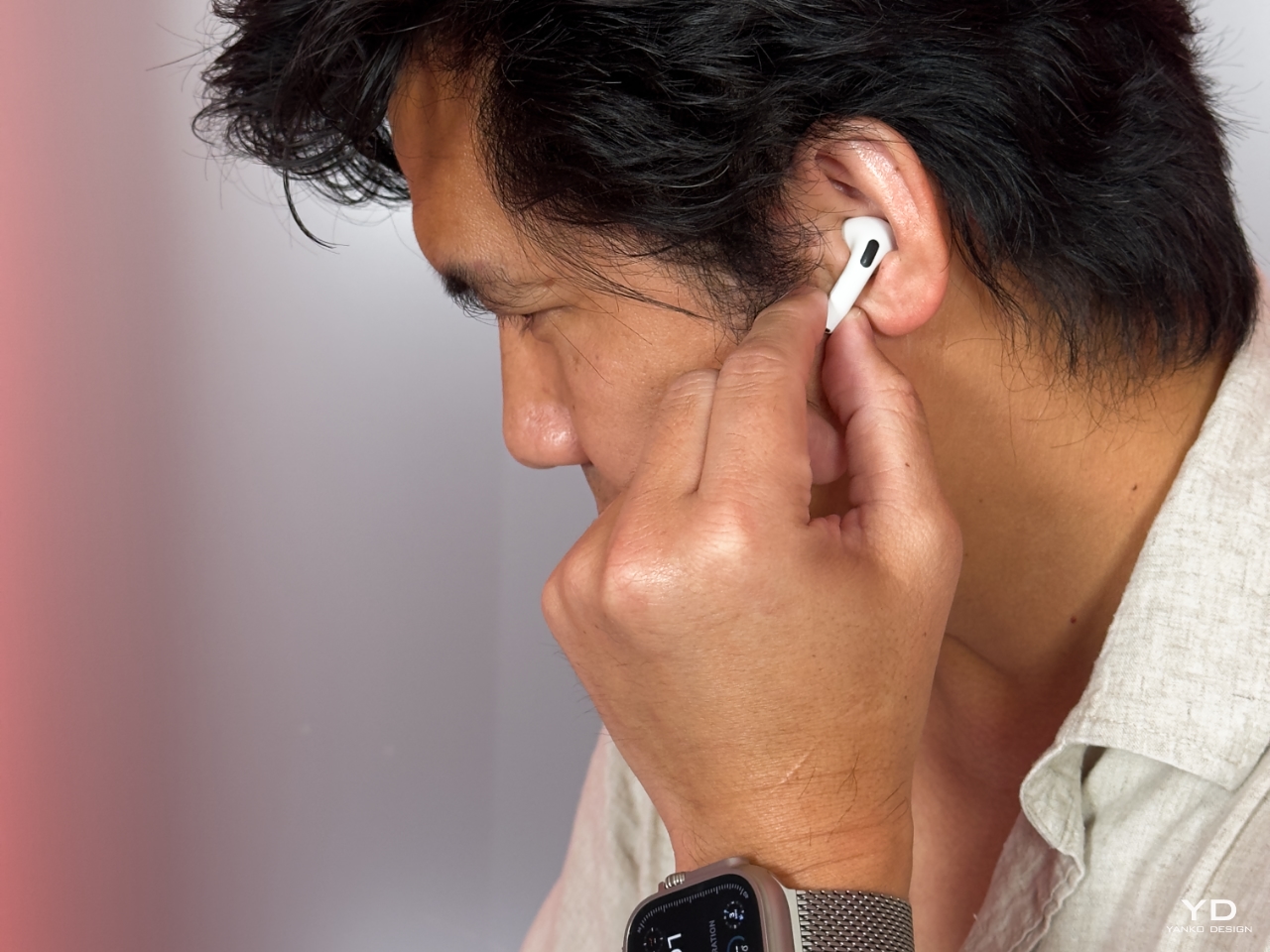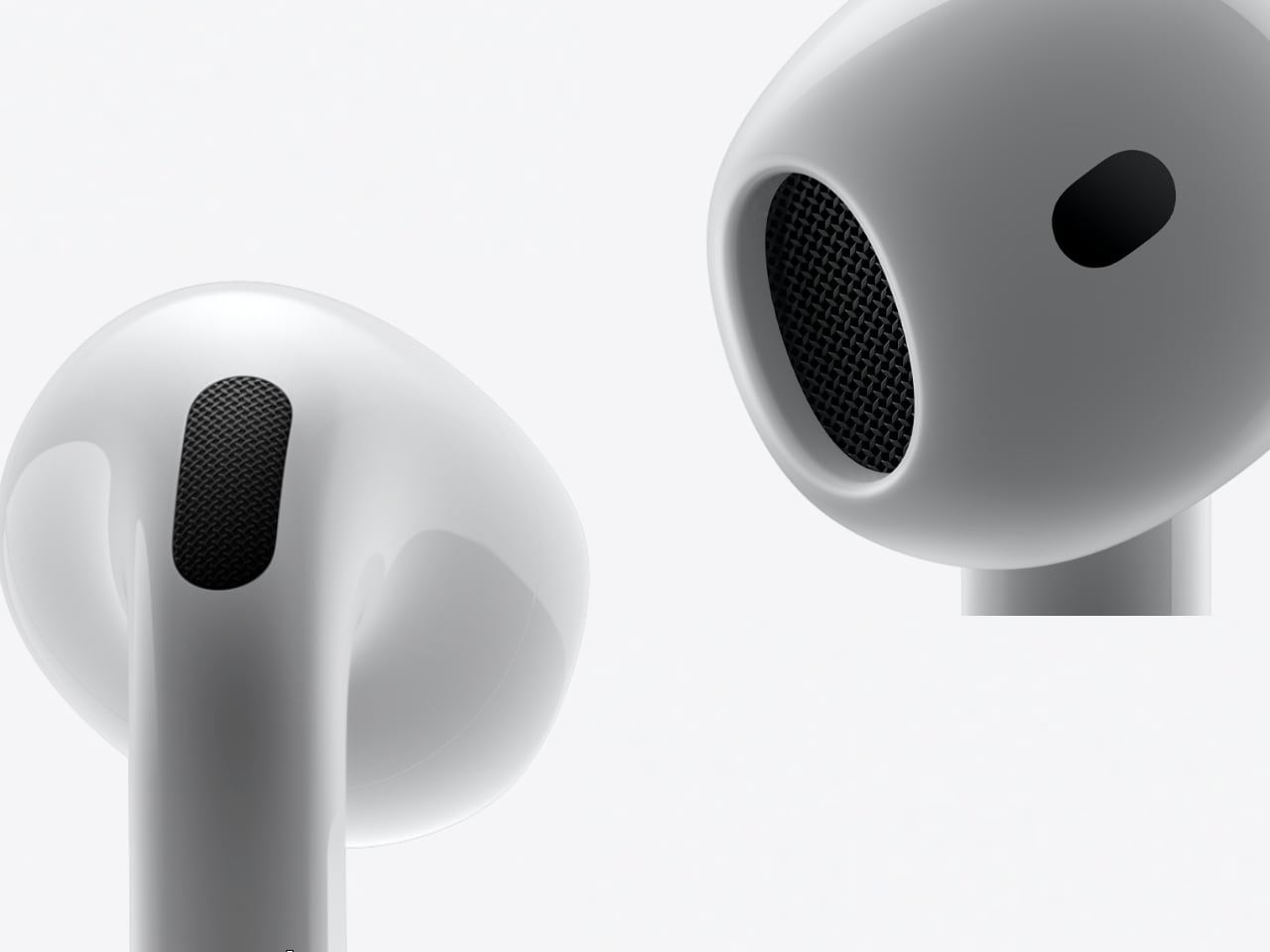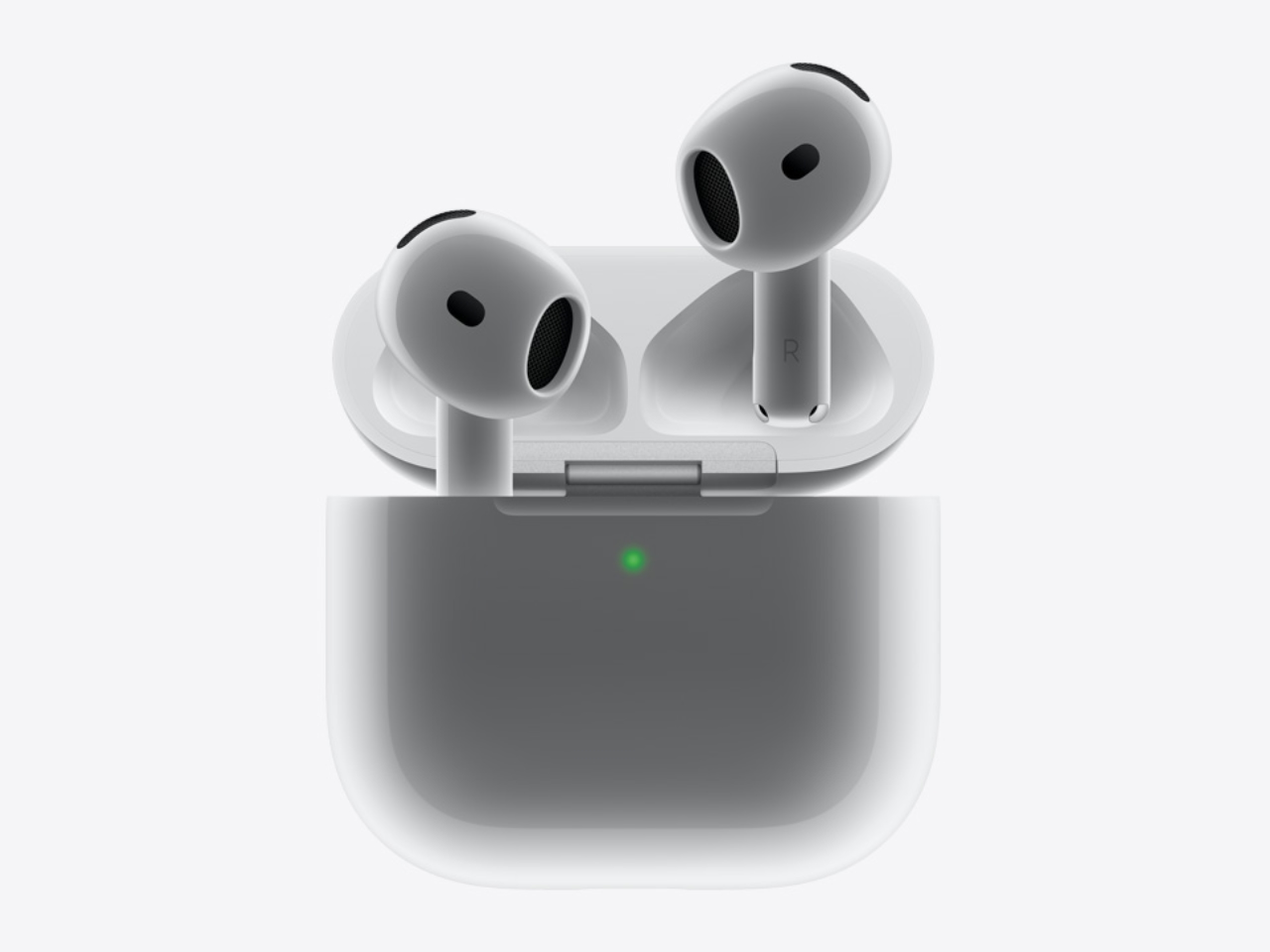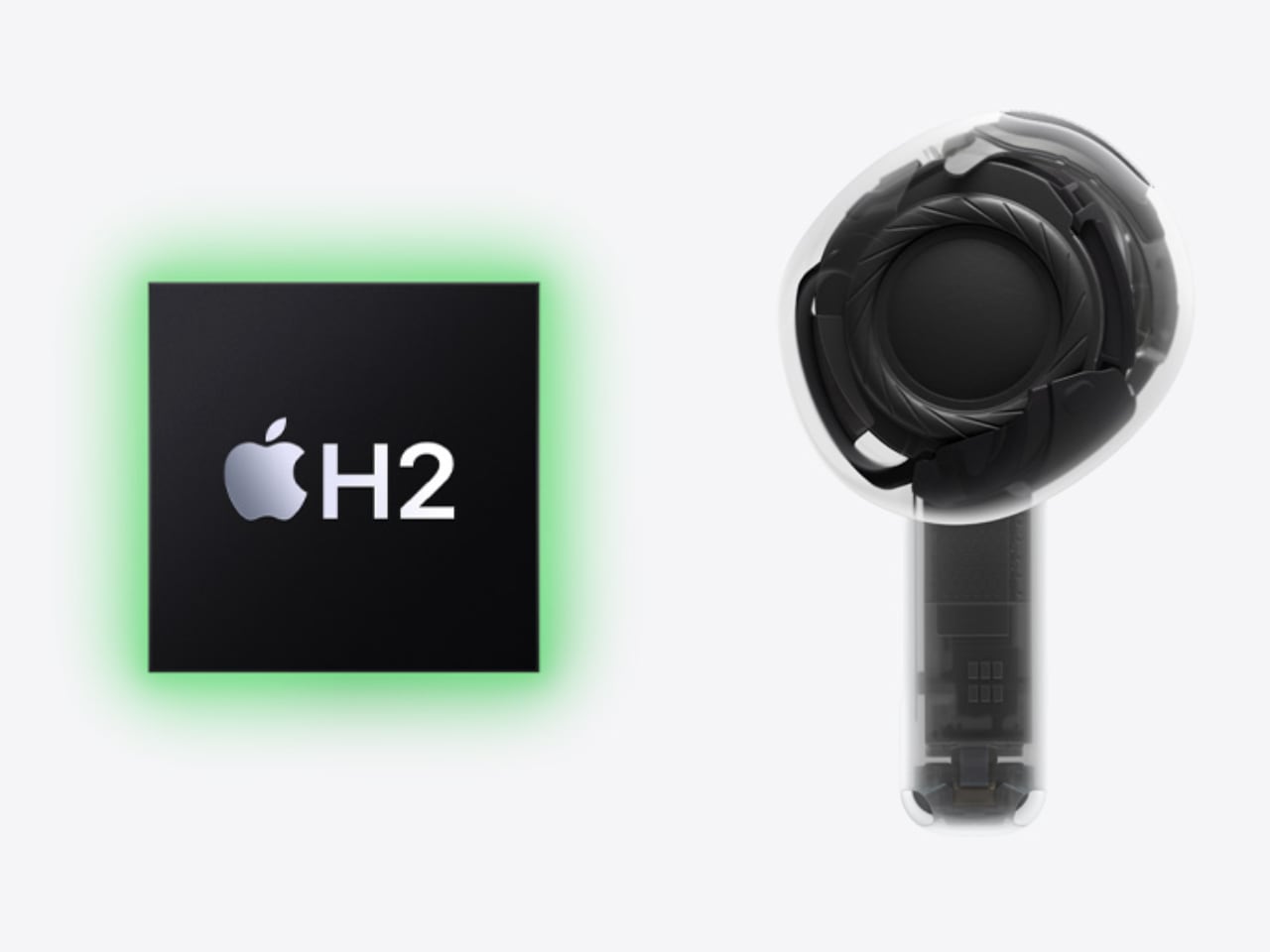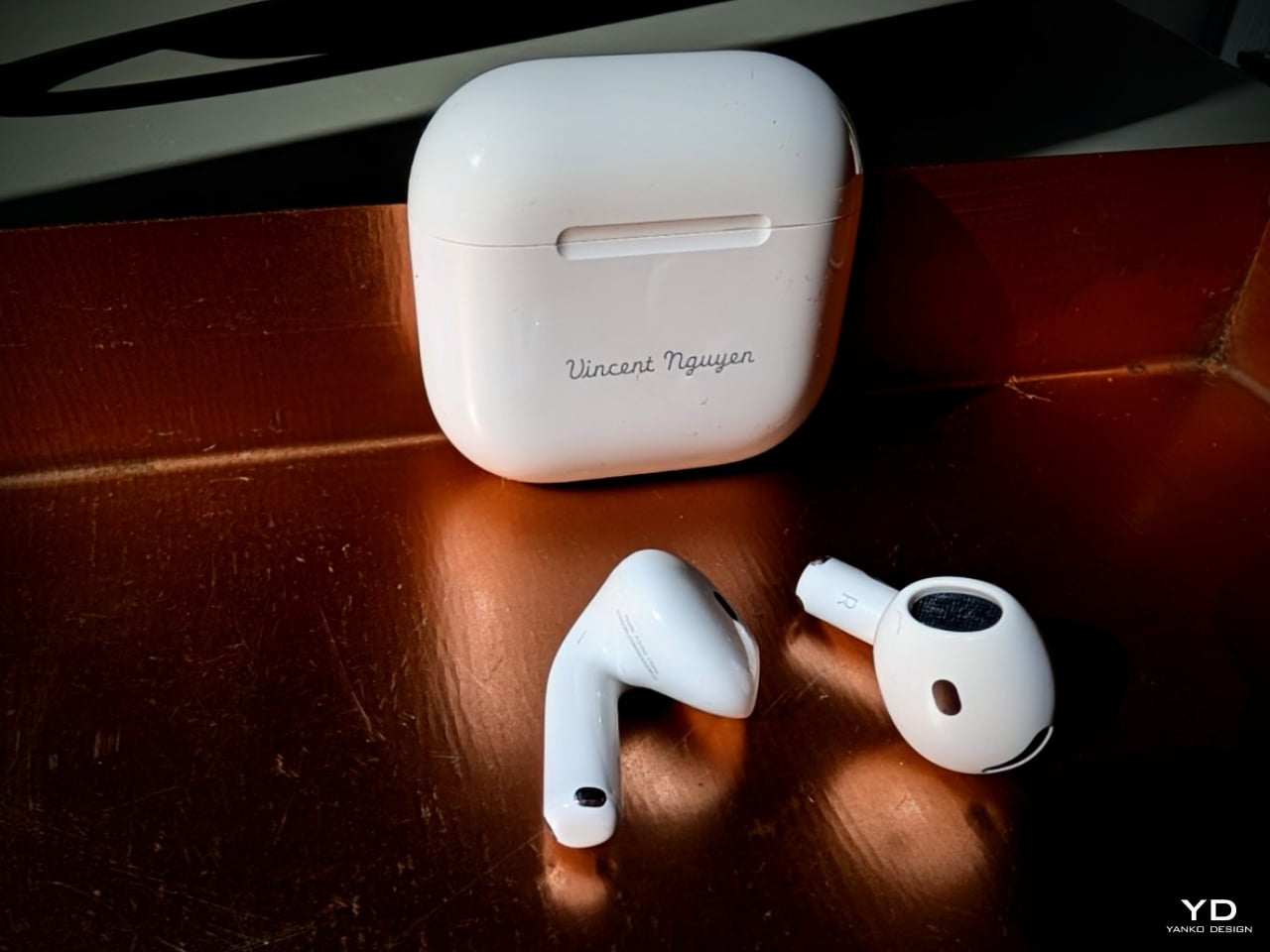3D printing has revolutionized the design industry by making it easier to prototype ideas quickly and efficiently. This technology allows designers to experiment with new concepts without the high costs traditionally associated with prototyping. As a result, executing designs has become more affordable and accessible, opening up new avenues for creativity. Beyond design, 3D printing is now breaking into other industries, including fashion, with trailblazers like ELEGOO leading the charge.
ELEGOO is not just a pioneer in 3D printing but also in empowering women to use technology to turn their ideas into reality. One prime example is an innovative robotic and modular dress system that will showcase the potential of 3D printing in fashion, inspiring a new wave of creators. This initiative highlights how 3D printing is transforming the fashion industry, offering unprecedented opportunities for innovation and expression.
Designer: Anouk Wipprecht
Click Here to Buy Now: $209.99 $275 (23% off). Hurry, deal ends in 48-hours!
Anouk Wipprecht and the Scale Dress: Futuristic Fashion
Anouk Wipprecht, a visionary Dutch FashionTech Designer and Engineer, has partnered with ELEGOO to push the boundaries of fashion technology. She has developed a new modular system for integrating motors into fabrics, revolutionizing how garments can interact with the wearer and environment. This collaboration marks a significant leap in the fusion of fashion and technology, showcasing the endless possibilities of innovative design.
The “Scale Dress” is a groundbreaking creation from this collaboration, representing a futuristic approach to fashion. This robotic, open-source dress comprises multiple 3D-printed mechanical parts, each equipped with tiny servo motors. These motors animate the dress, creating dynamic movements around the body. Ingeniously, the mechanism is sandwiched between fabric layers, with its round shape evenly distributing weight to prevent sagging or imbalance.
The Scale Dress not only captivates with its moving elements but also serves as a modular, open-source template for aspiring designers. Anouk Wipprecht has ensured that the design is accessible to those interested in robotic fashion. The servo-arms can be interchanged to hold various elements, addressing the challenge of integrating electronics with fabric and creating lifelike movements.
To empower others to explore this innovative realm, Anouk has open-sourced the Scale Dress design on her Instructables page. In collaboration with ELEGOO, she provides a detailed step-by-step guide on creating your own robotic dress with moving parts. The guide focuses on utilizing 9g servo arms, enabling creators to experiment and personalize their designs with ease.
This initiative not only highlights the potential of 3D printing and robotics in fashion but also encourages a new generation of designers to embrace technology. By sharing her knowledge and tools, Anouk Wipprecht is paving the way for more innovative and interactive fashion creations, inspiring others to explore the intersection of technology and design.
ELEGOO With Her: Empowering the Next Generation of Women Creators
The “ELEGOO With Her” program is a remarkable initiative aimed at equipping more women and girls with 3D printing skills. And the debut of the Scale Dress marks the official launch of the program, followed by a roundtable featuring prominent female designers at Formnext 2024 in Frankfurt, the largest 3D Printing Fair in Europe. This will kick off the initiative that aims not just to revolutionize the 3D printing industry but also fashion tech.
From November 19, 2024, to February 5, 2025, ELEGOO will recruit 30 women and girls for its empowerment program, providing them with 3D printers, software support, and mentorship. Participants will benefit from two months of online courses and workshops, culminating in a showcase of their work in April. This program is a testament to ELEGOO’s commitment to fostering diversity and innovation in the tech industry, empowering women to become leaders in 3D printing.
ELEGOO Neptune 4 Series: Unleashing Creativity in Fashion Design
The Scale Dress, designed for the FashionTech field, utilizes 3D-printed mechanical parts created with the ELEGOO Neptune 4 series 3D printers. The Neptune 4 series’ intelligent printing capabilities make it an ideal tool for blending technology and fashion. By enabling intricate designs and seamless integration of mechanical parts, this printer is a catalyst for innovation in FashionTech, pushing the boundaries of what’s possible in the industry.
This fusion of 3D printing technology and fashion is opening up new horizons for creativity and innovation. With pioneers like ELEGOO leading the way, the potential for groundbreaking designs and empowering diverse creators is limitless. As 3D printing continues to evolve, its impact on fashion and beyond will undoubtedly shape the future of design.
Click Here to Buy Now: $209.99 $275 (23% off). Hurry, deal ends in 48-hours!
The post Robotic Open-source Scale Dress Printed by ELEGOO Neptune 4 Series: 3D Printing in Fashion first appeared on Yanko Design.

